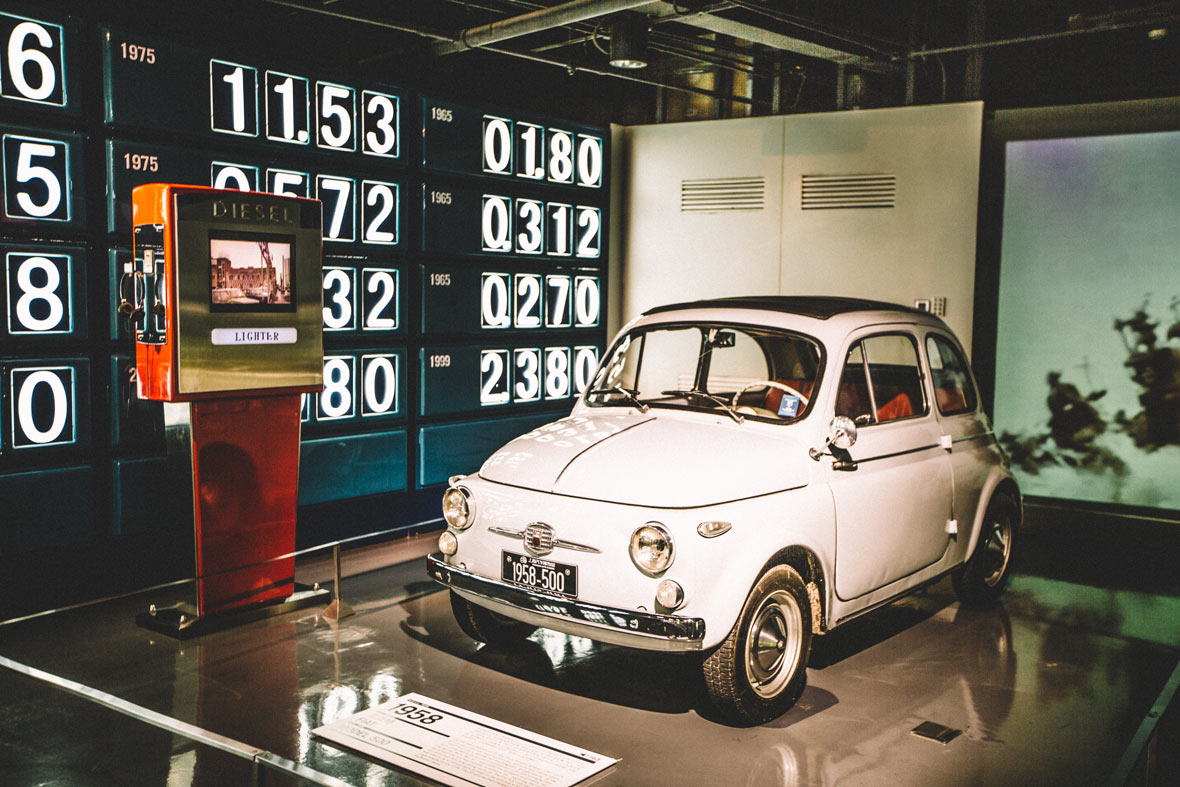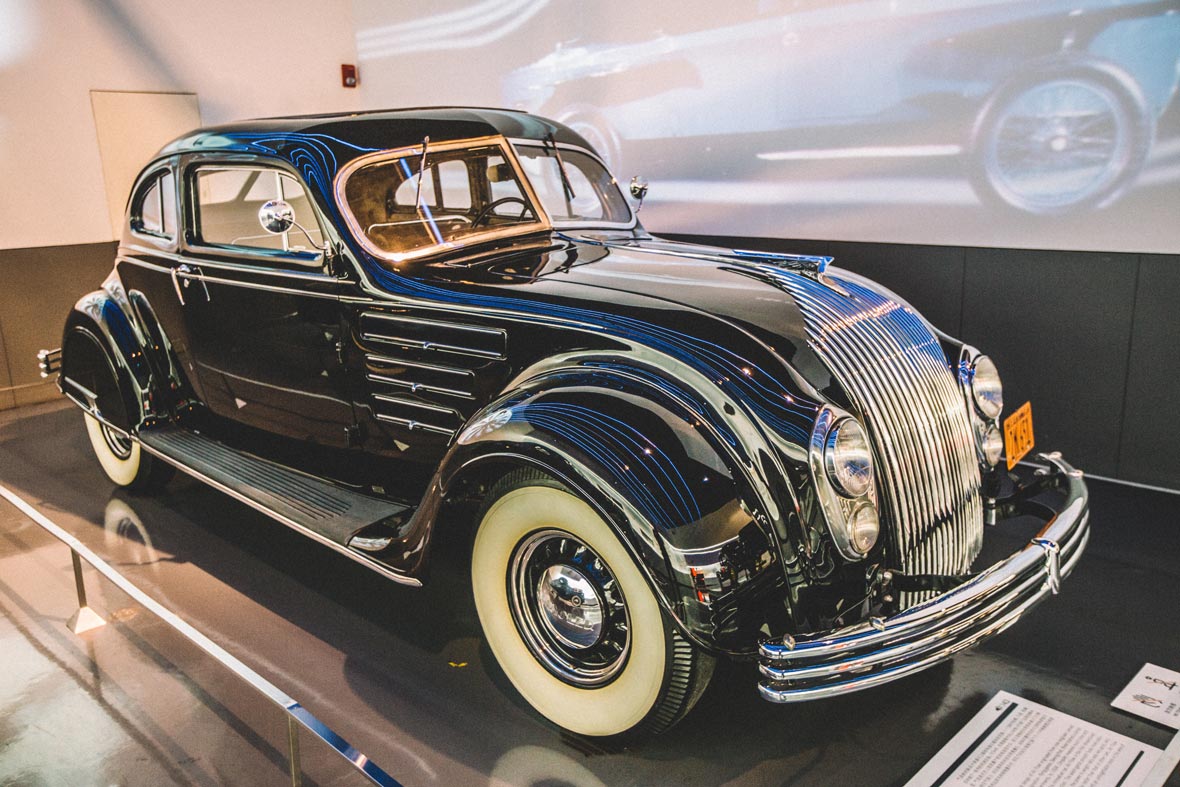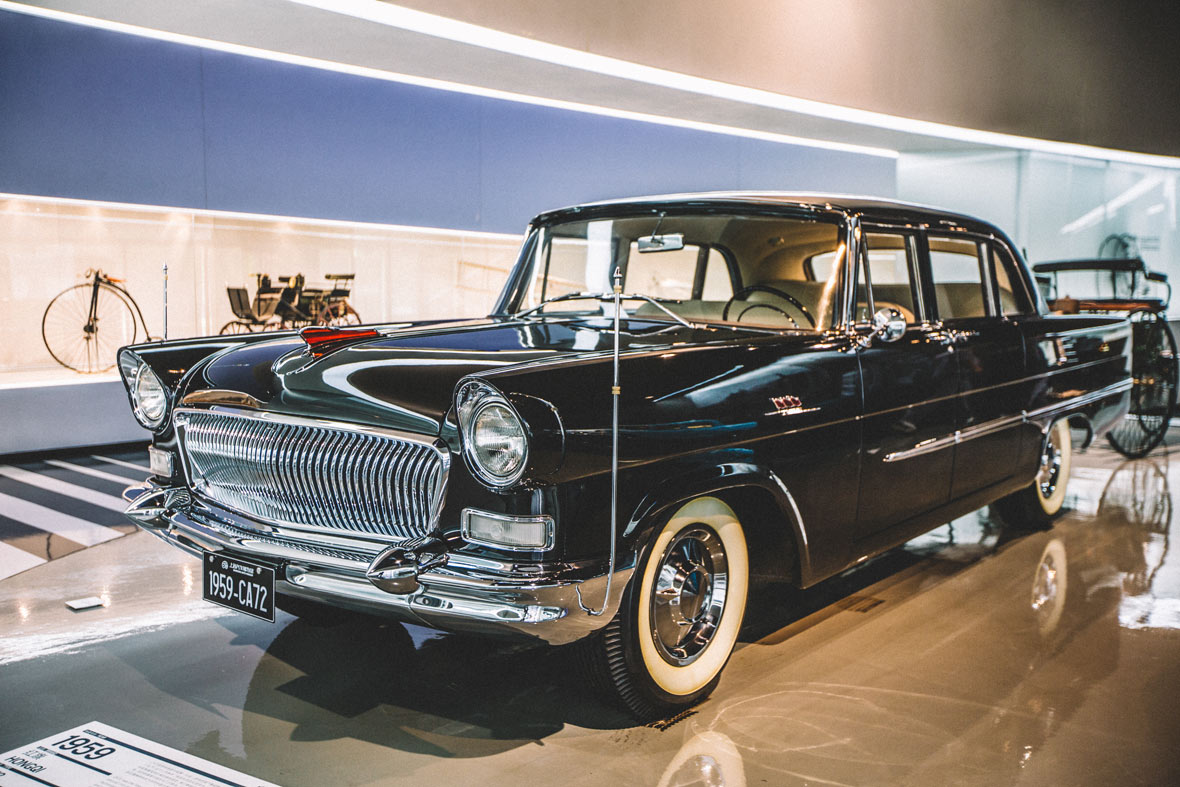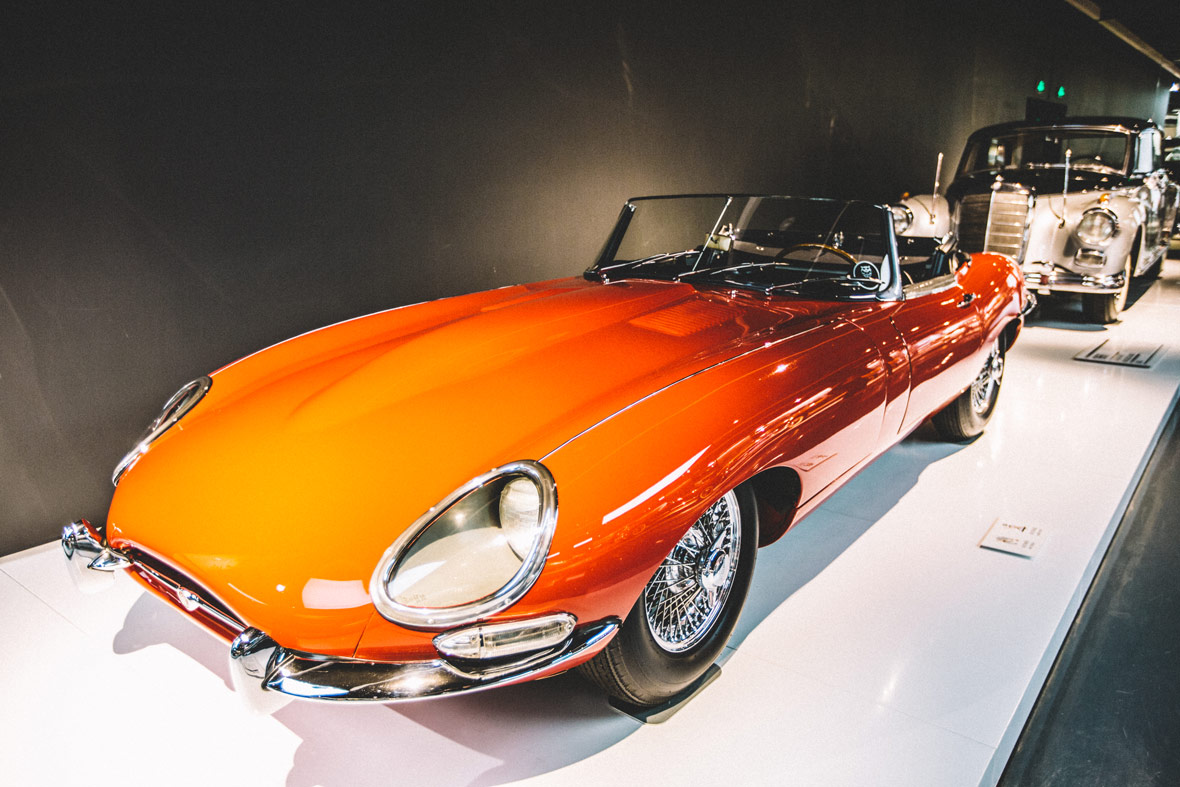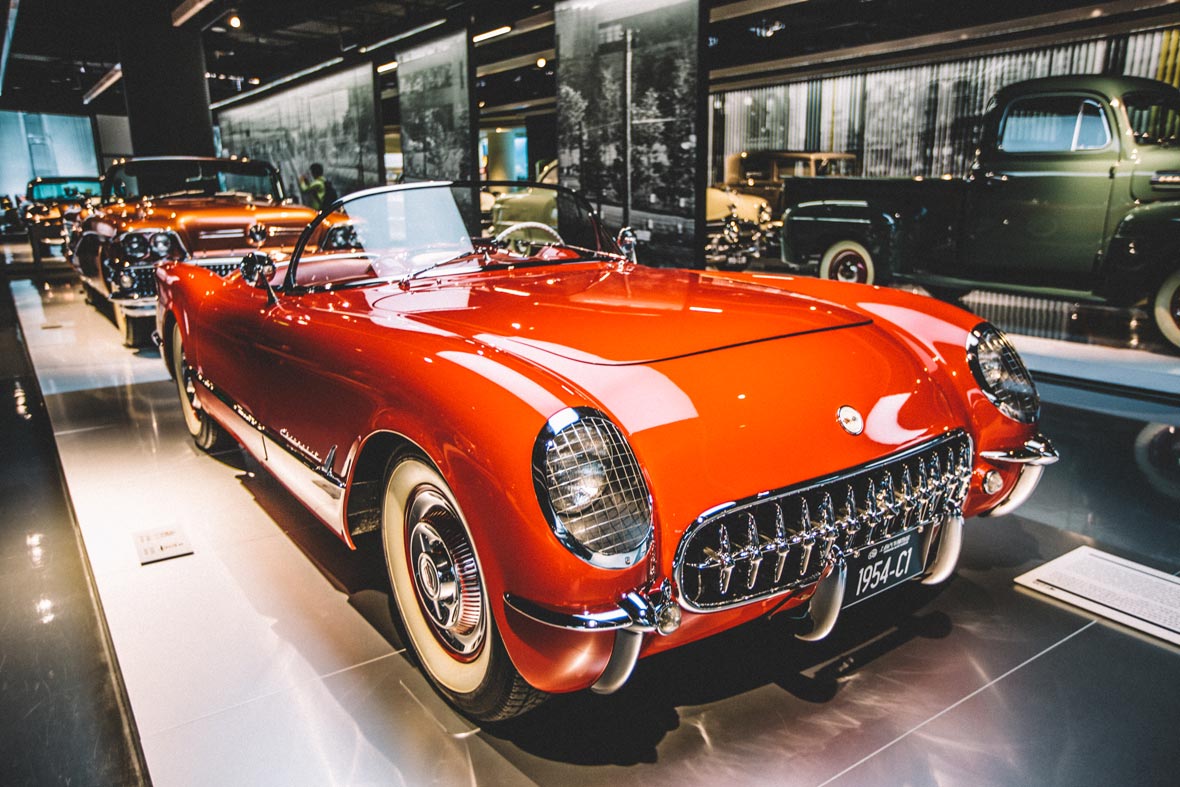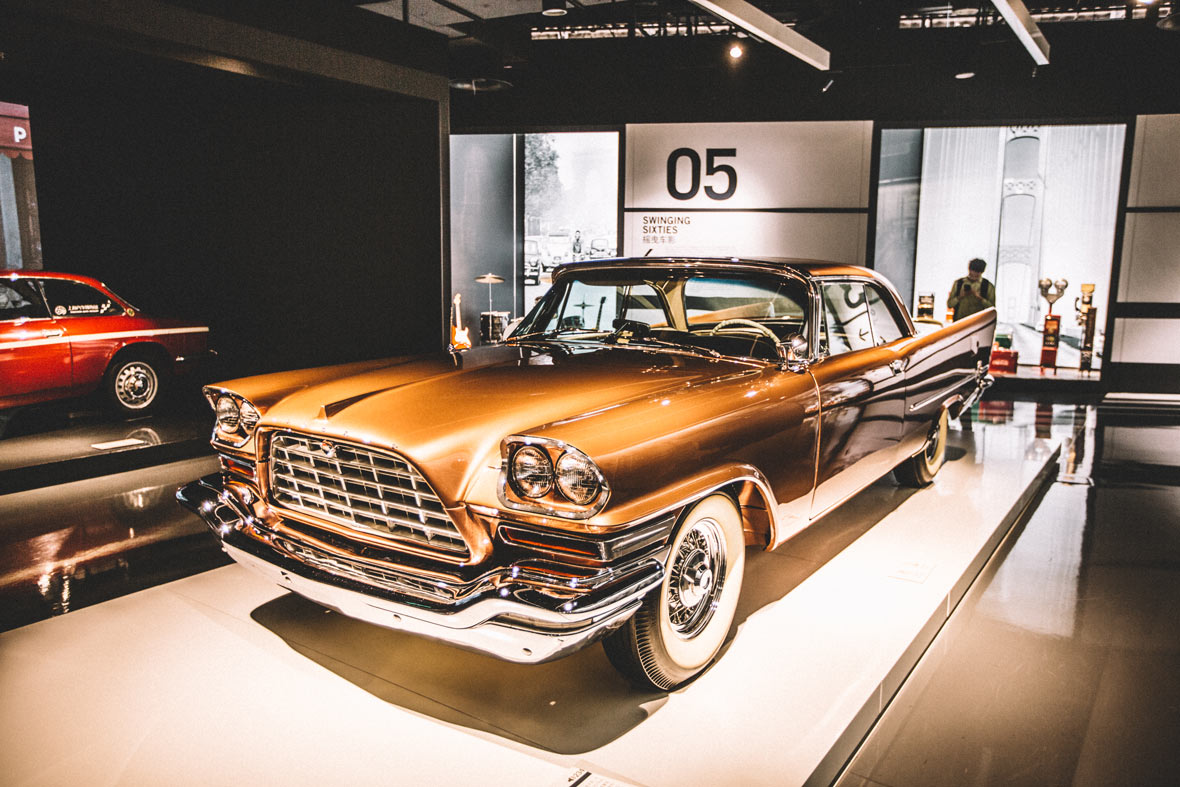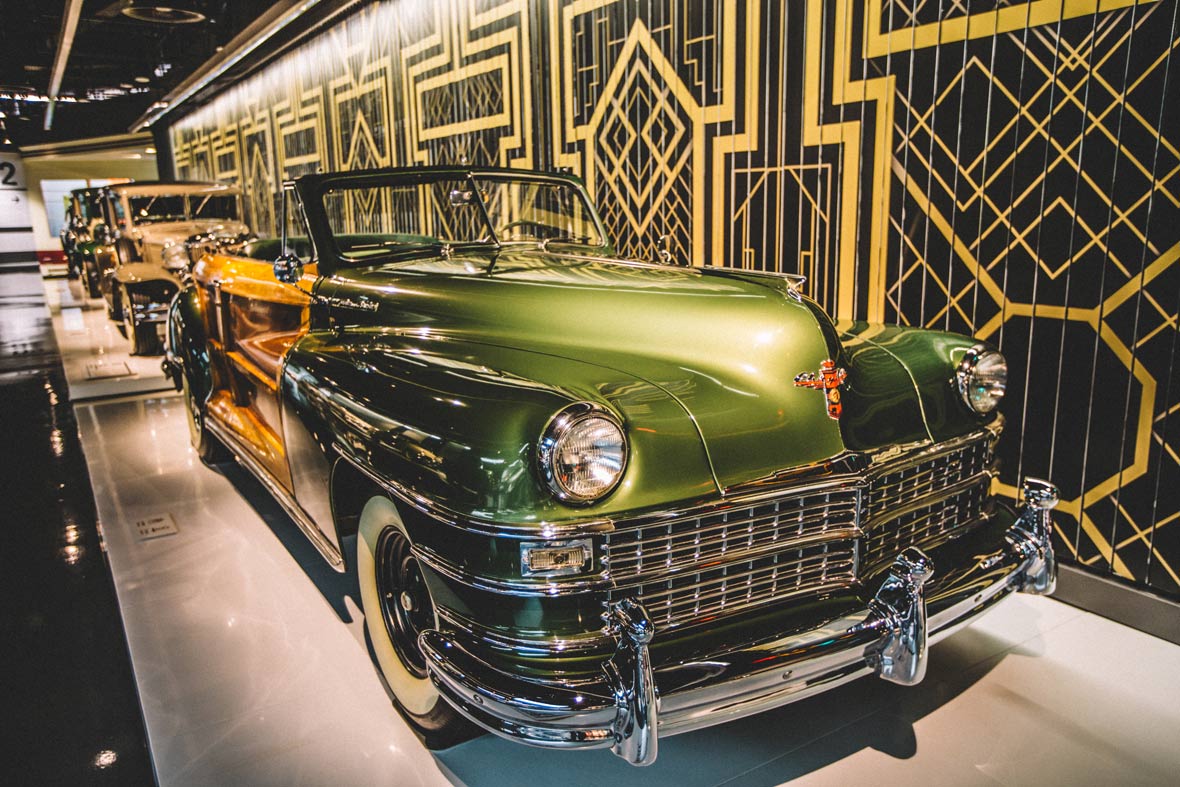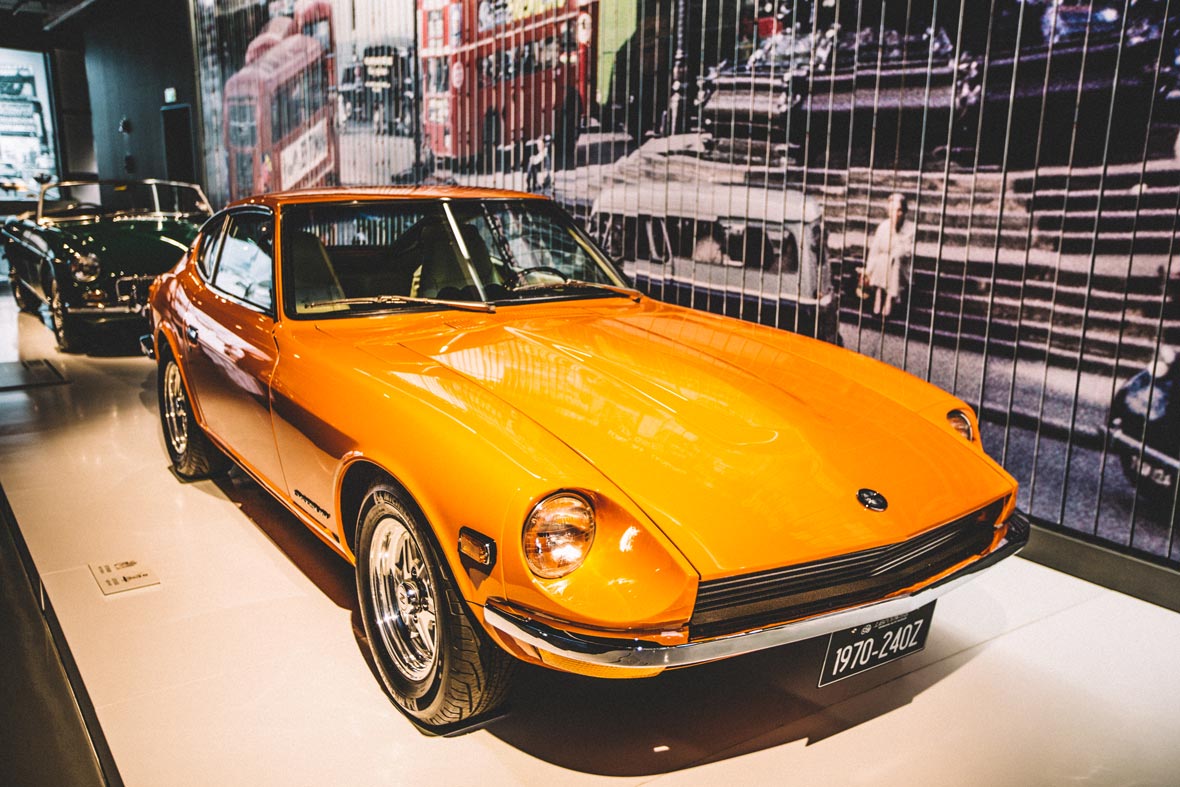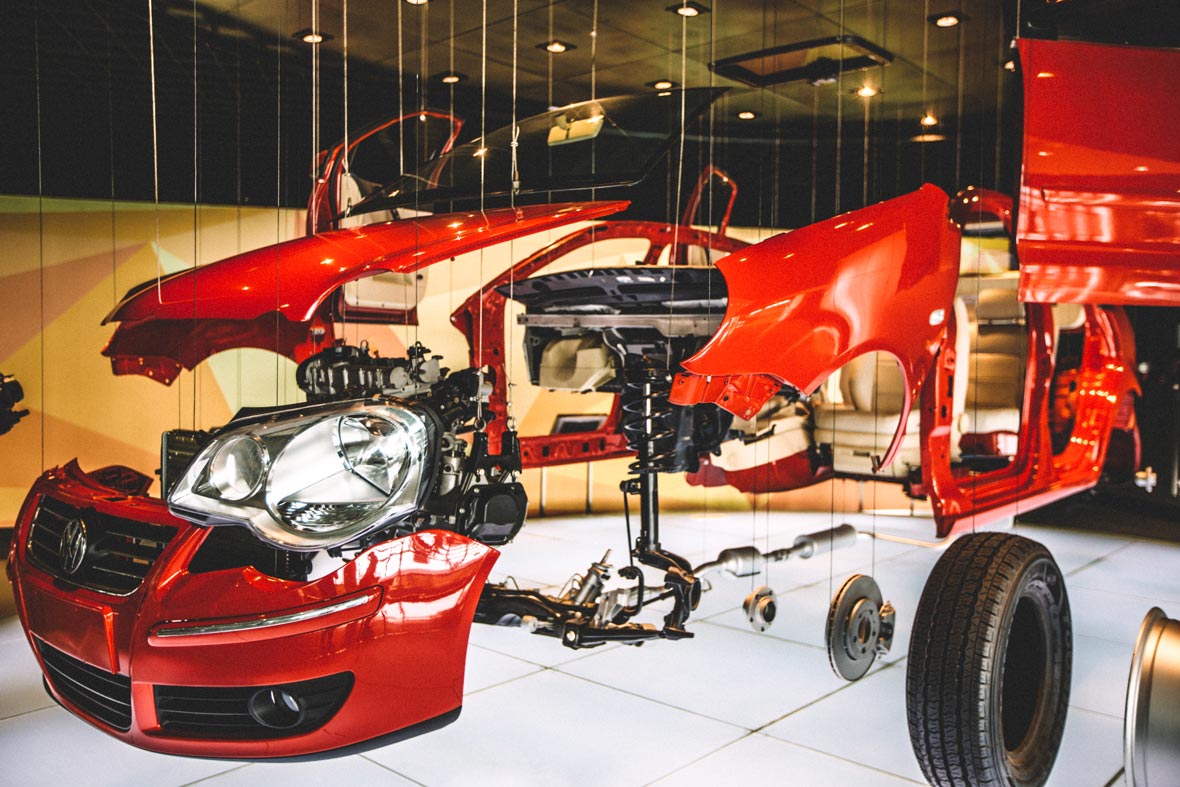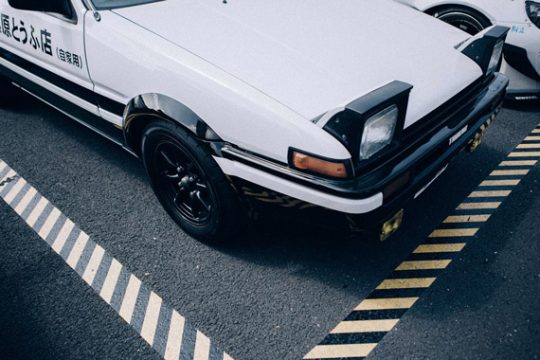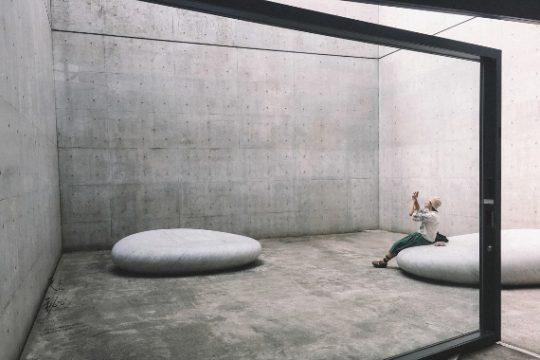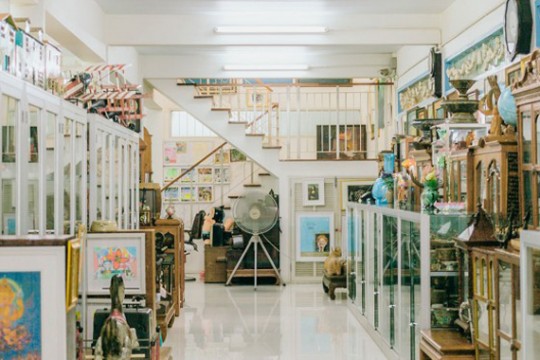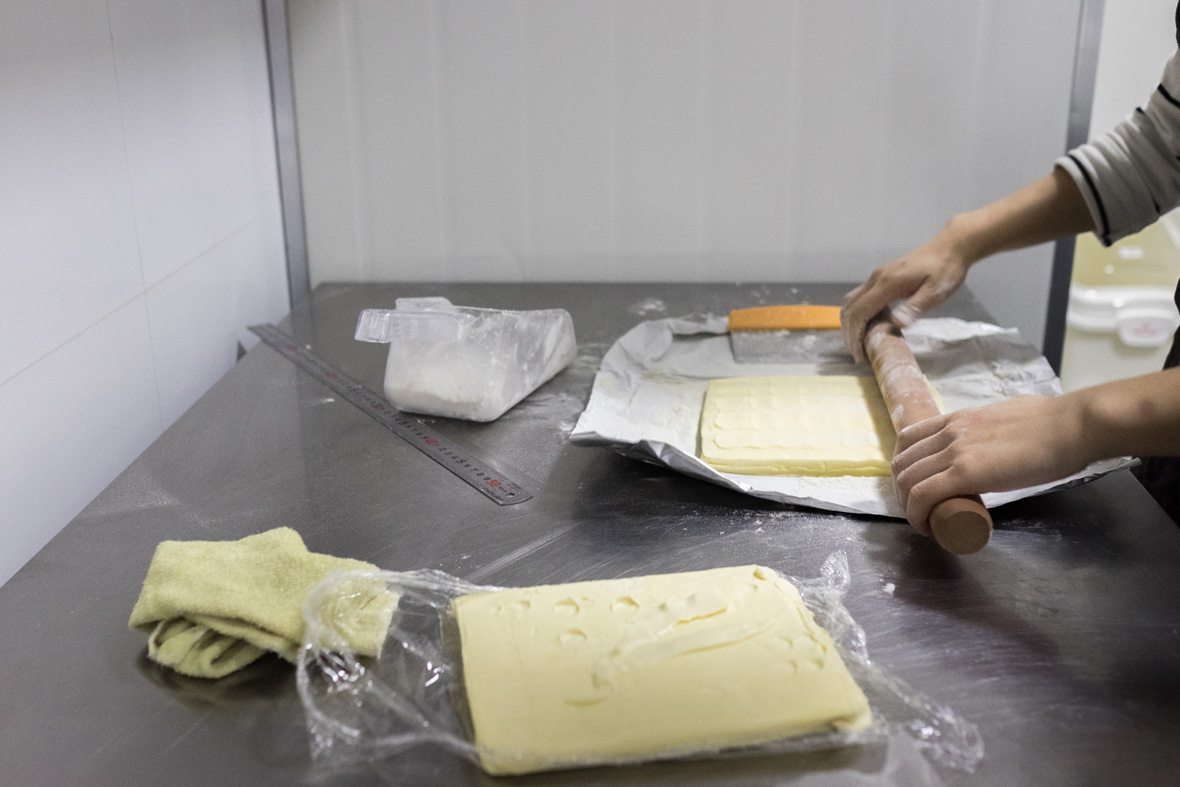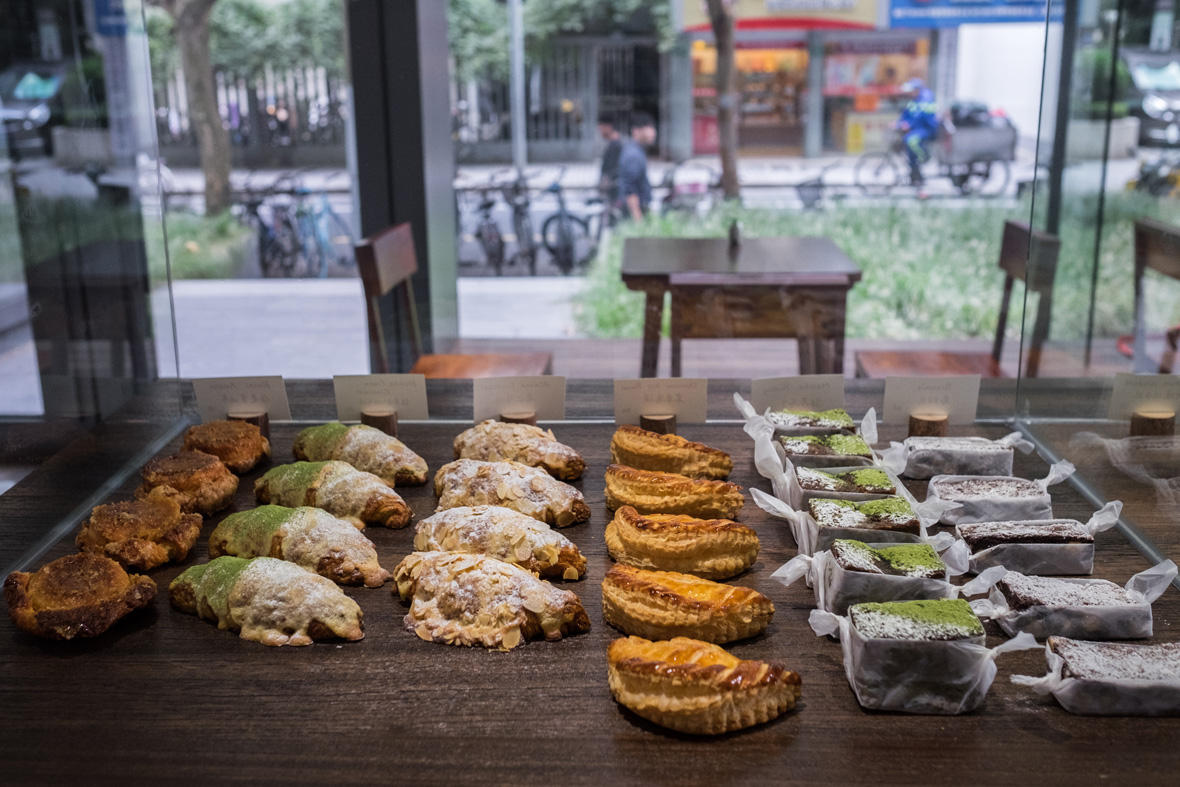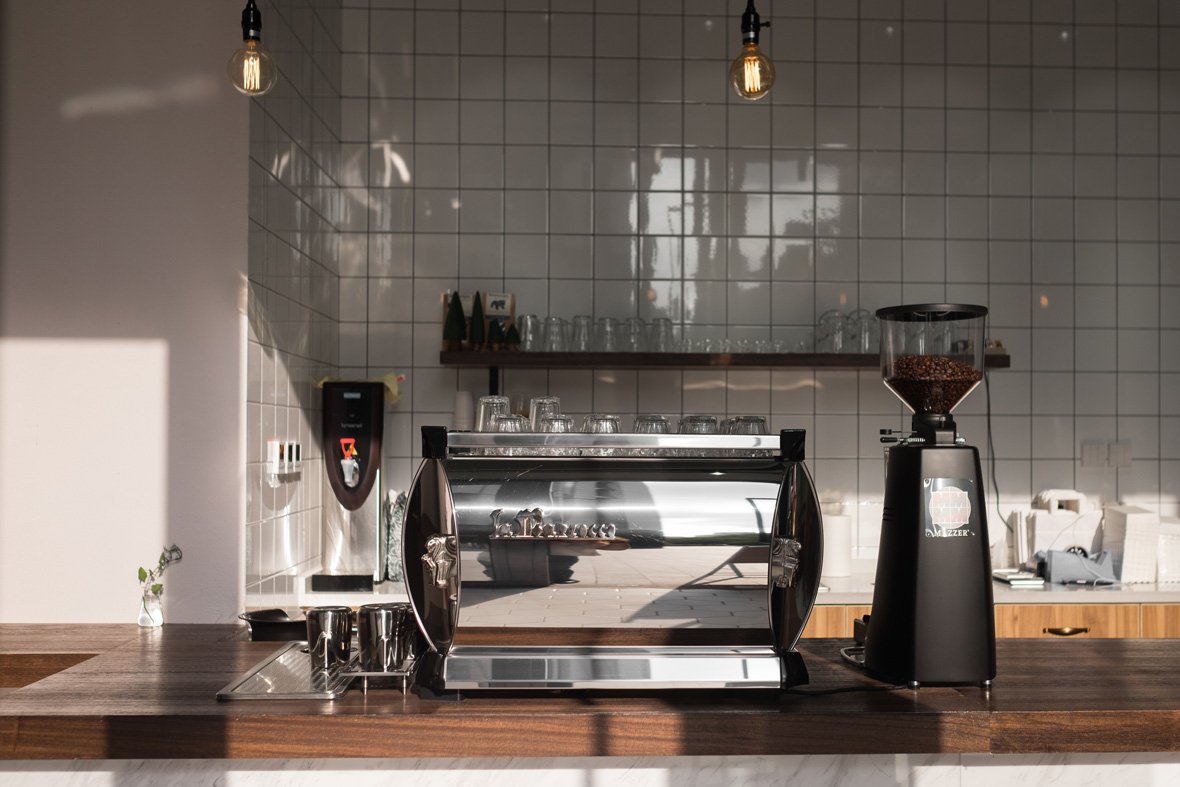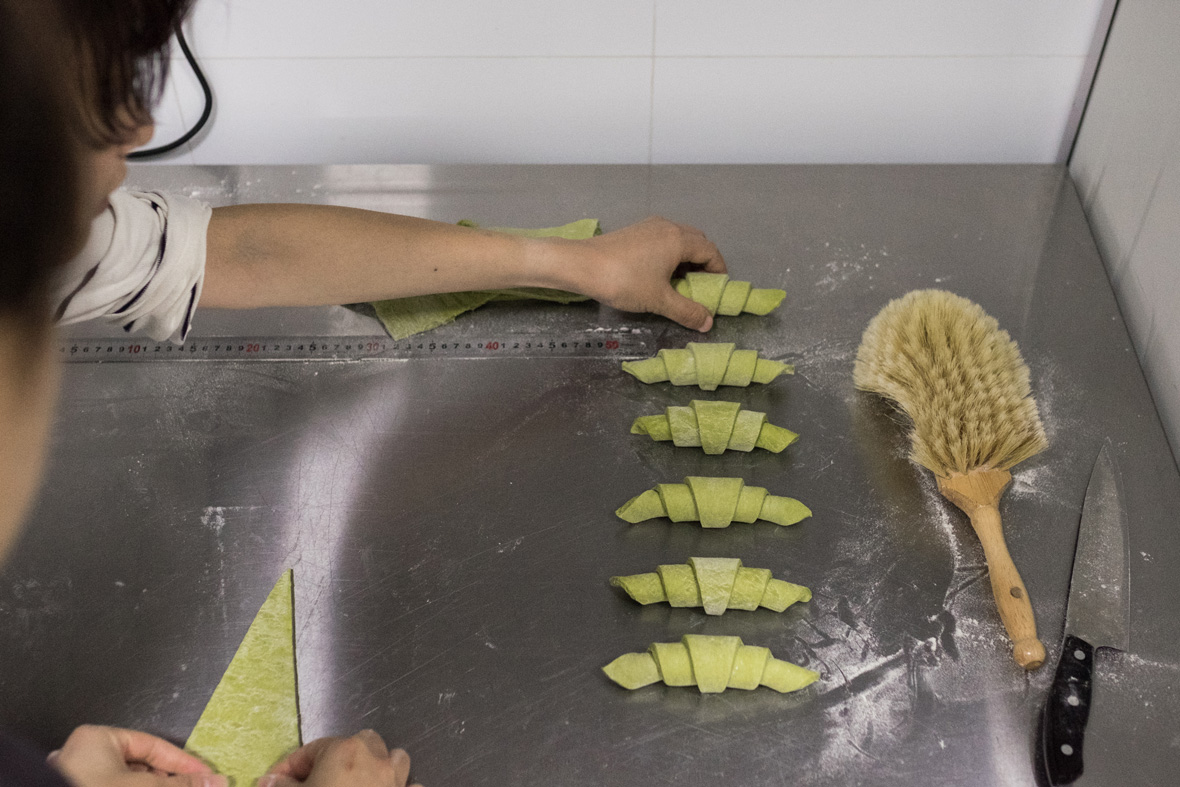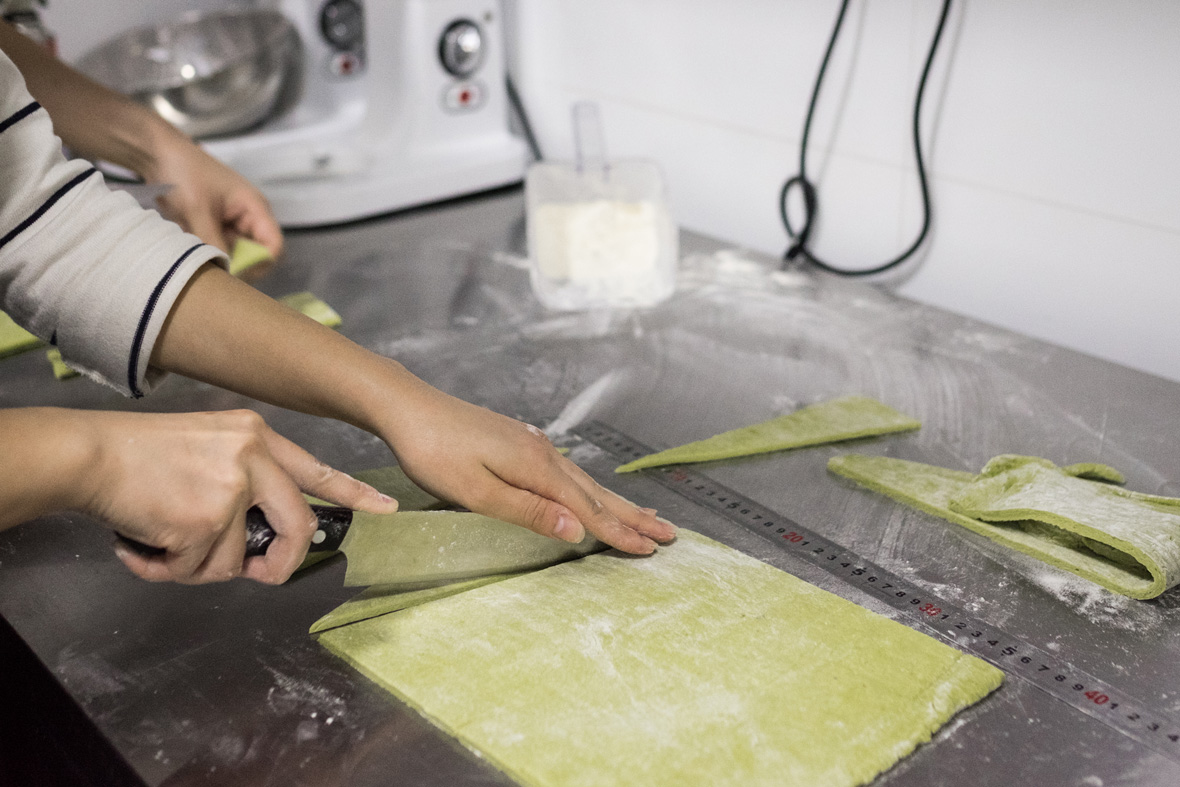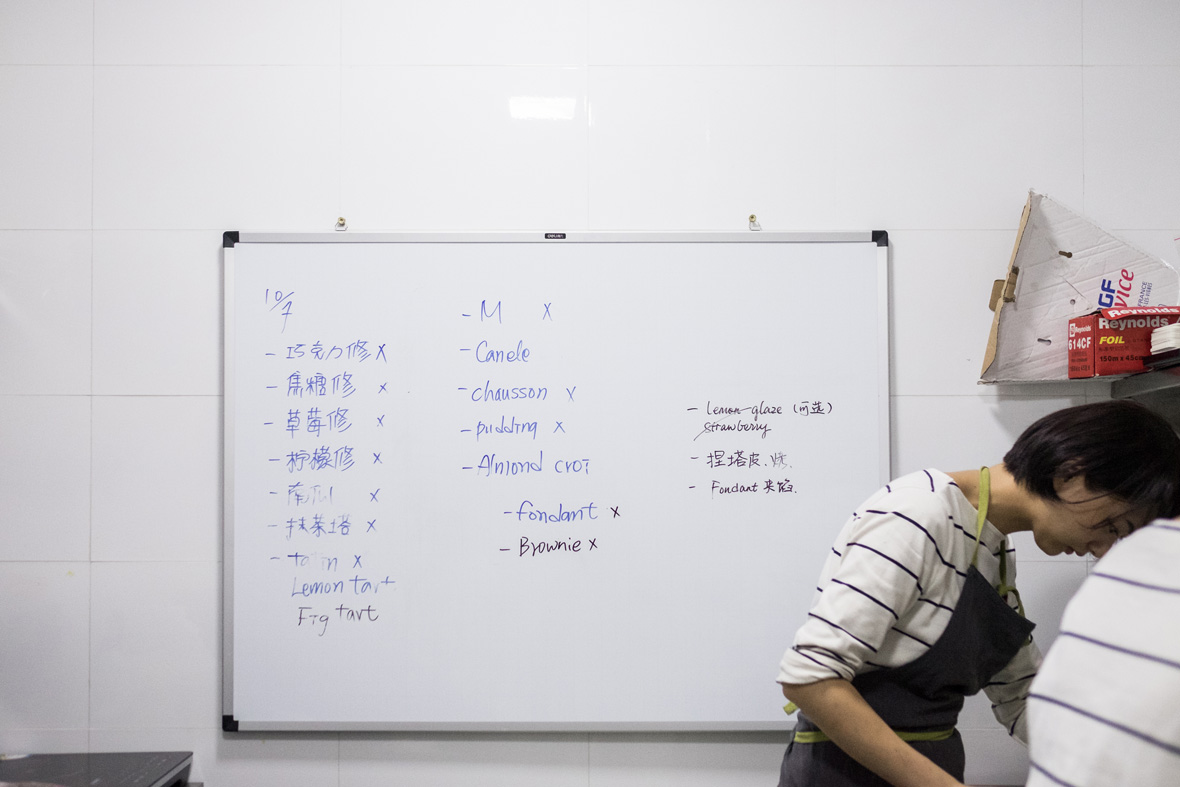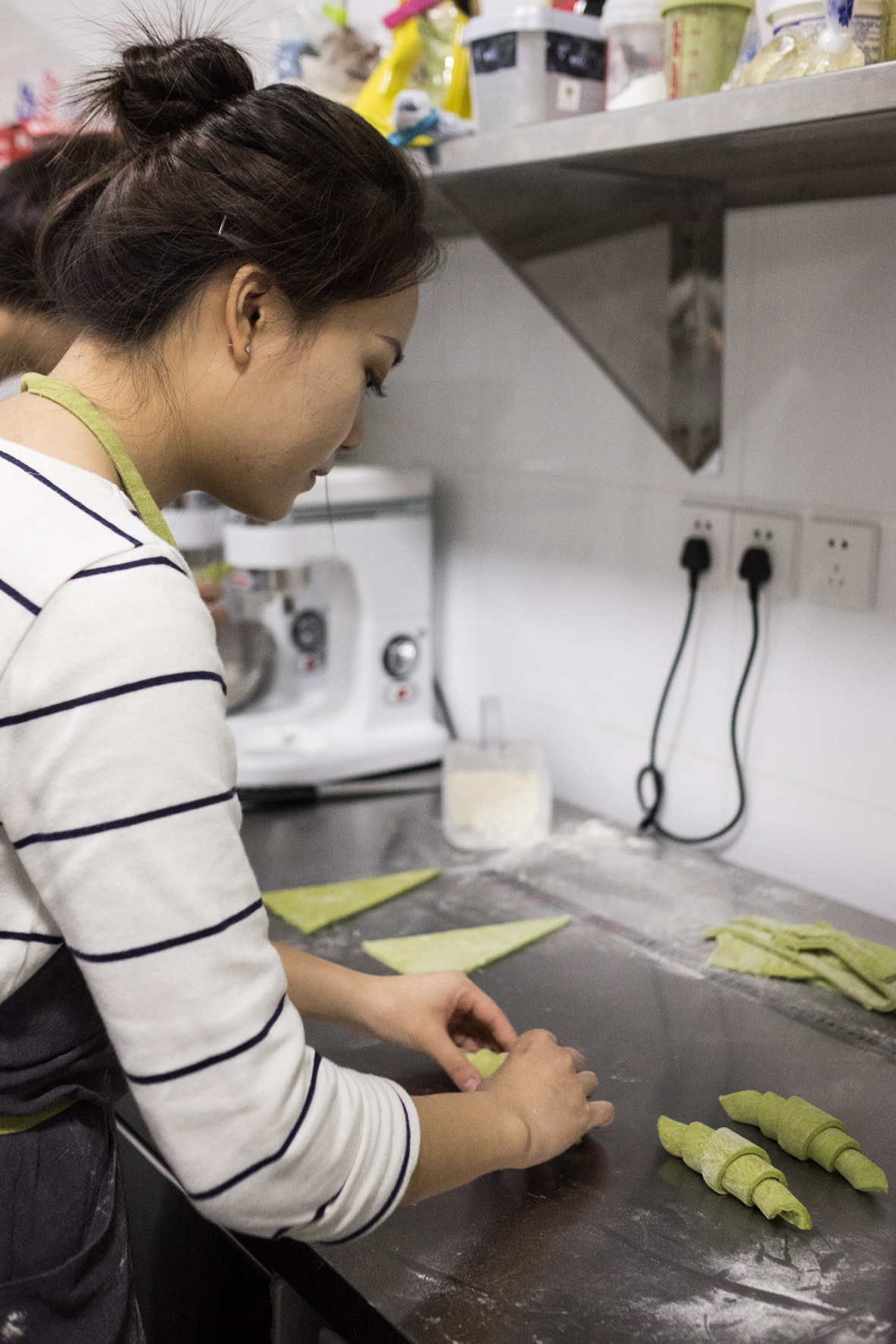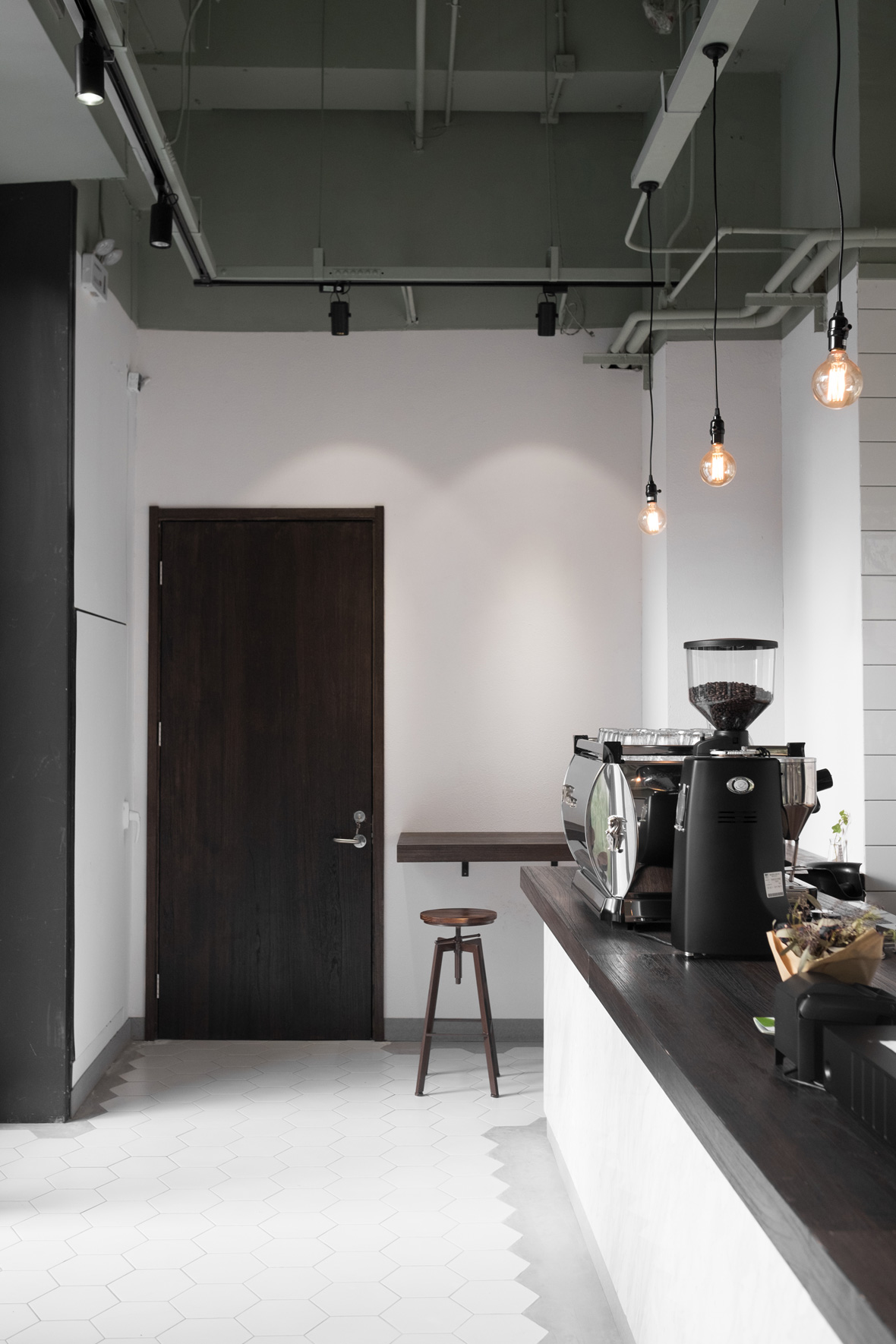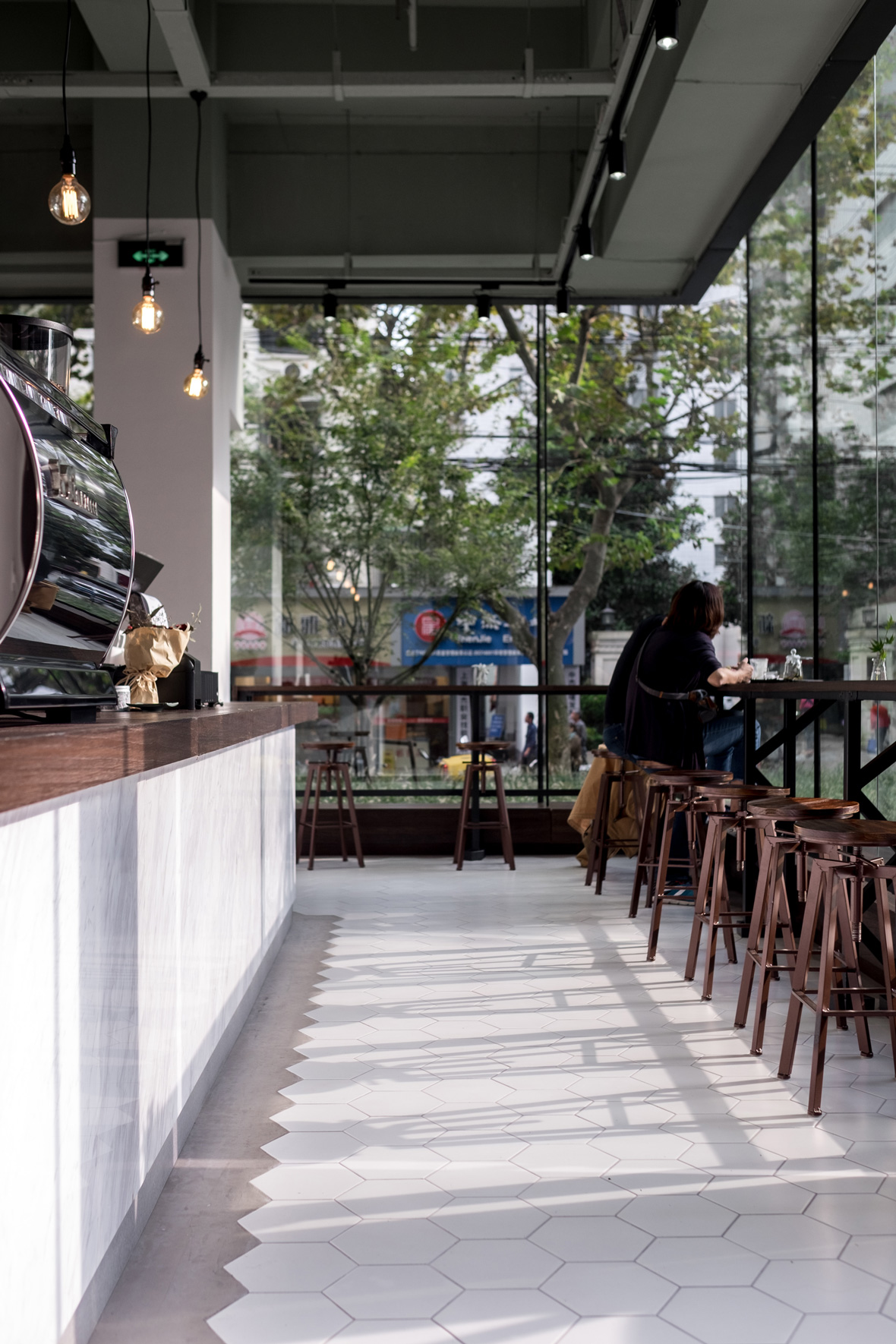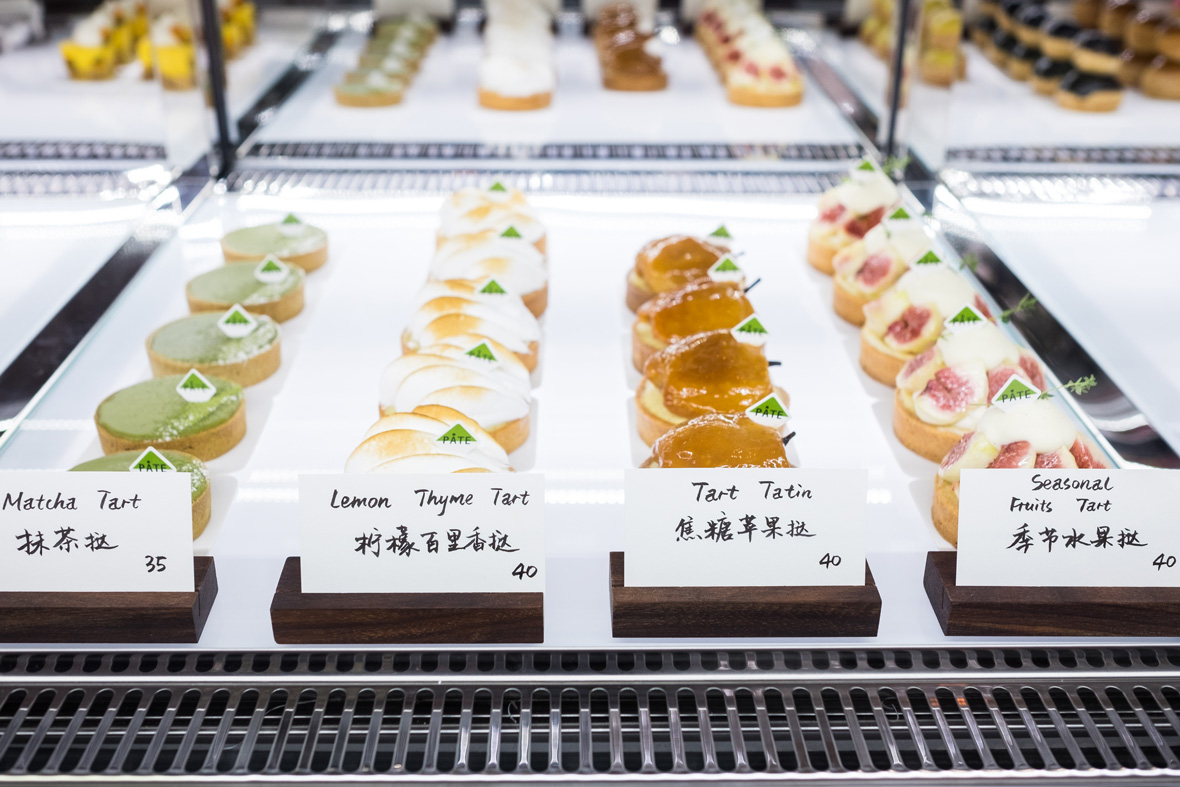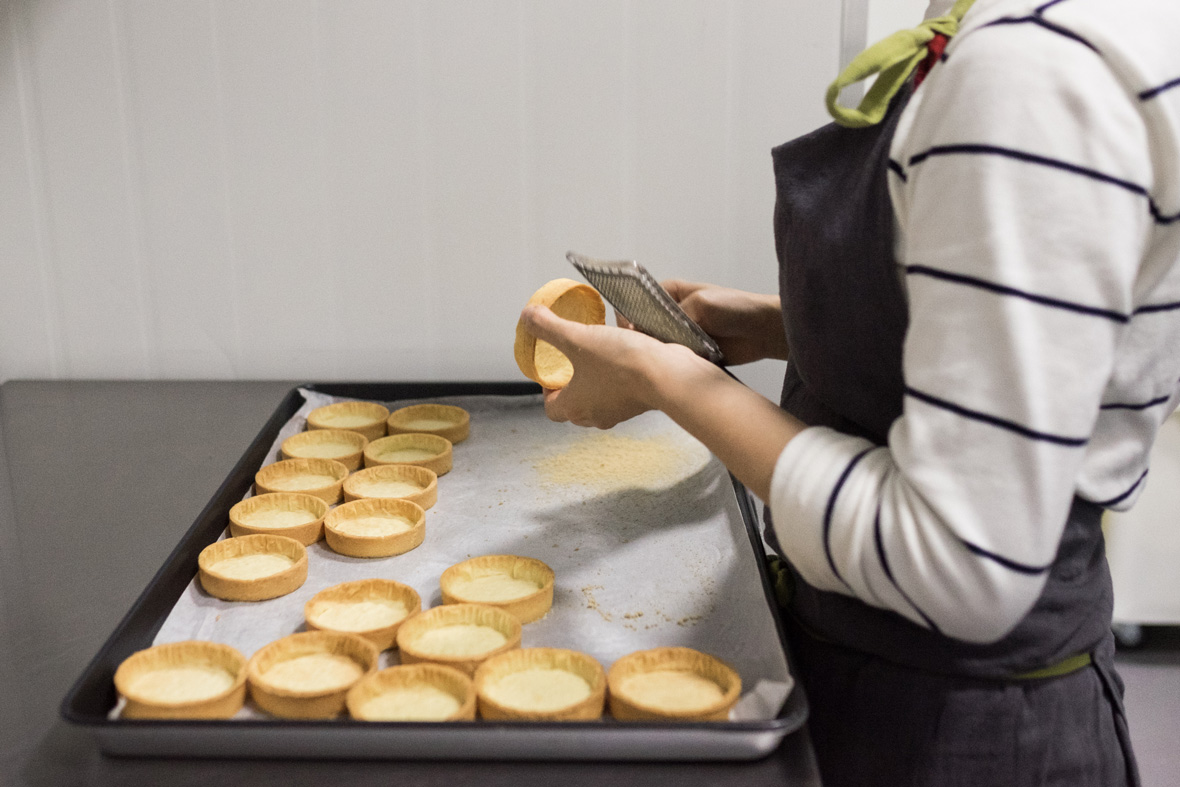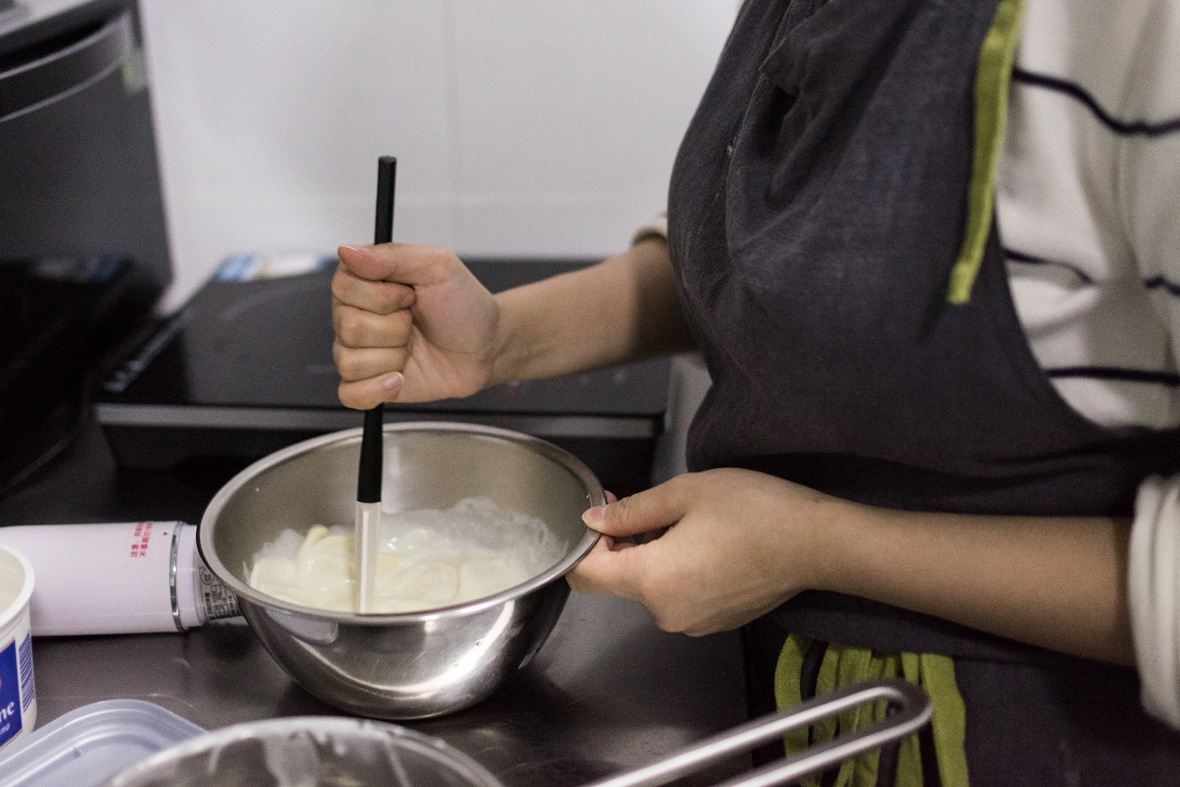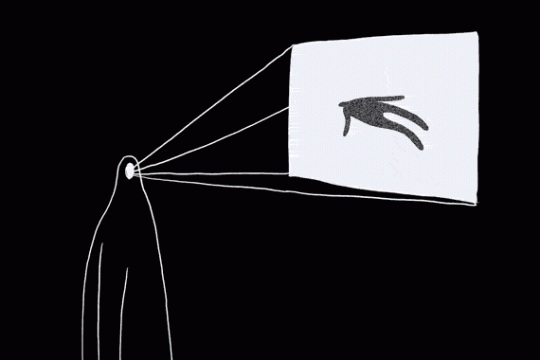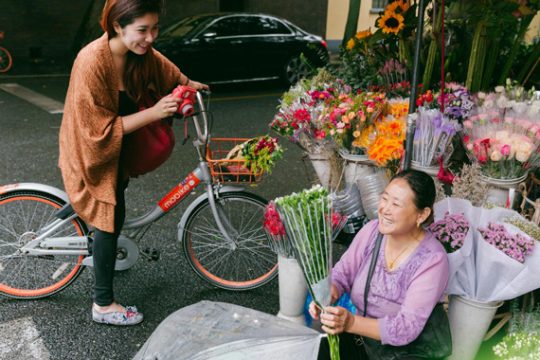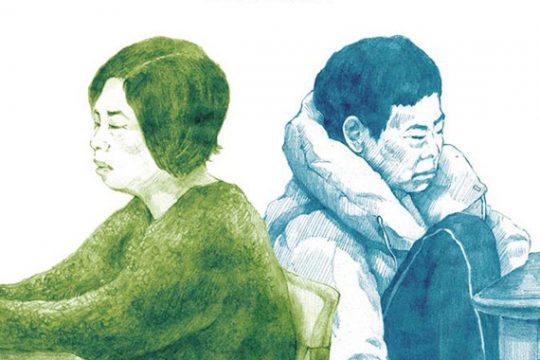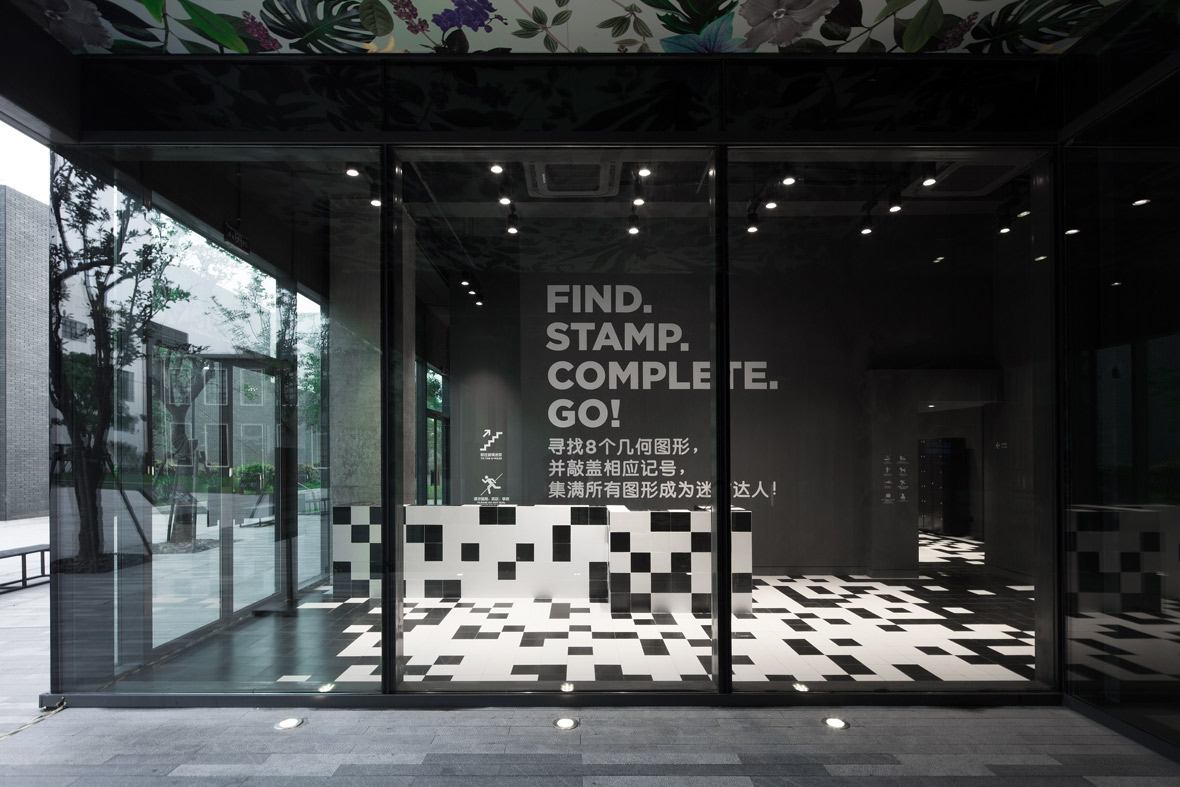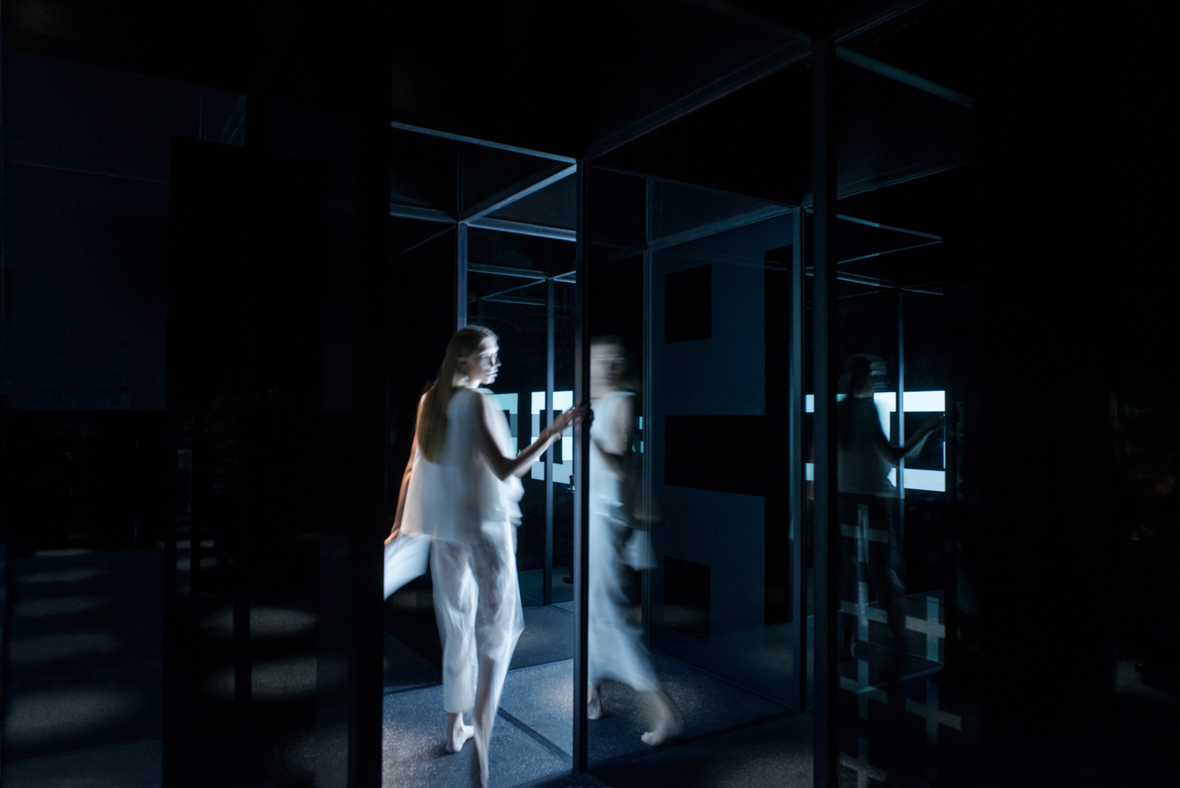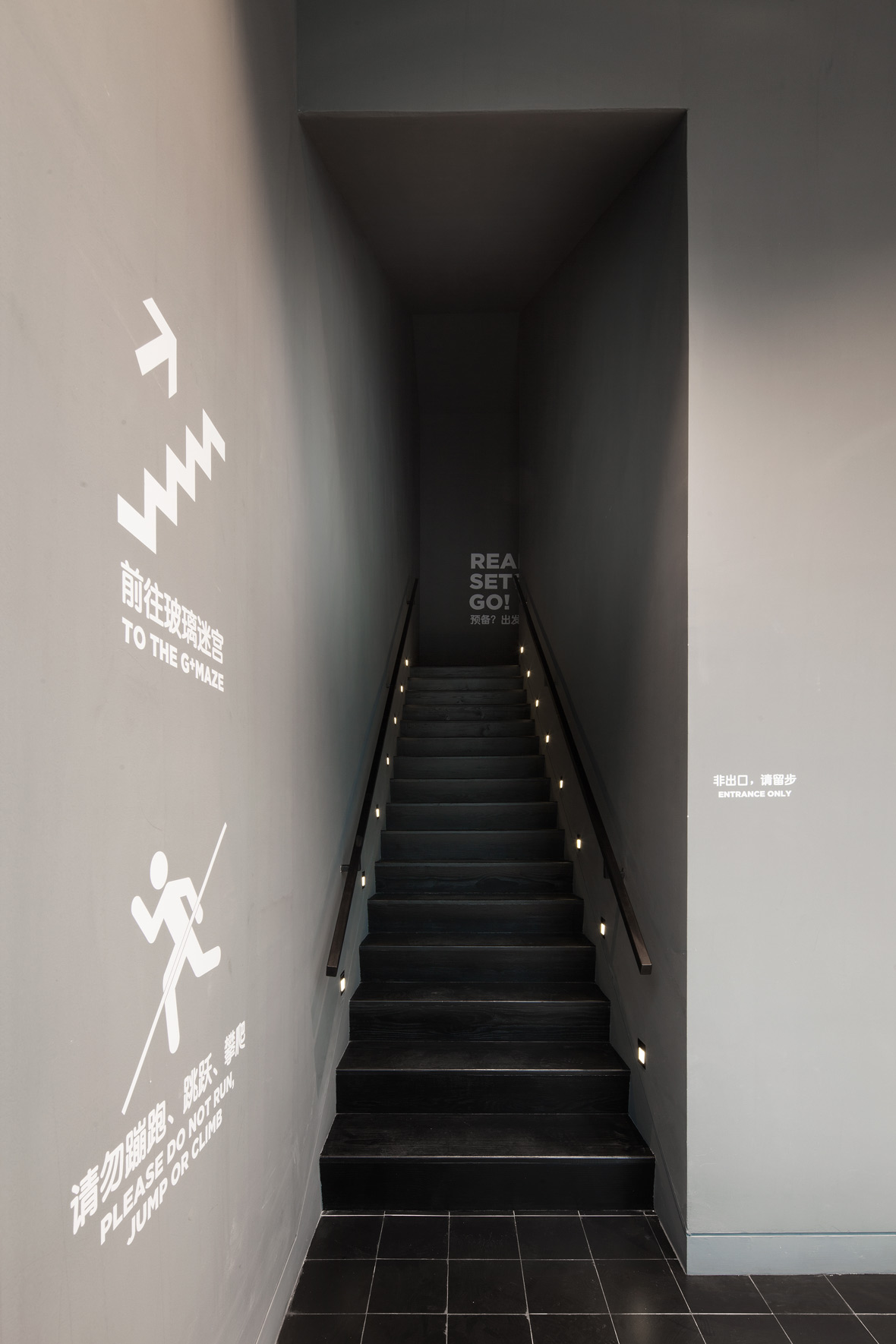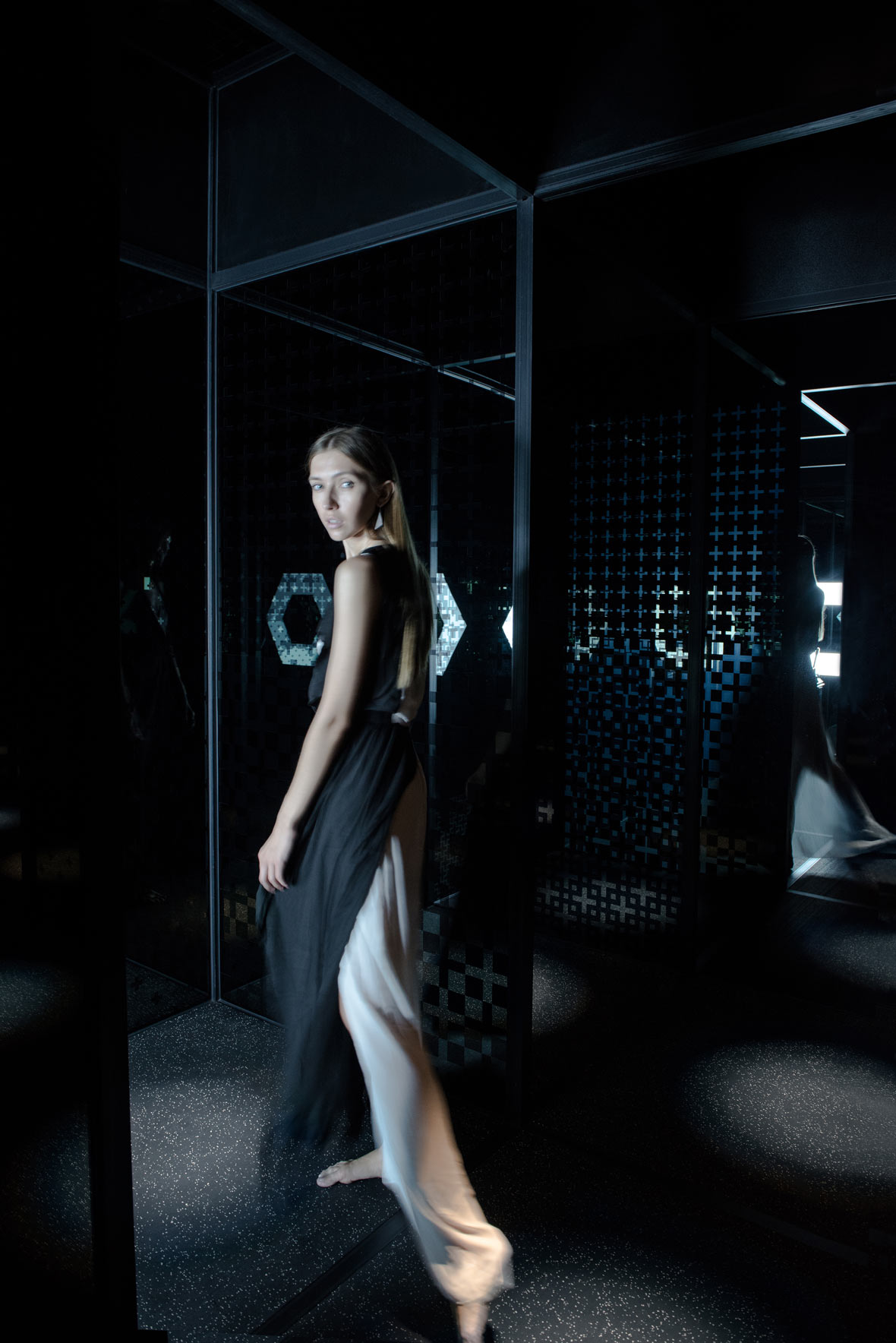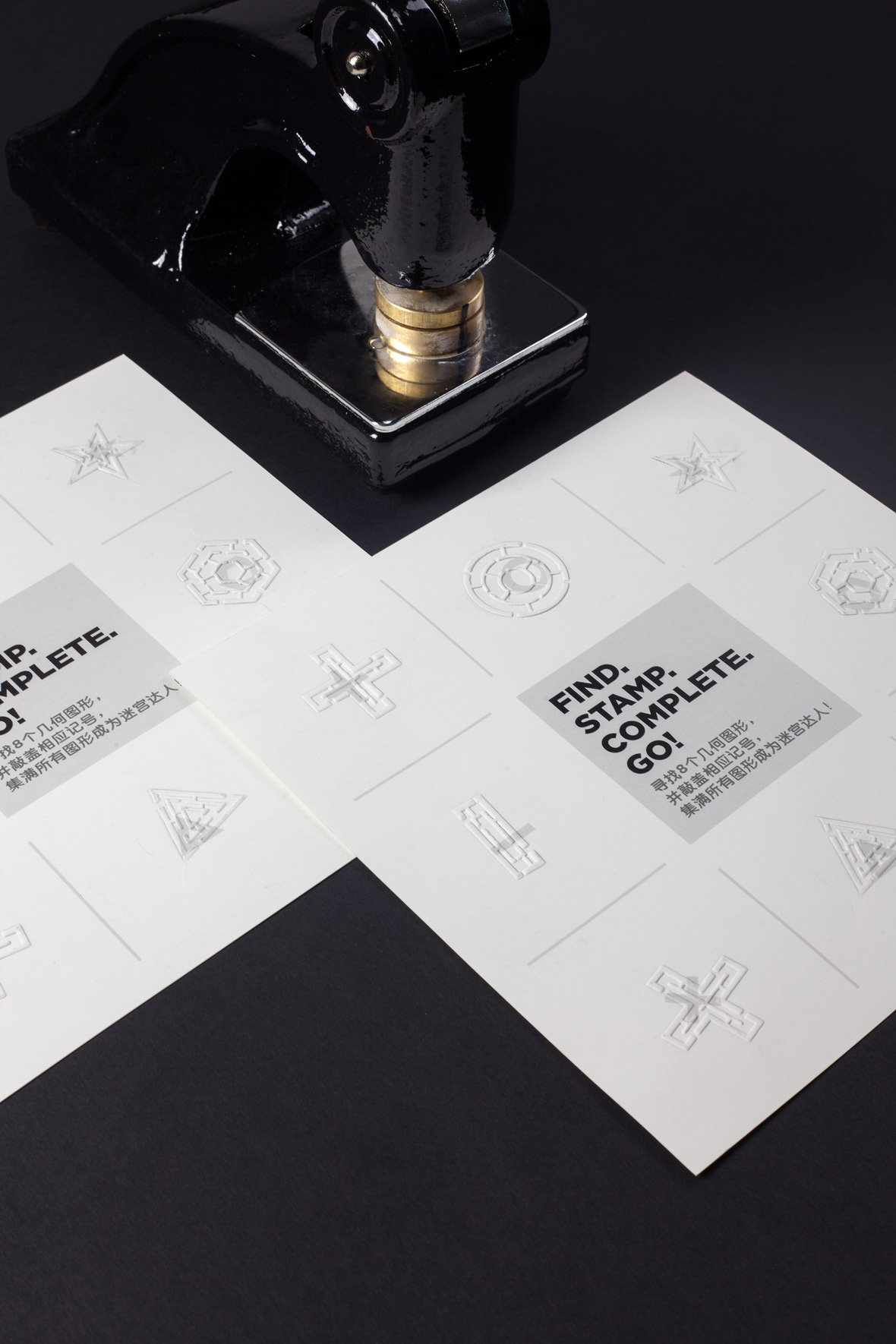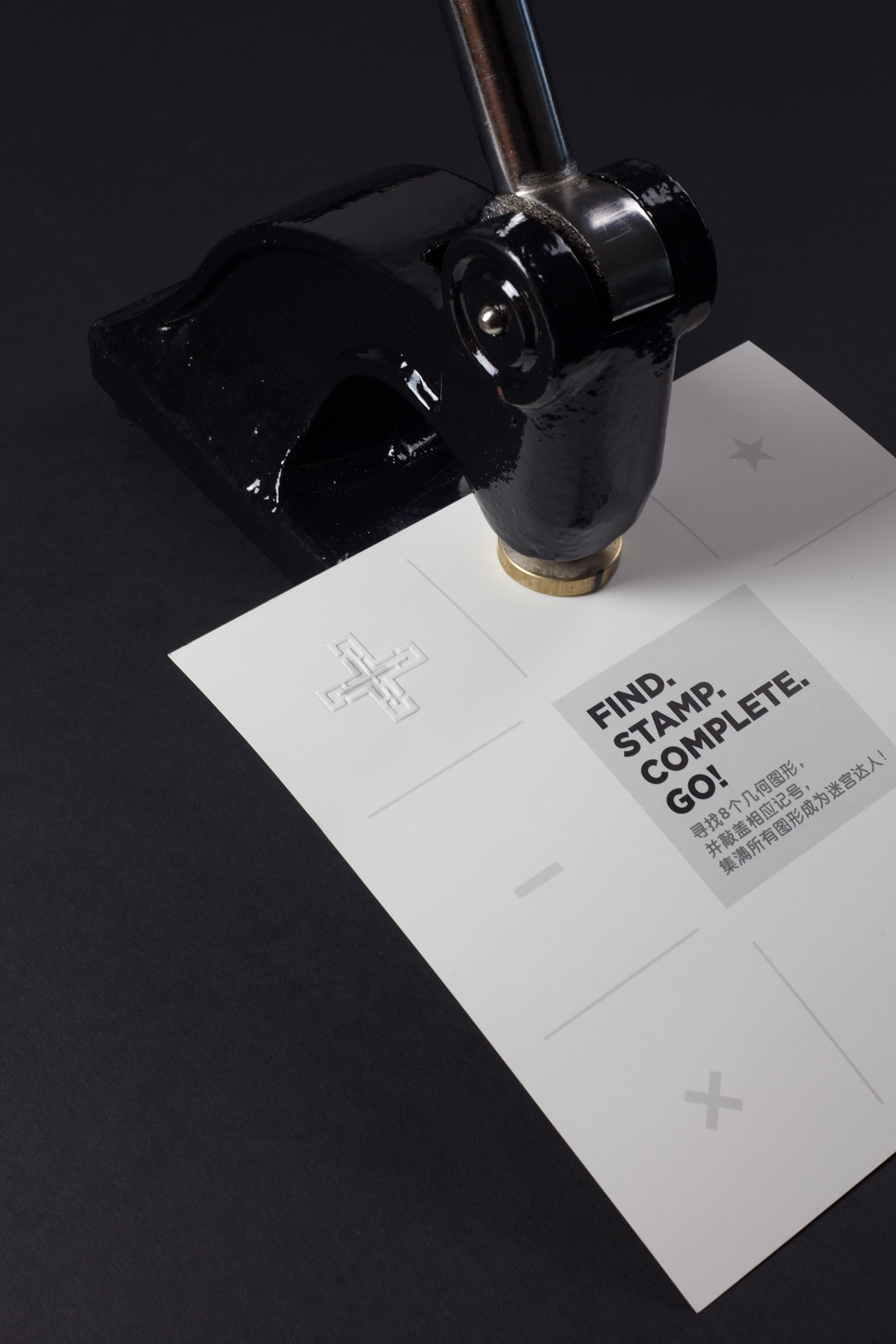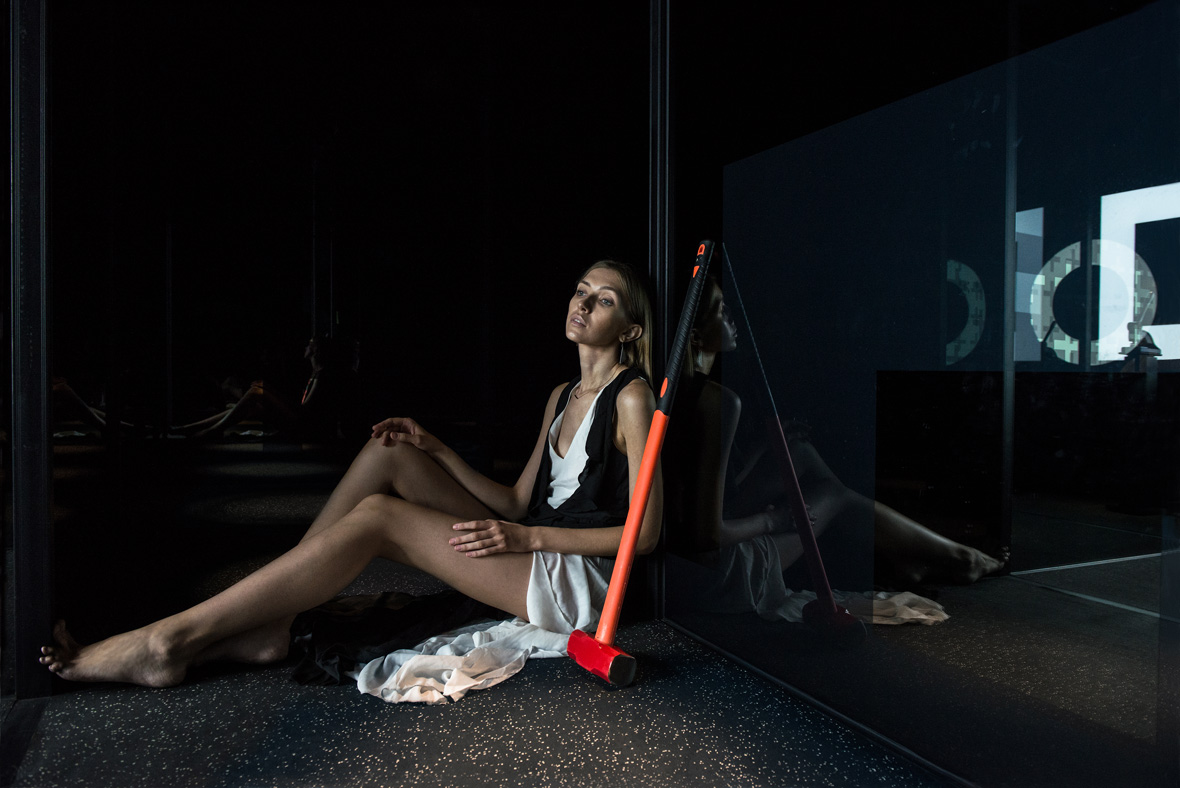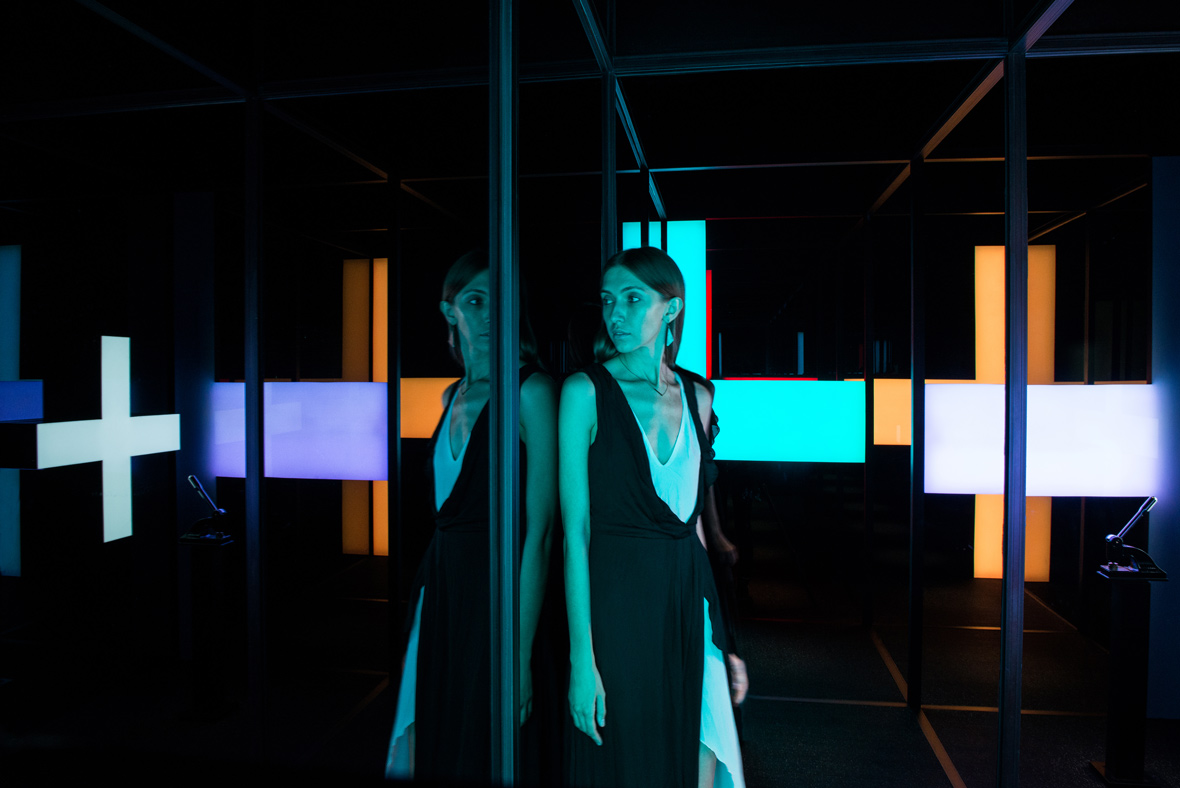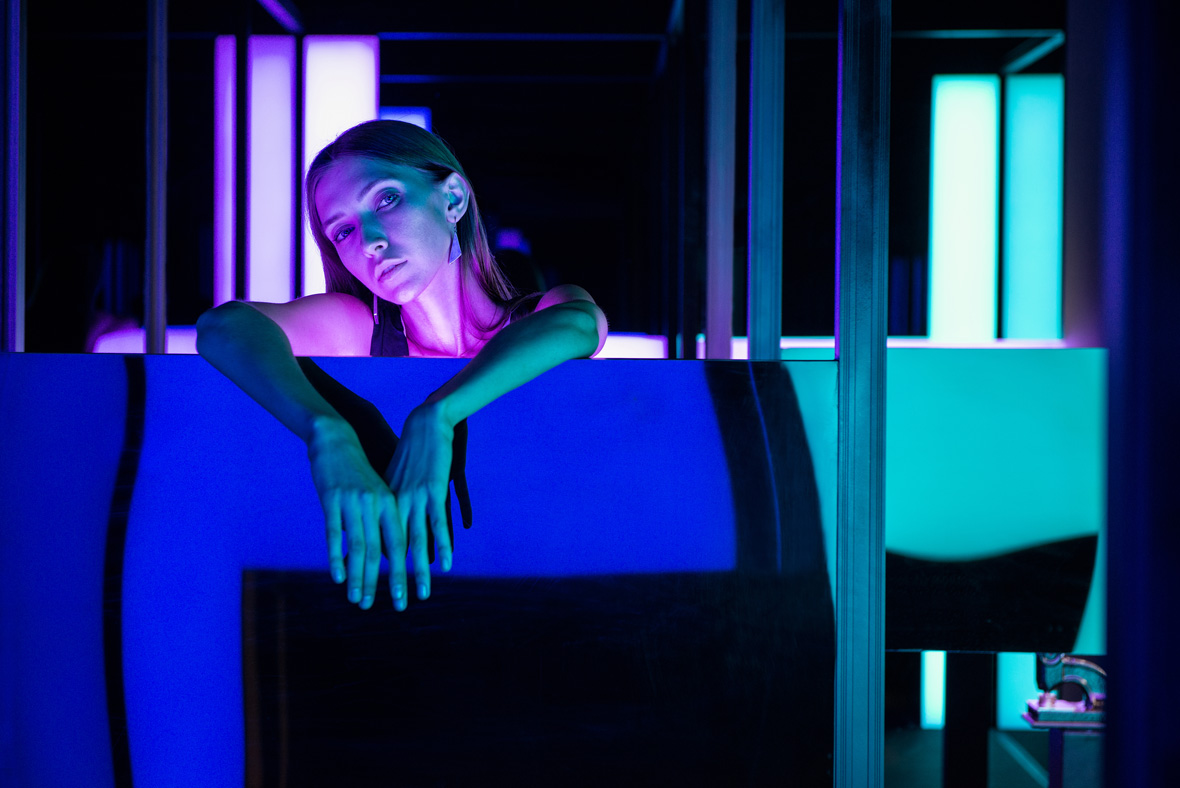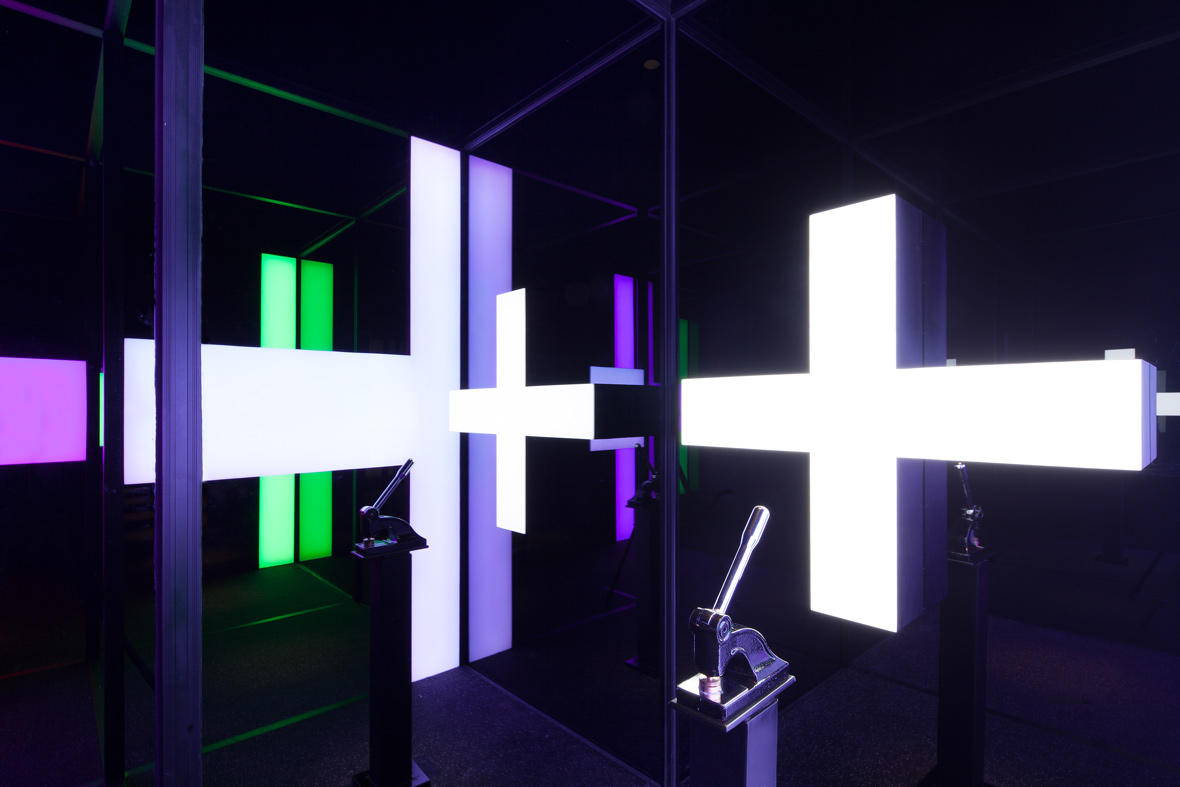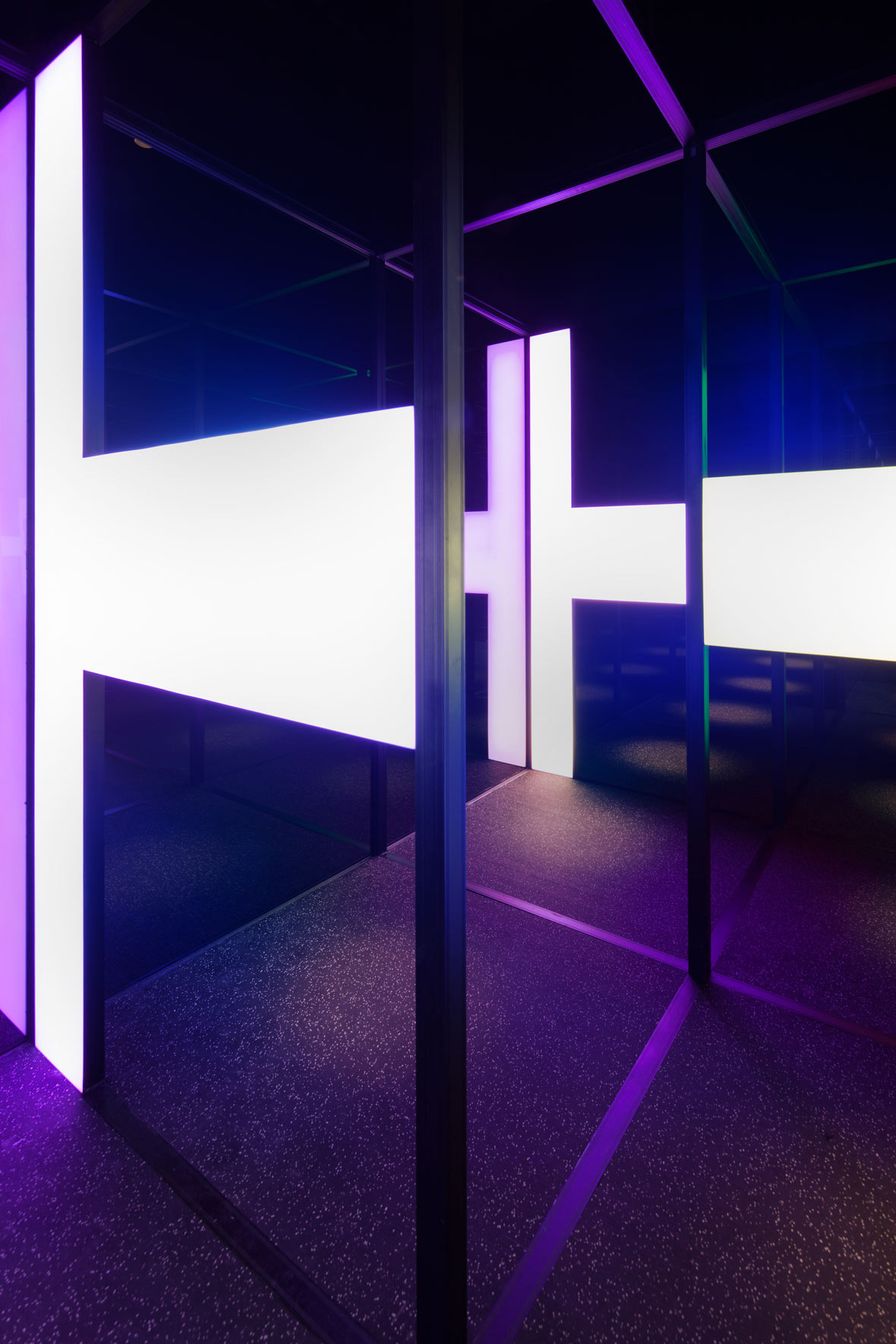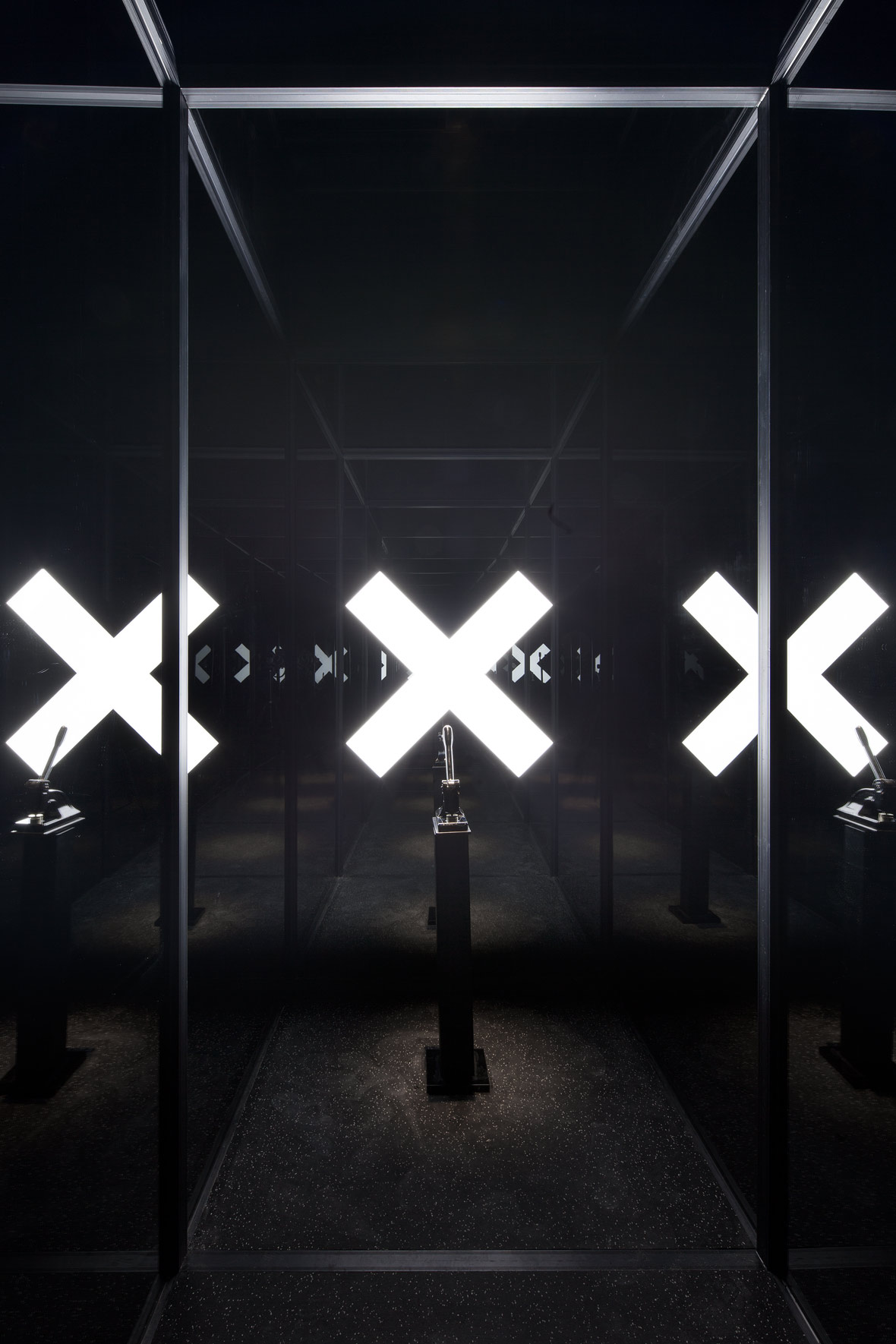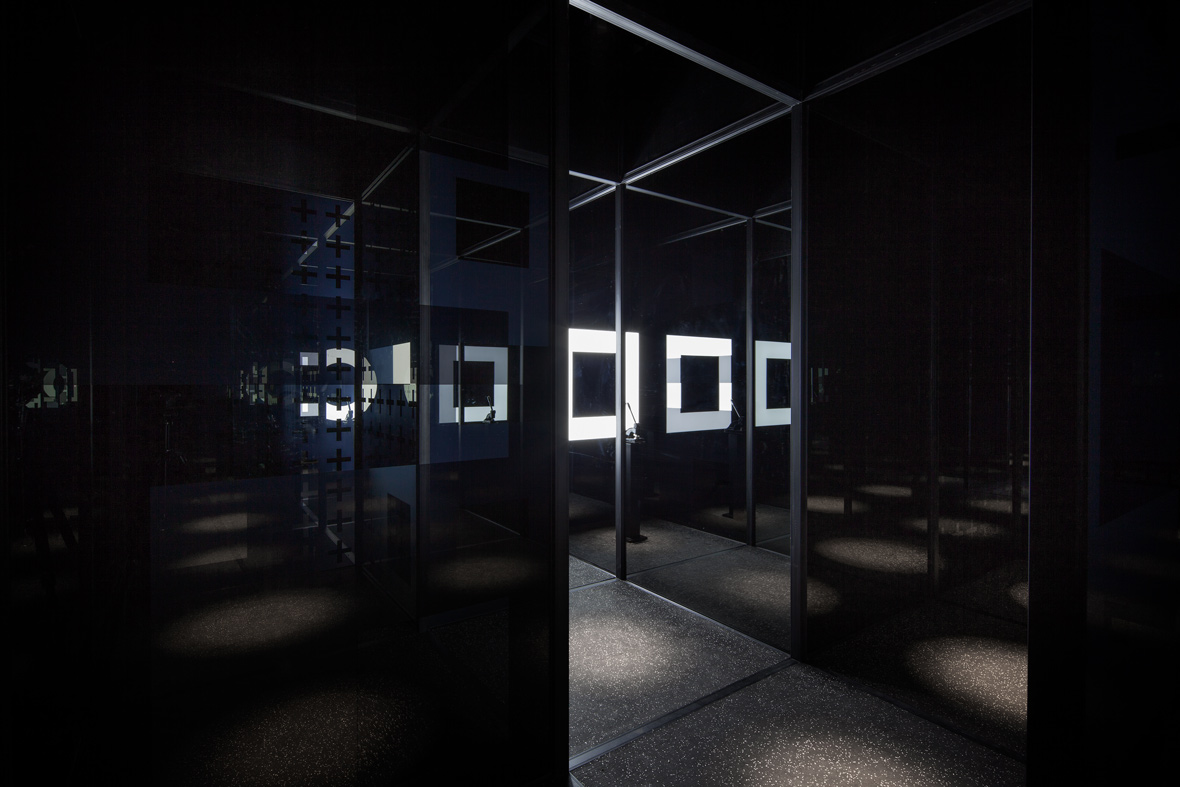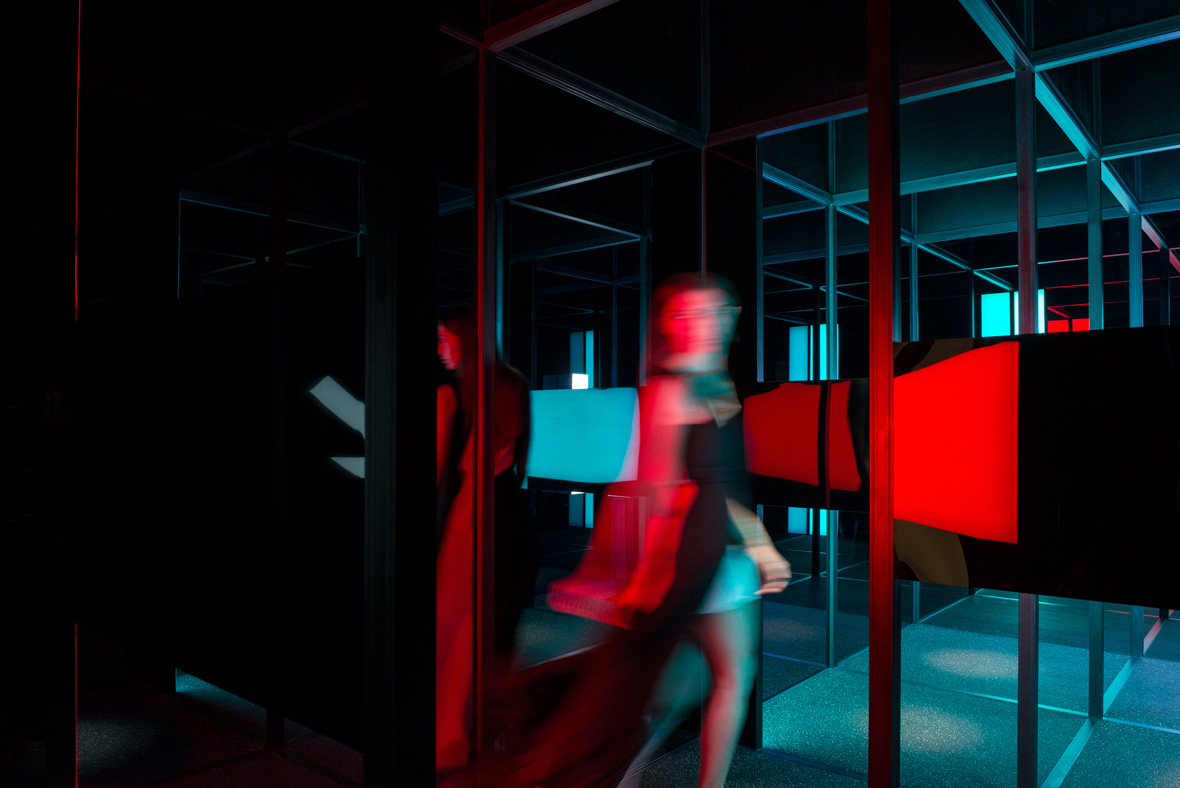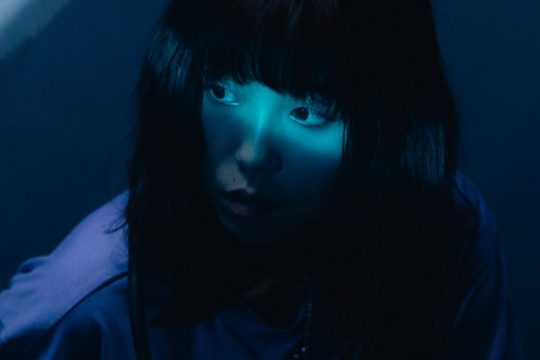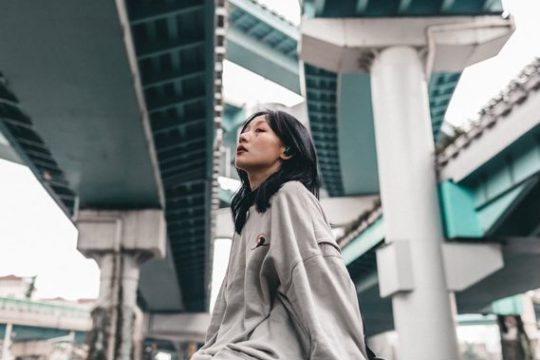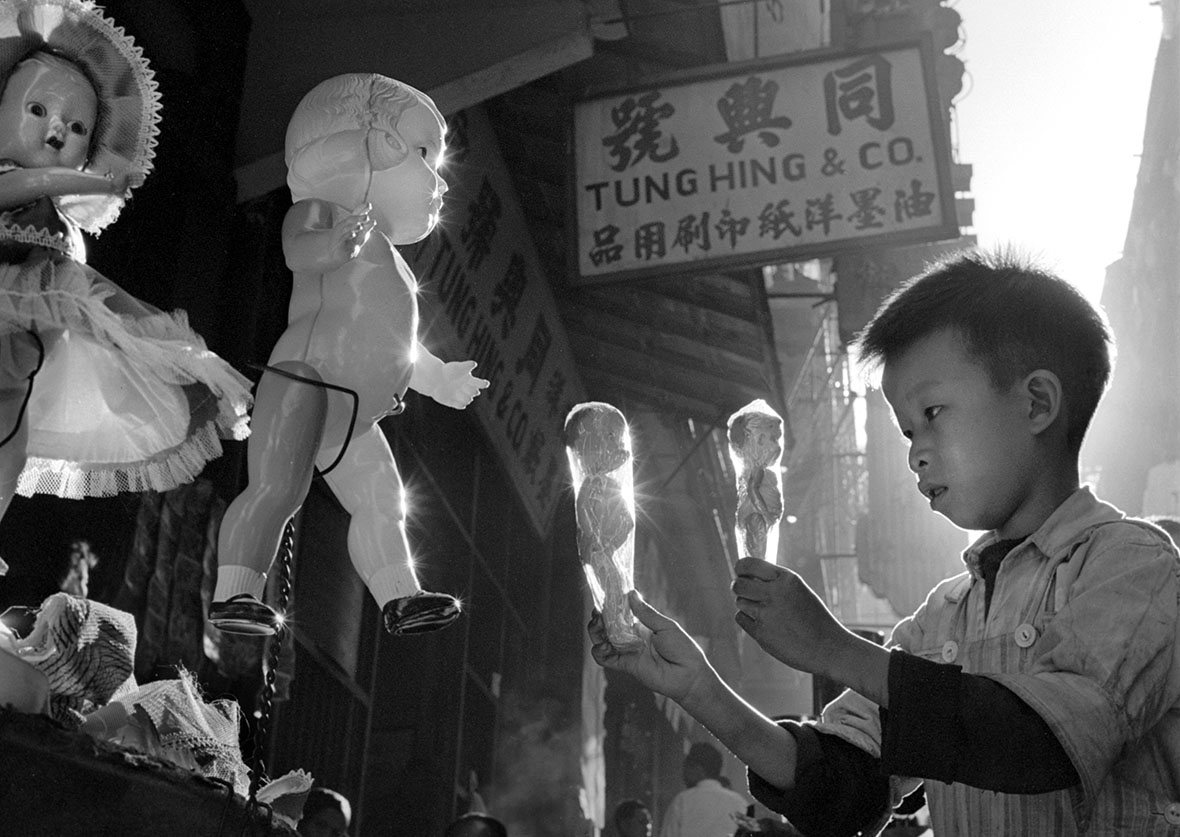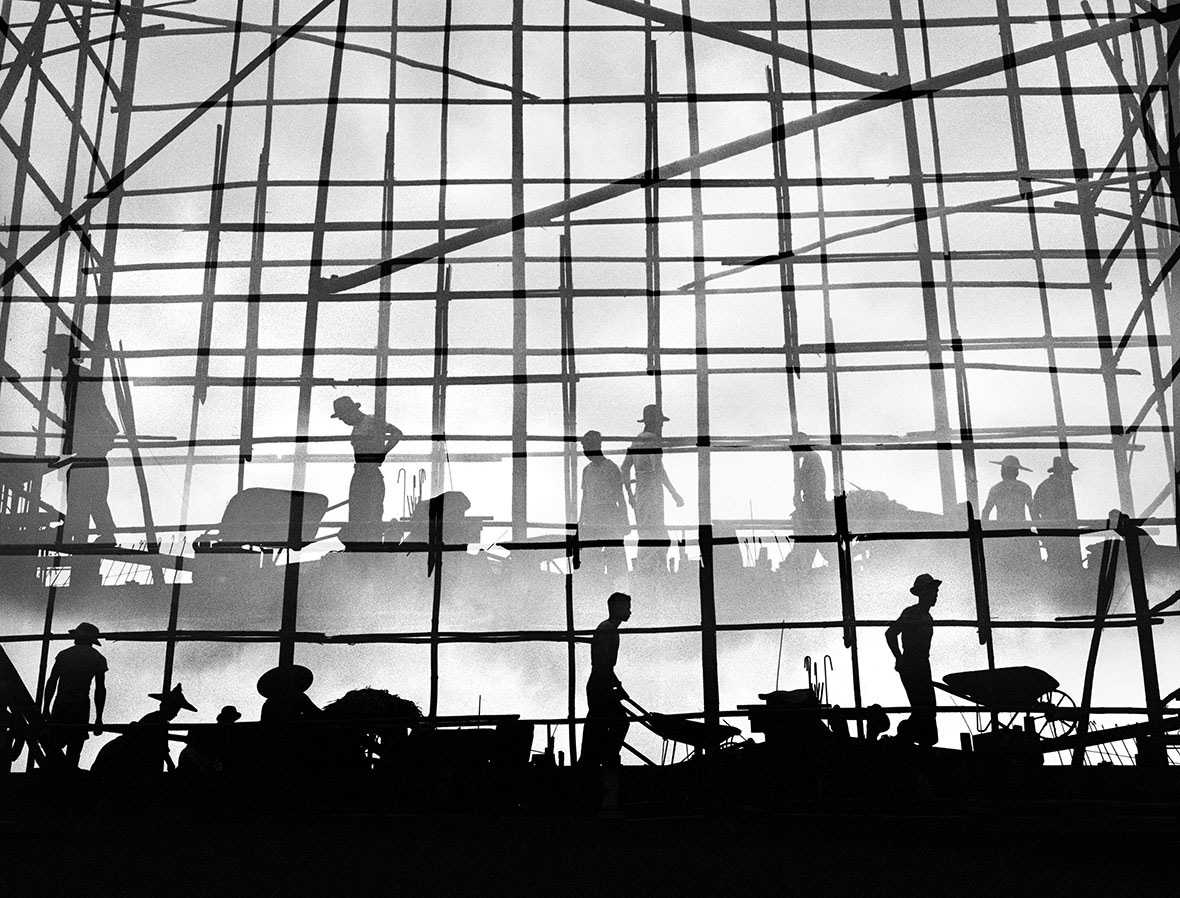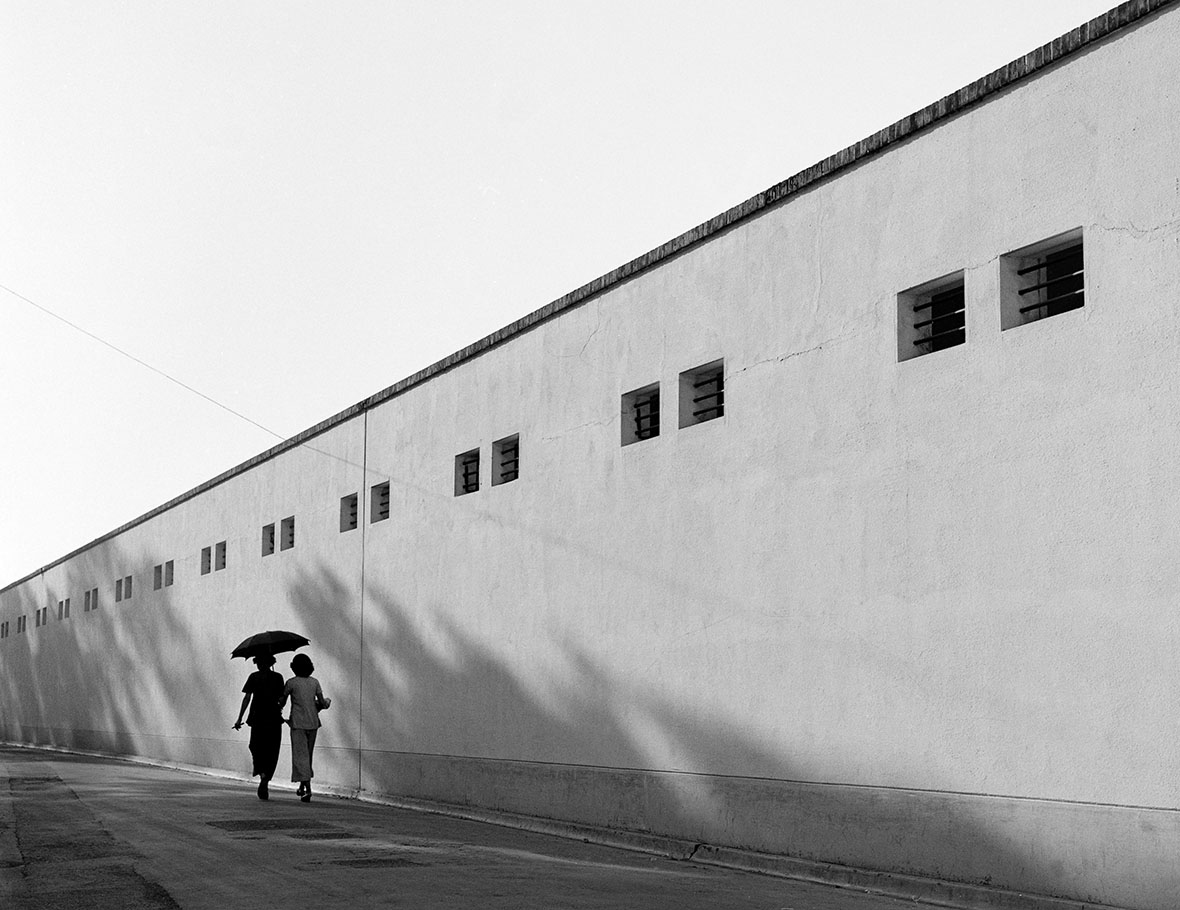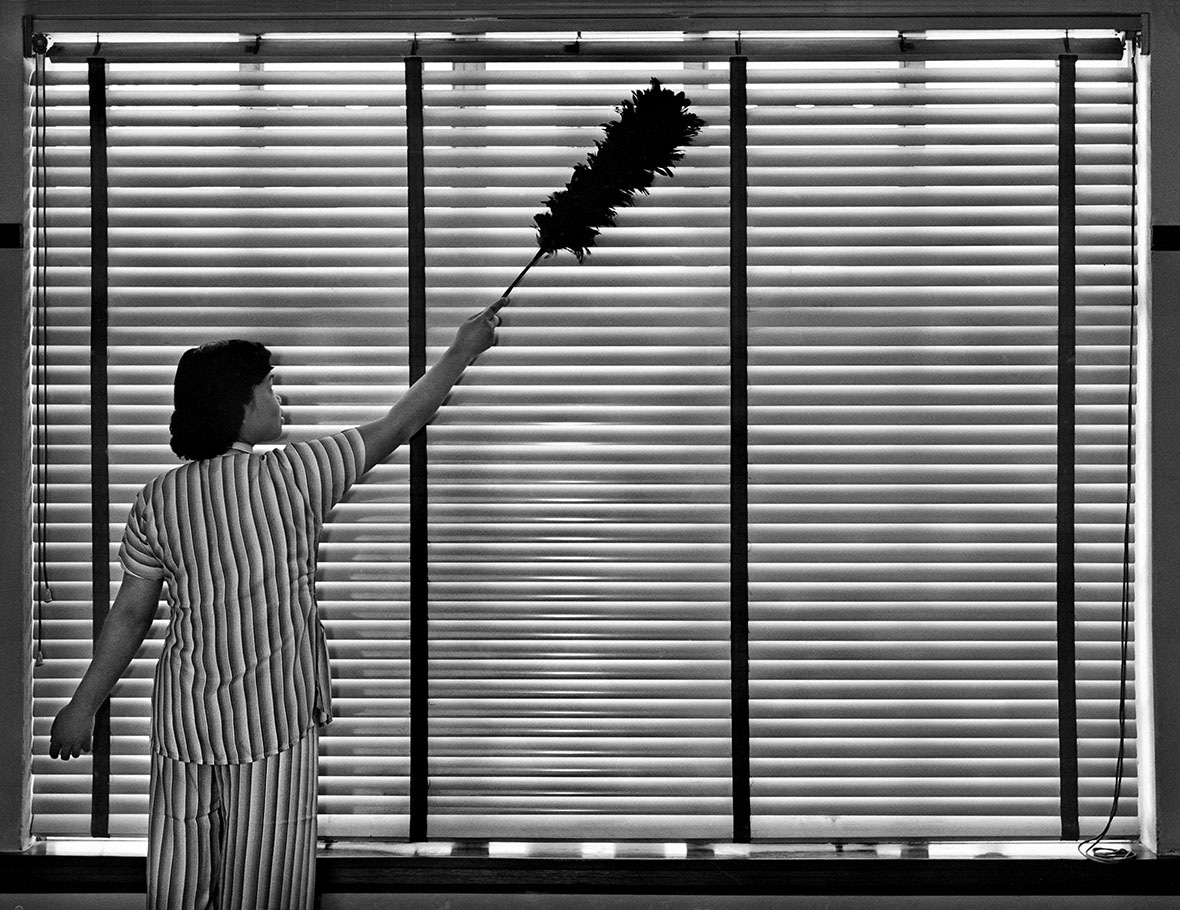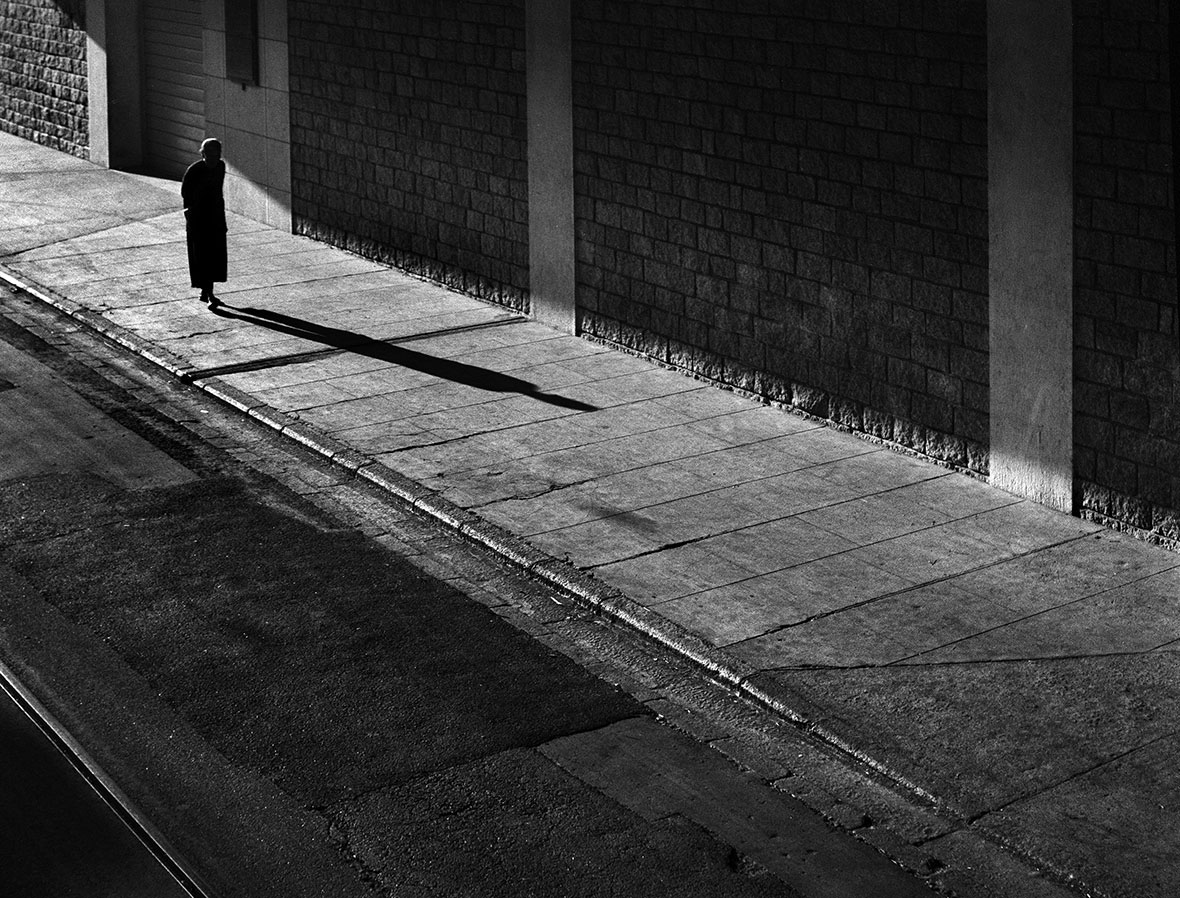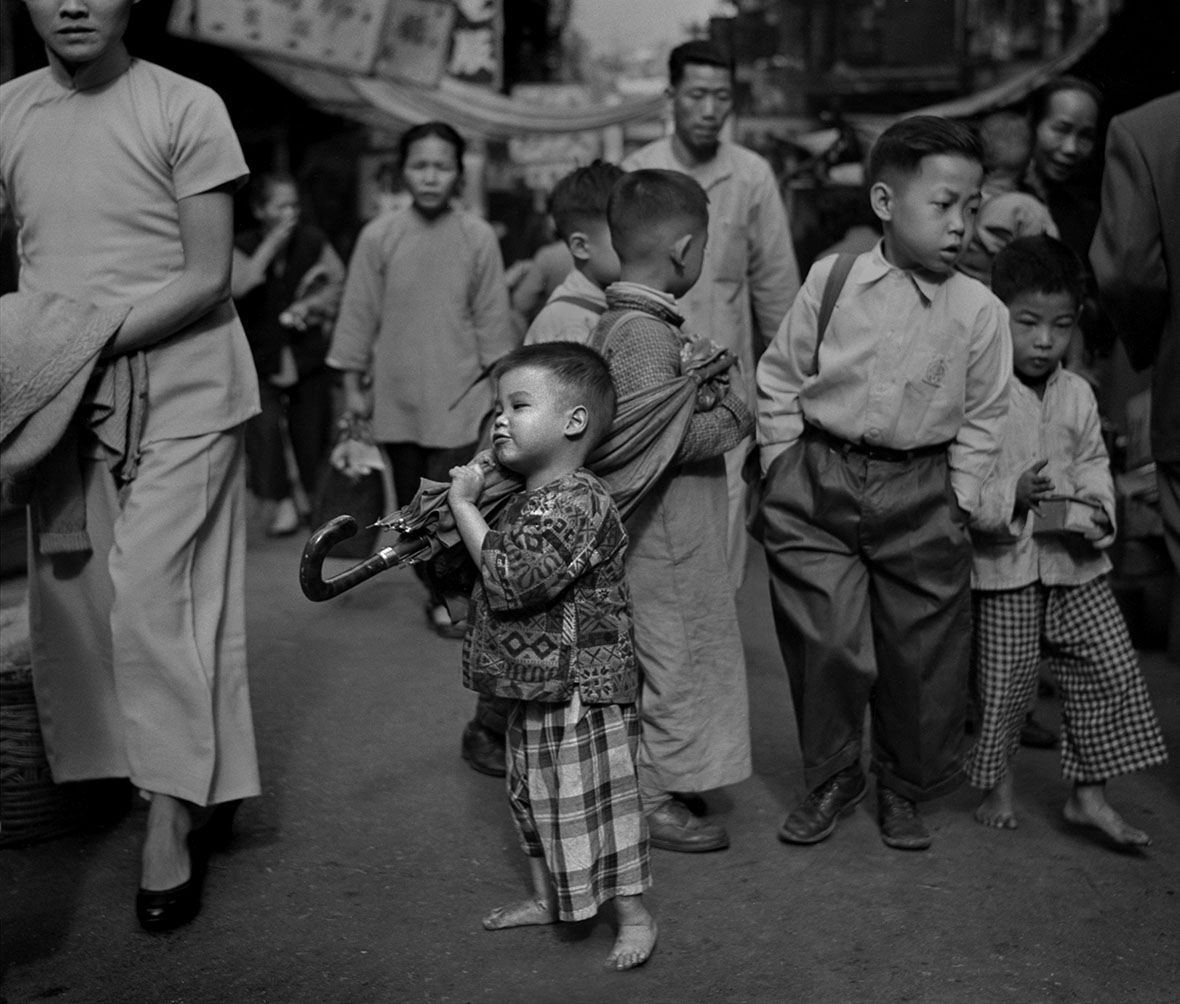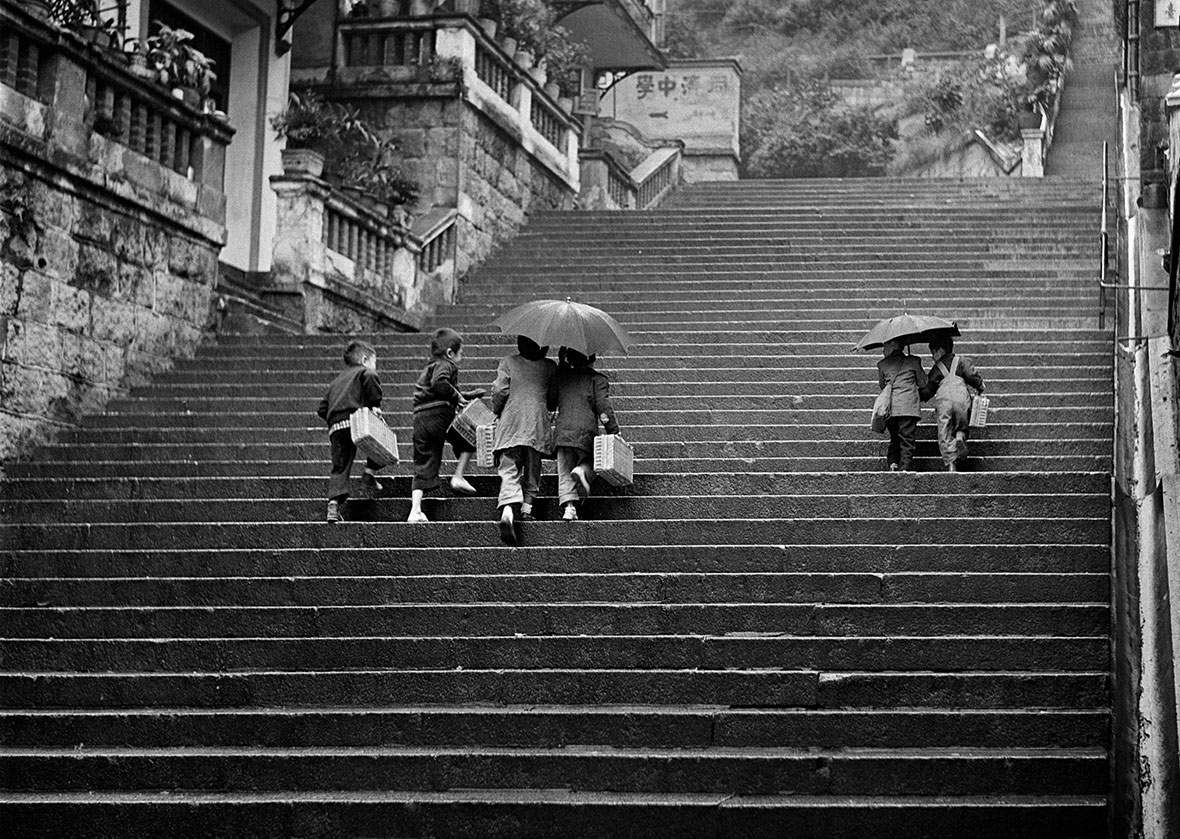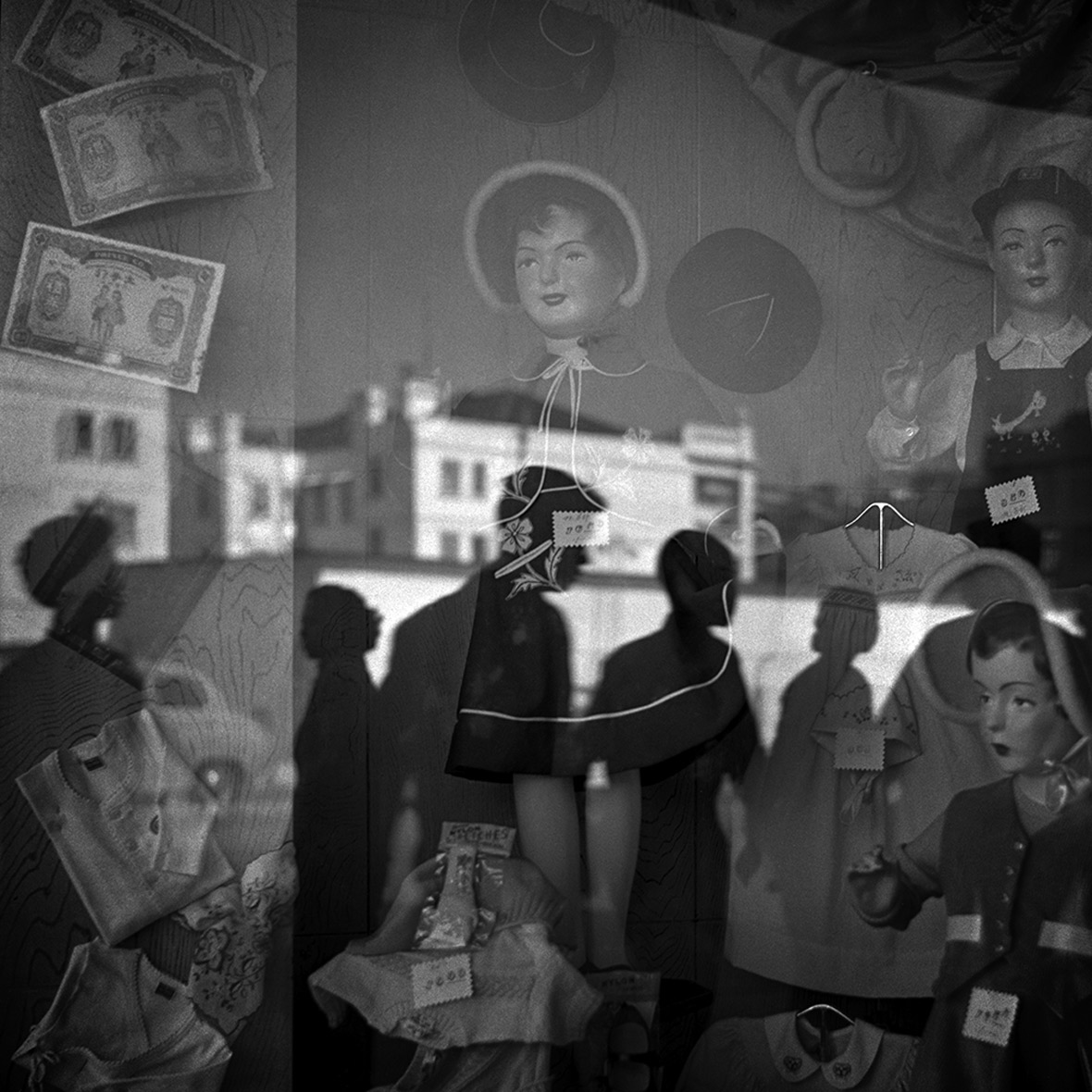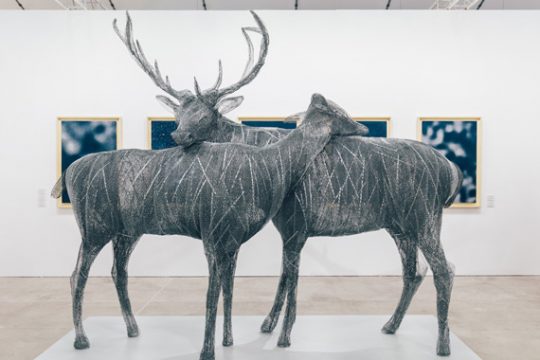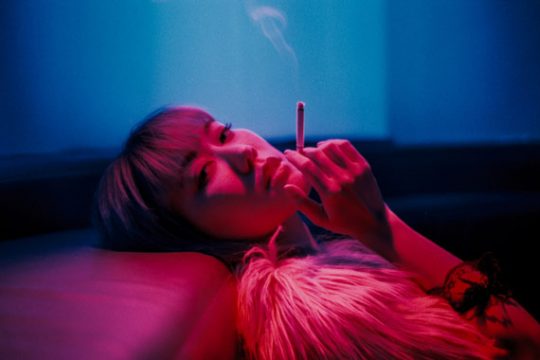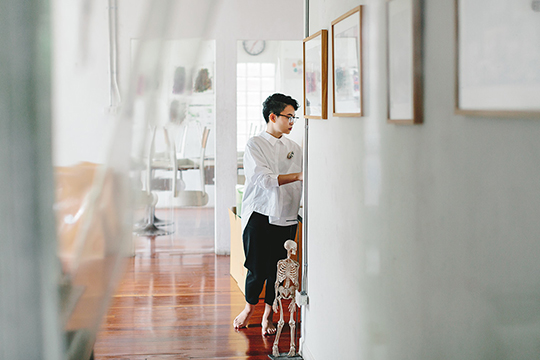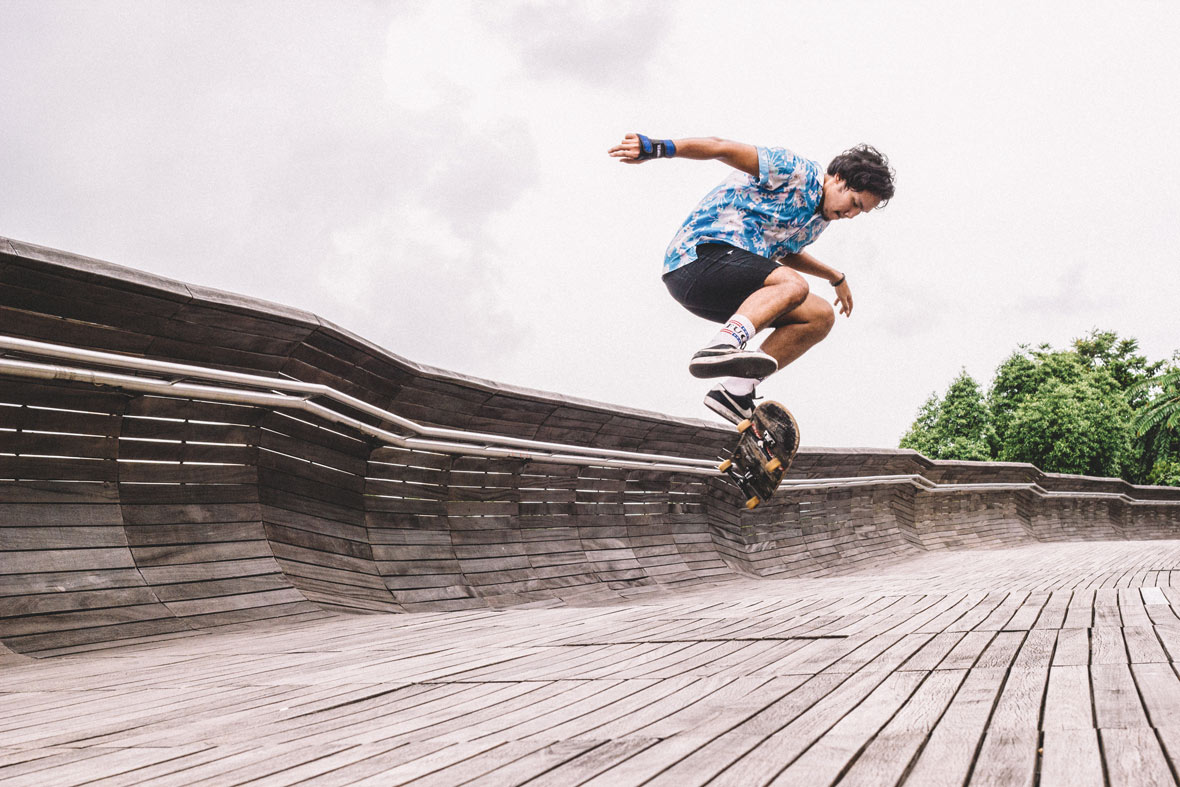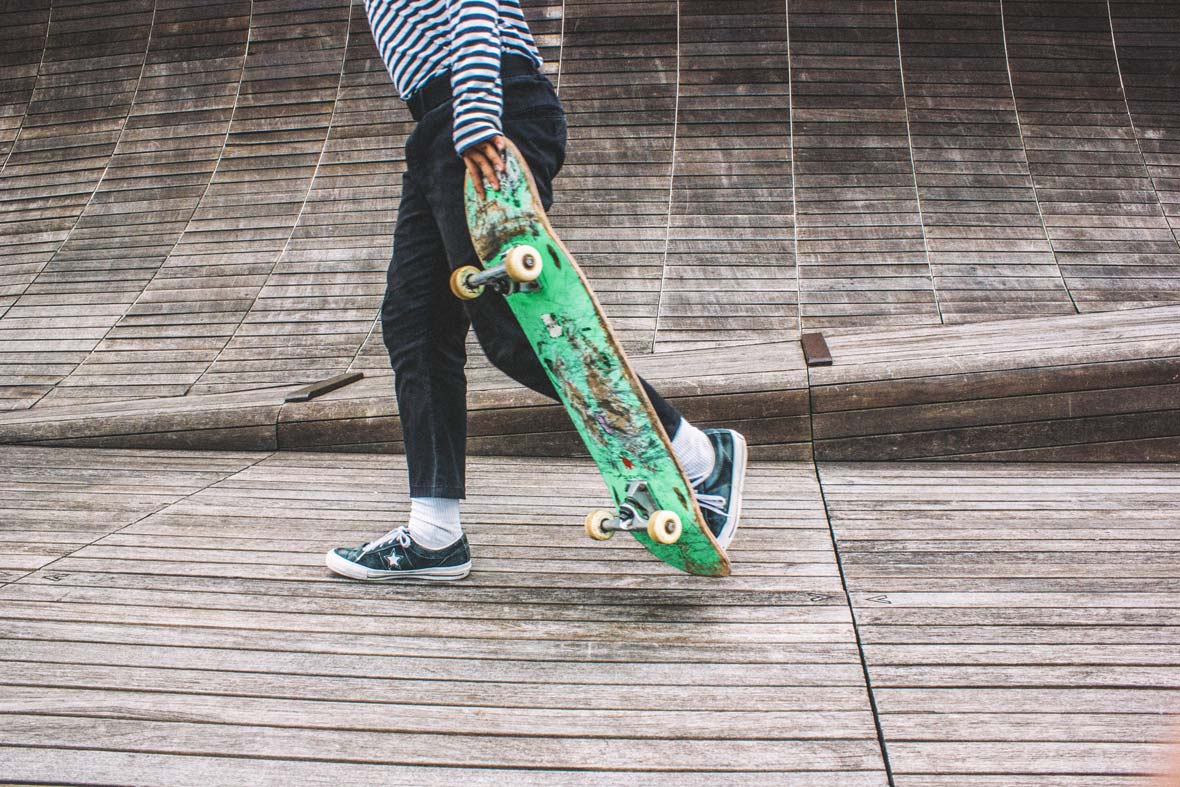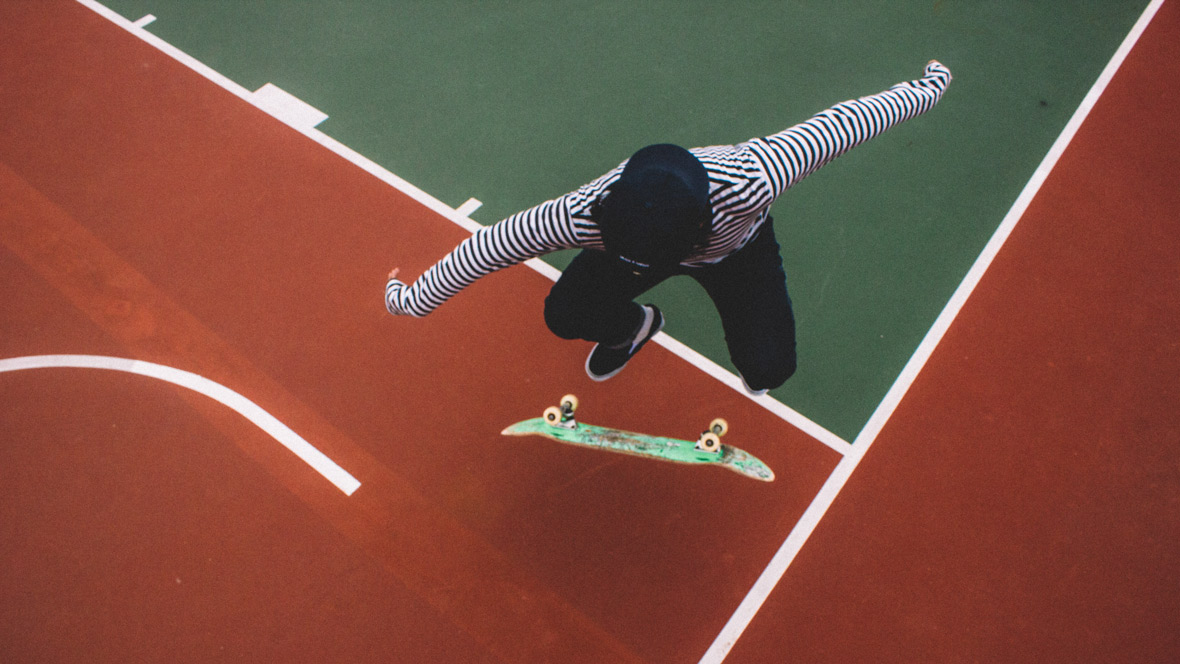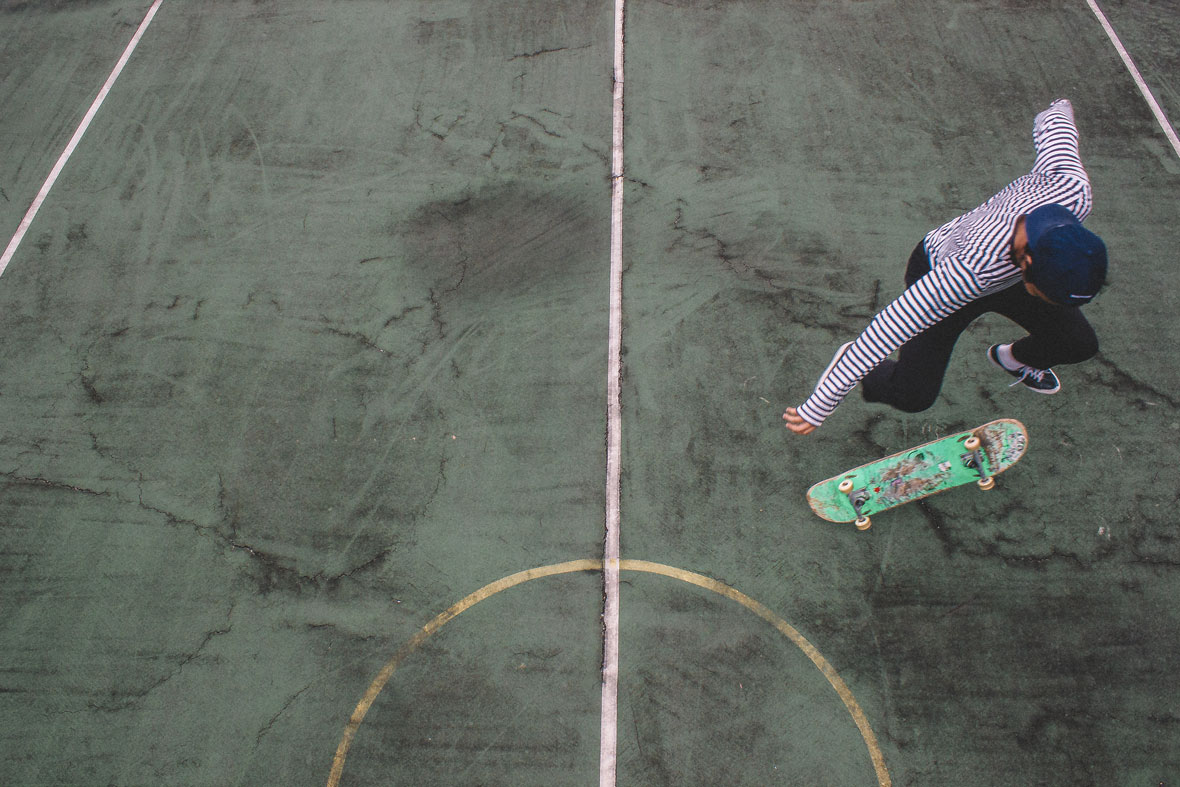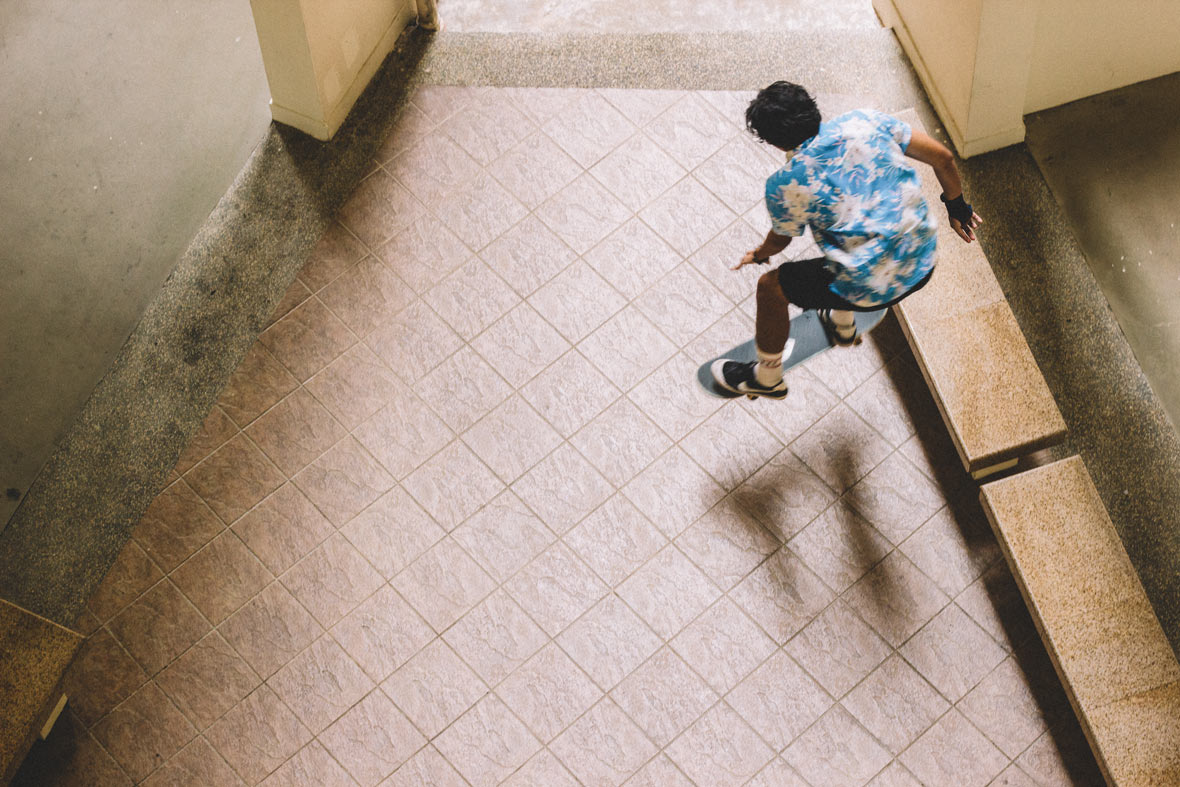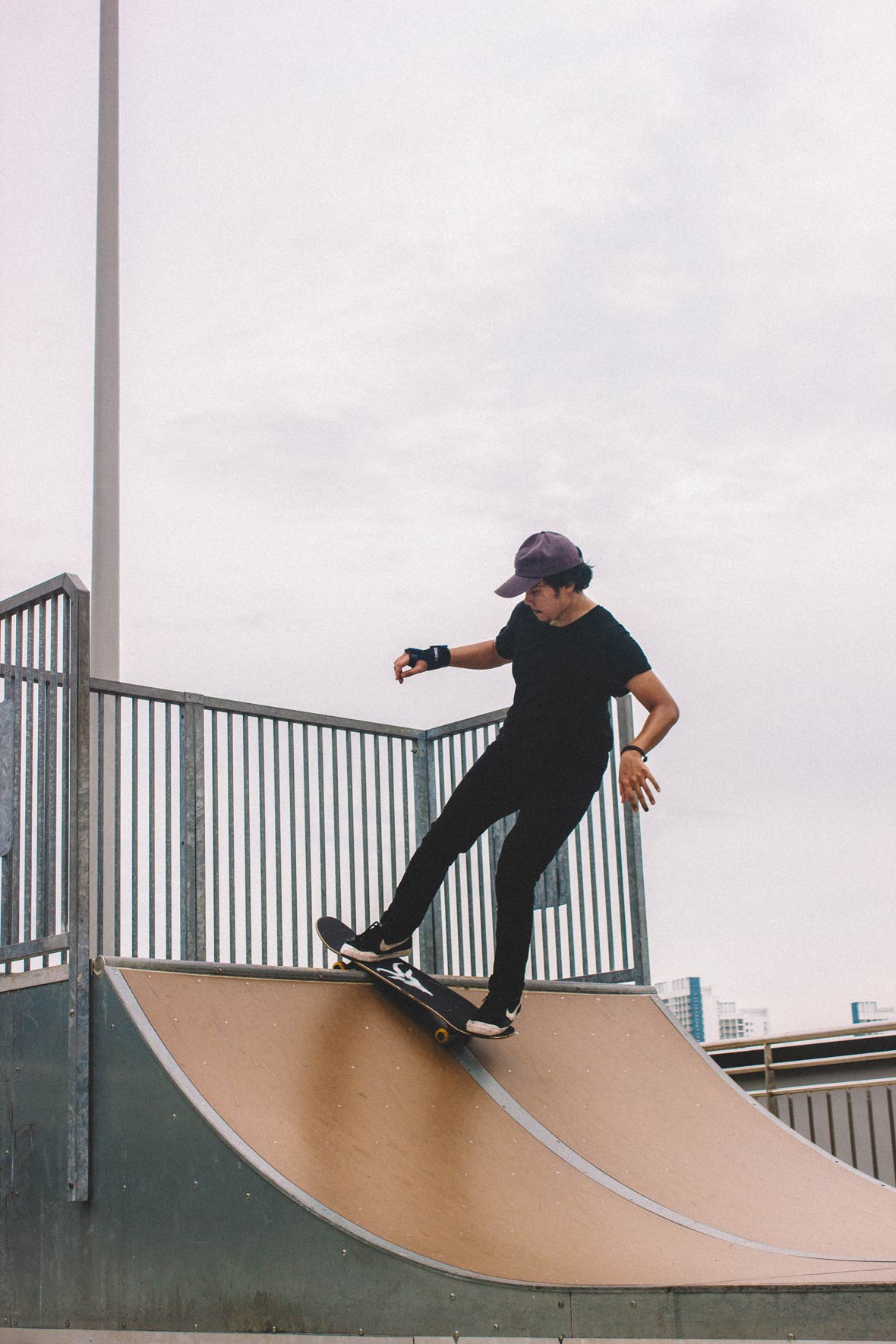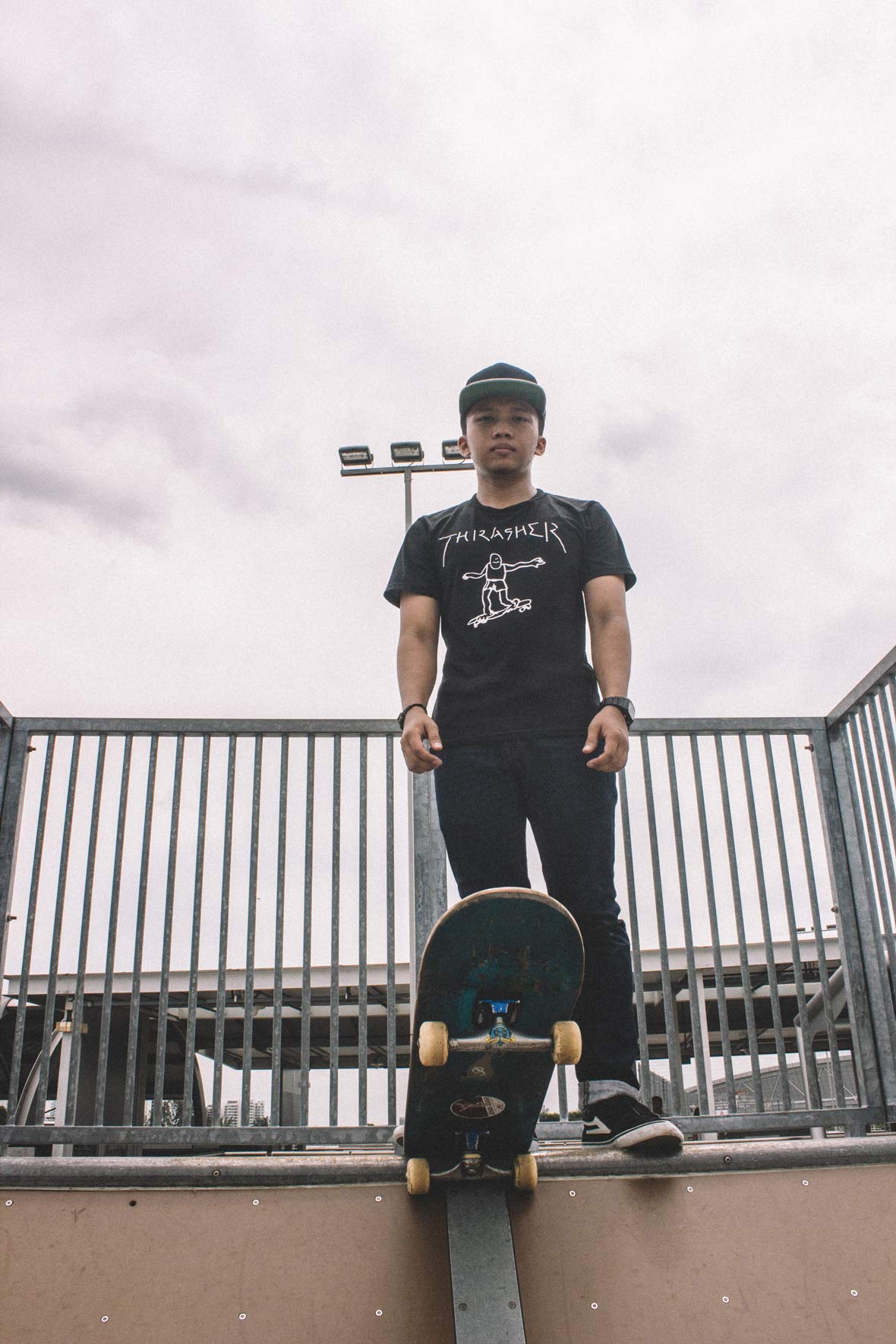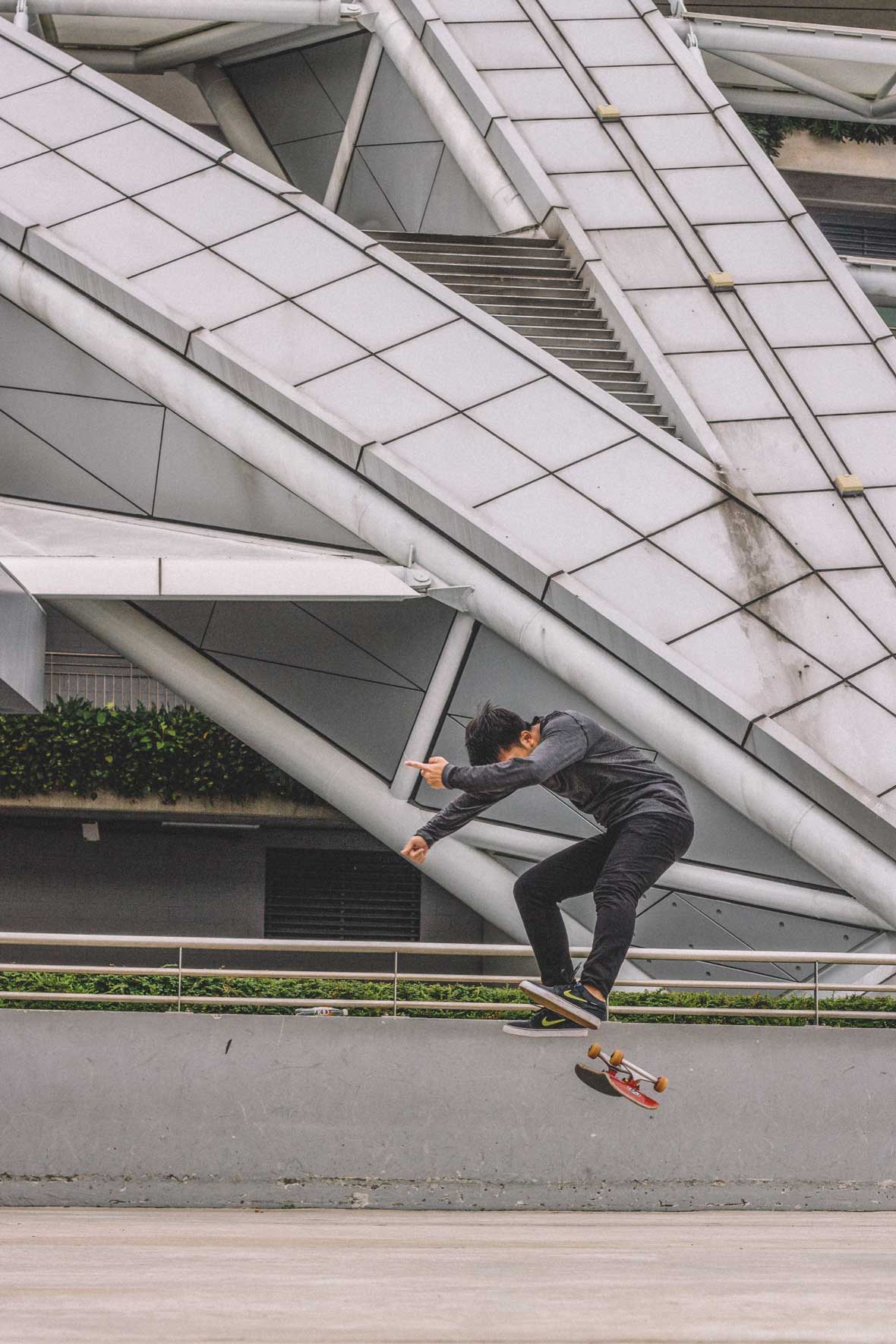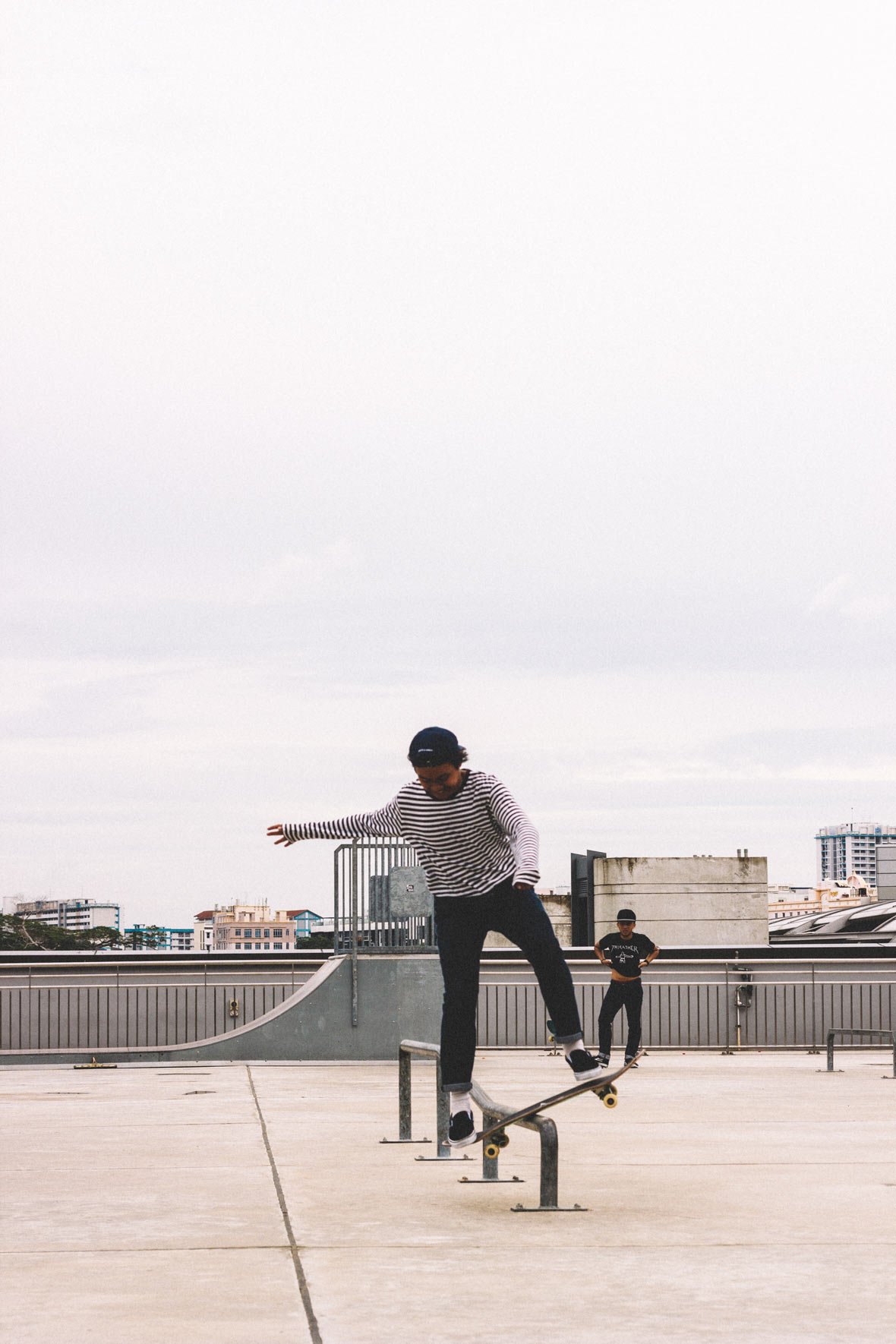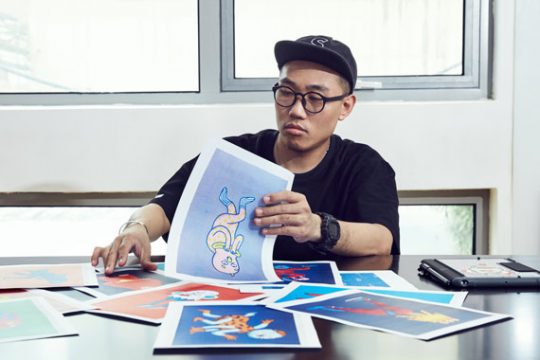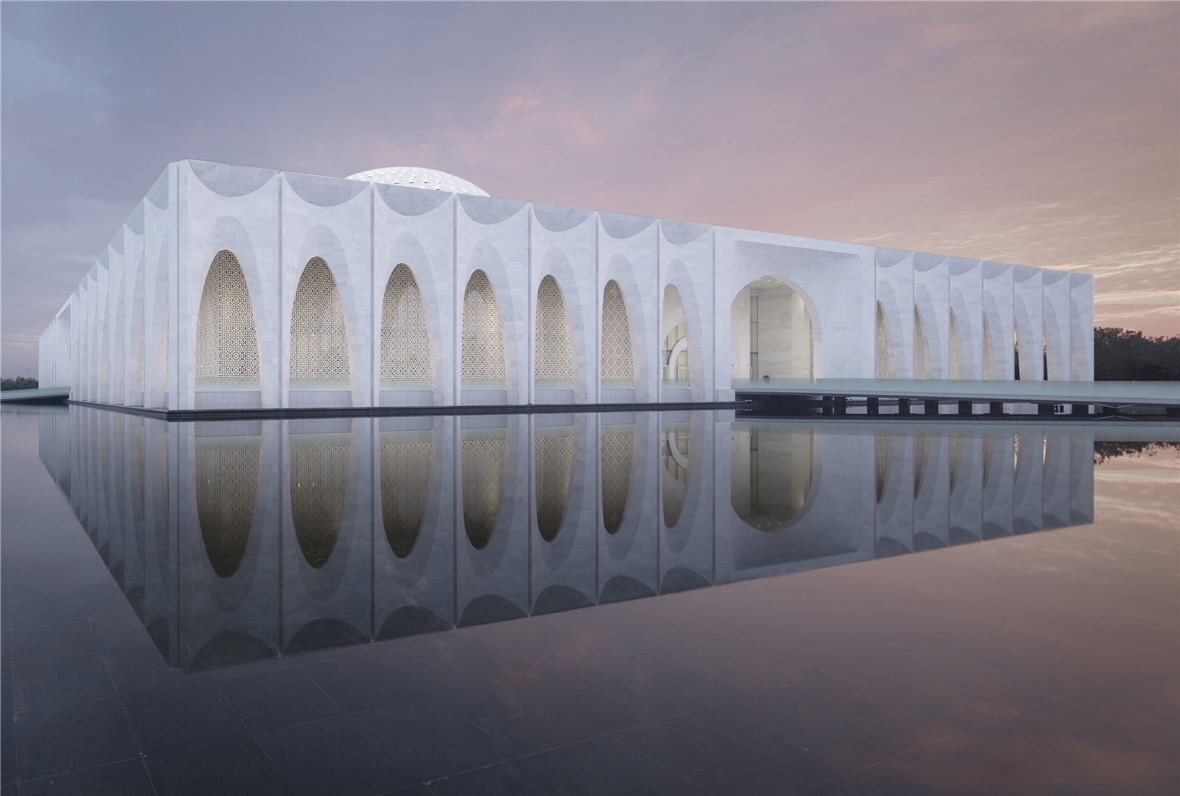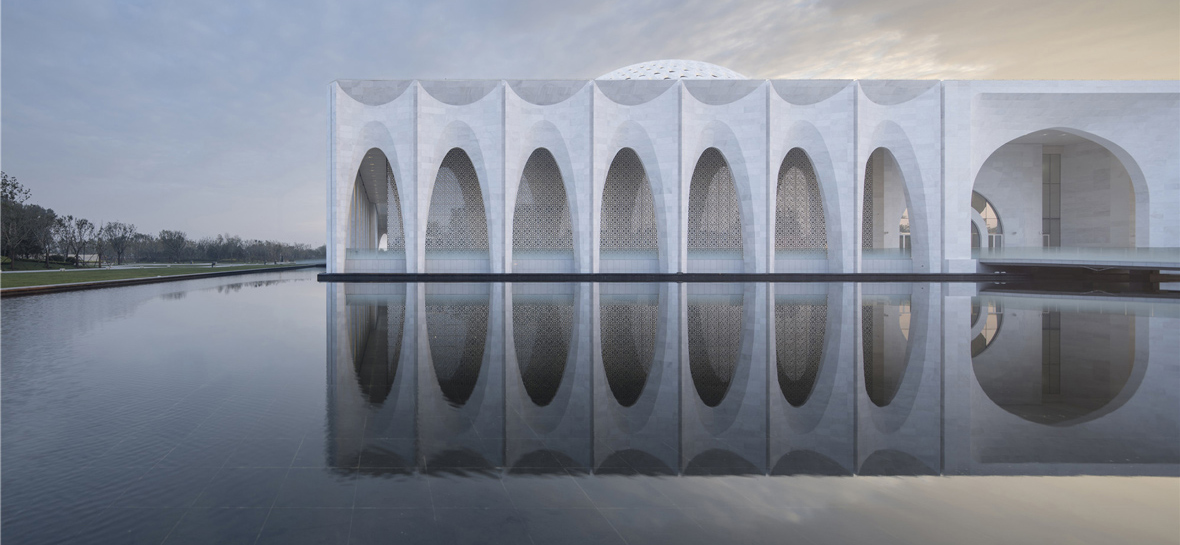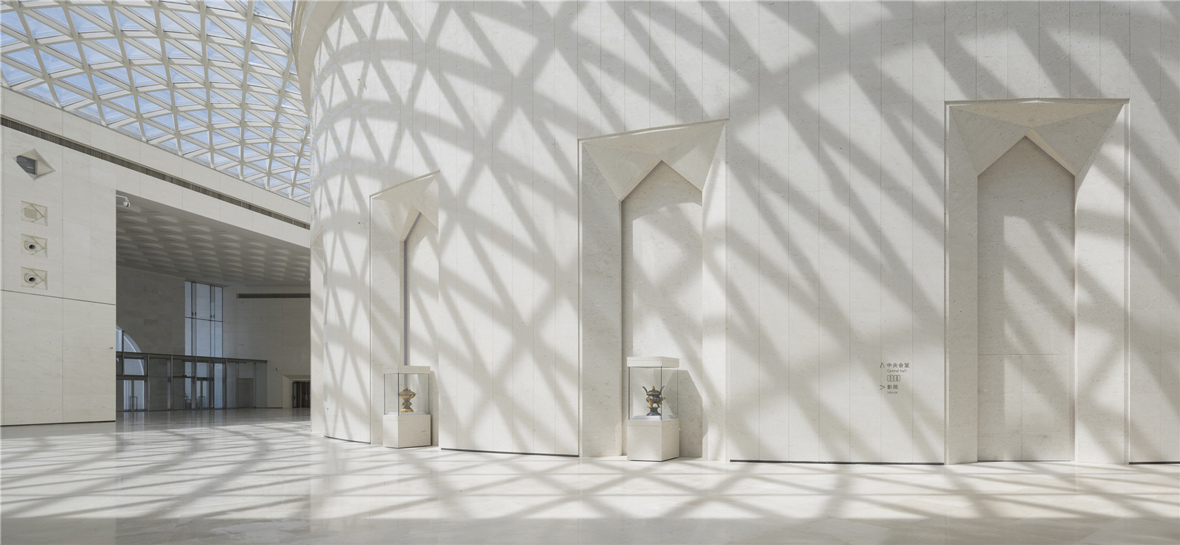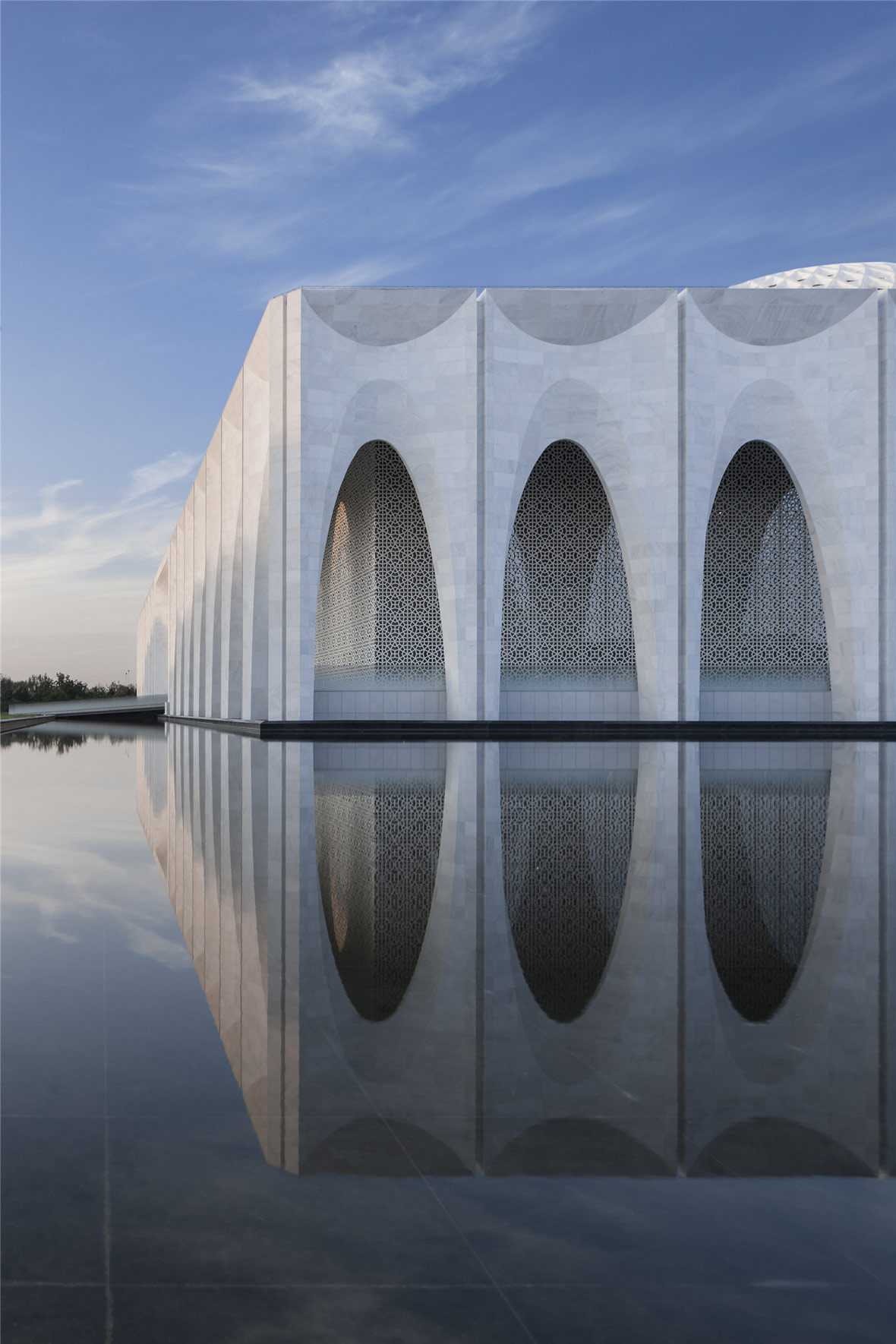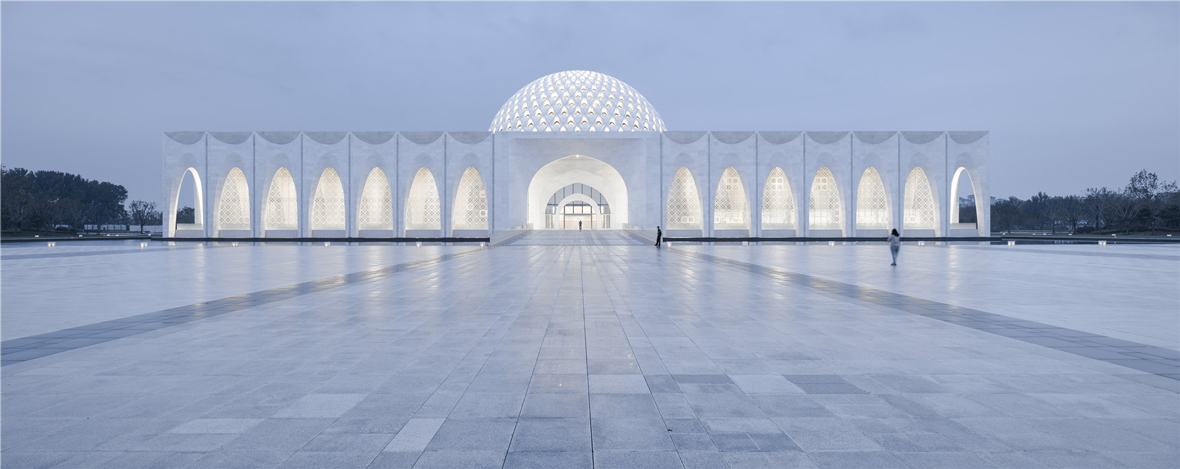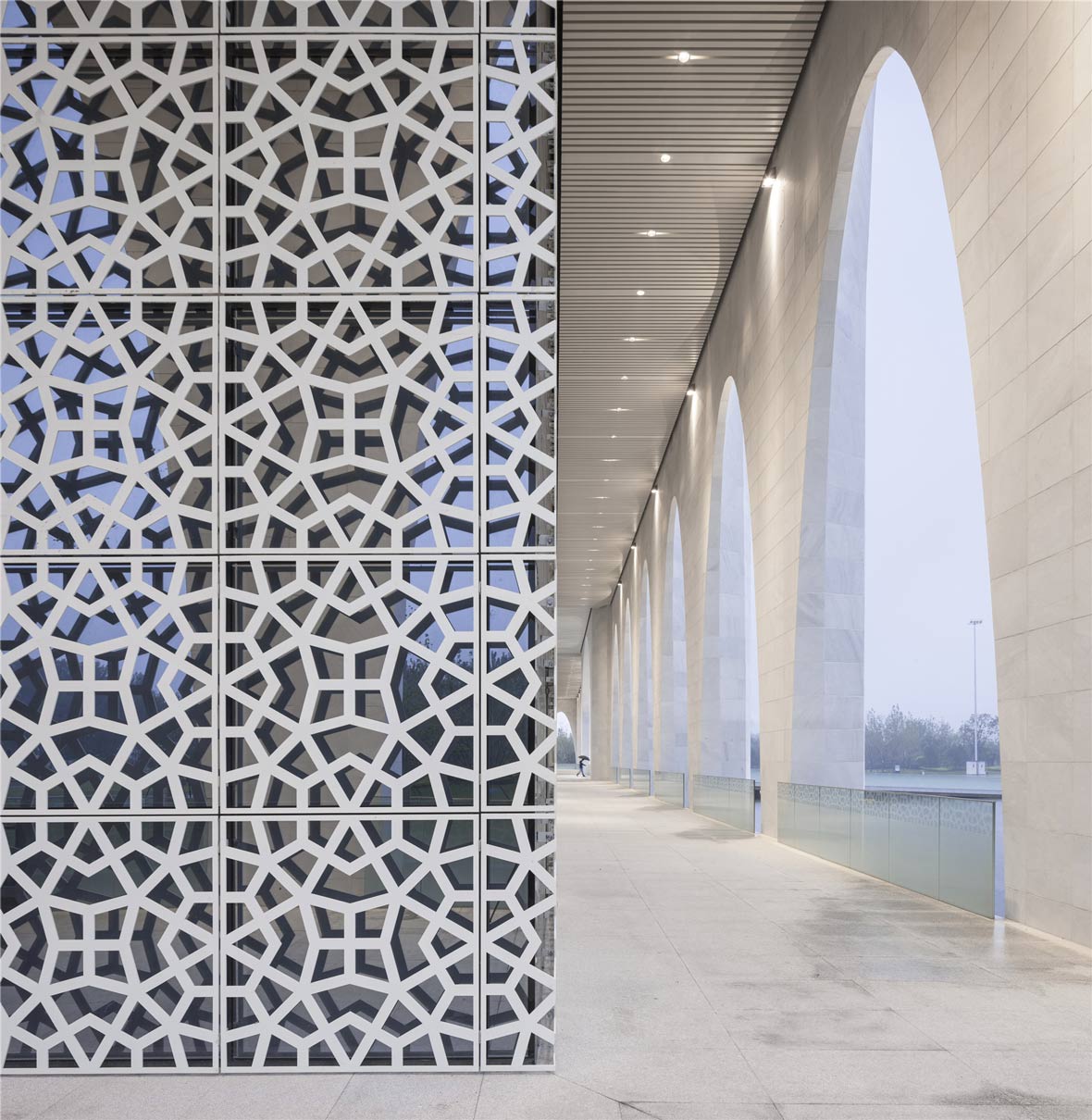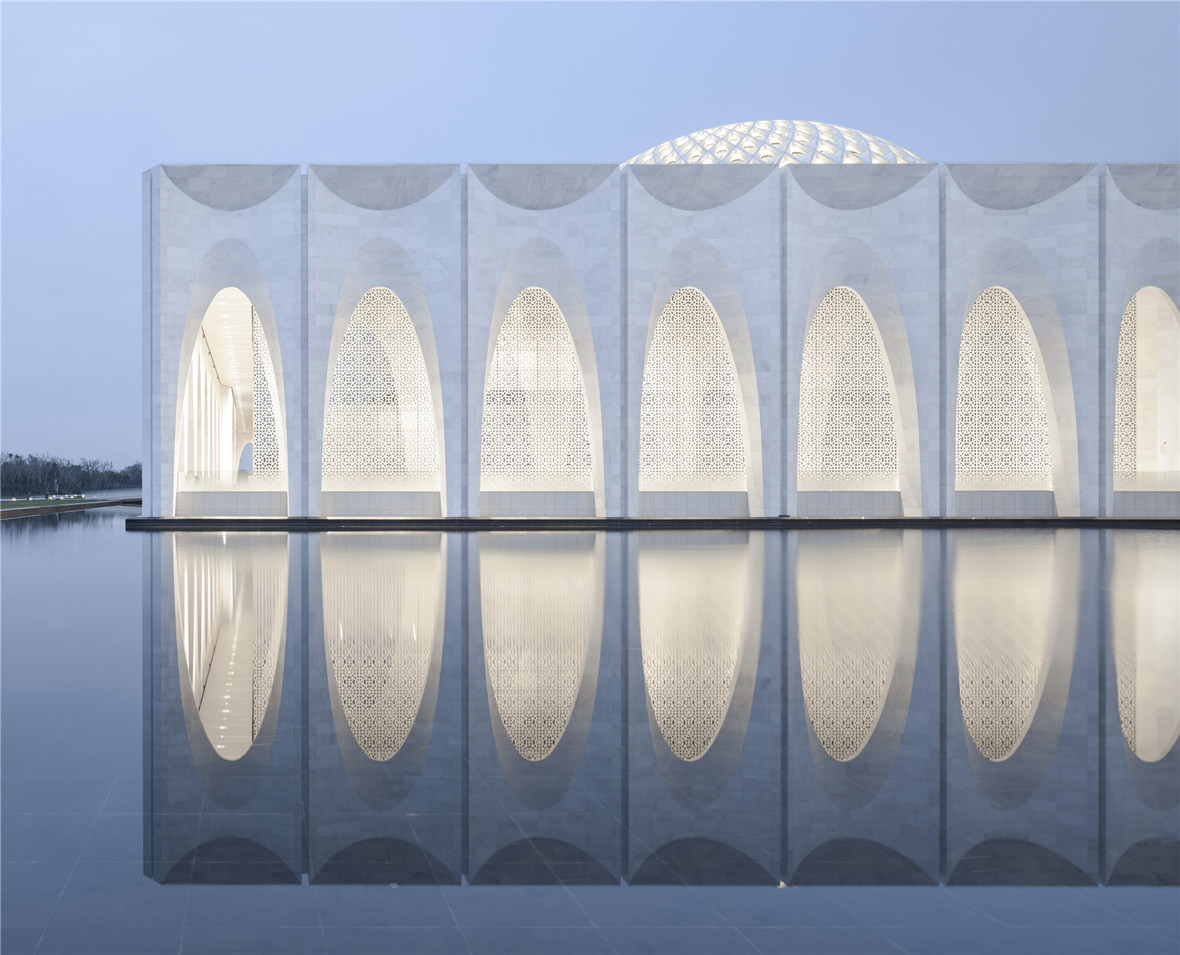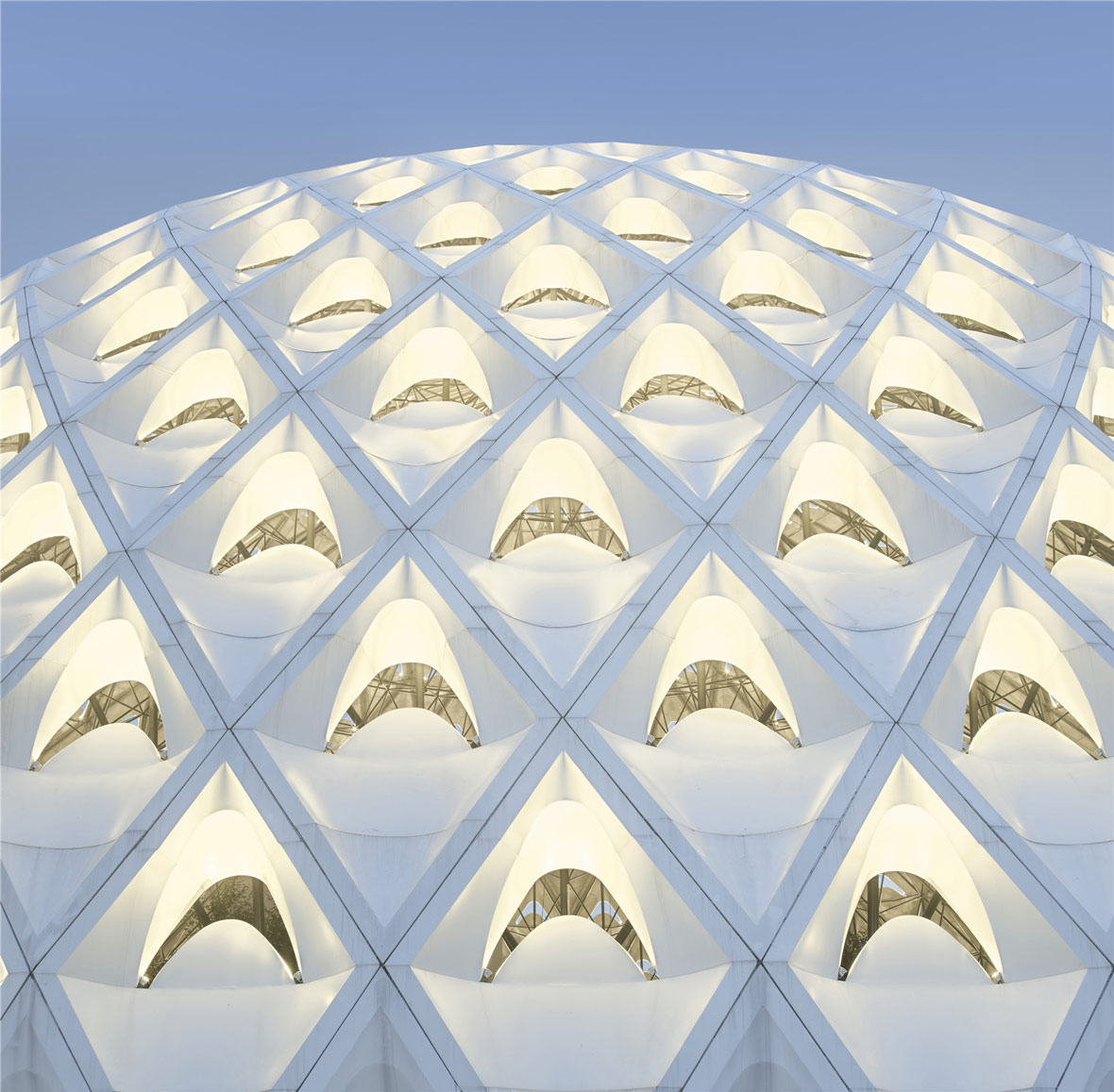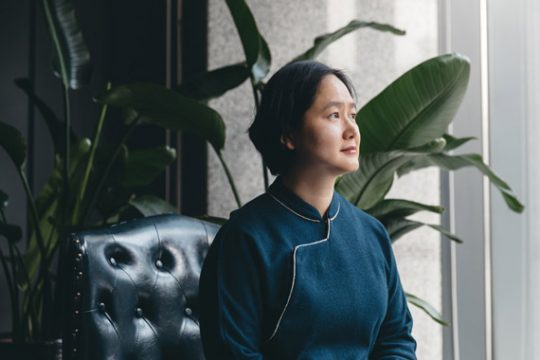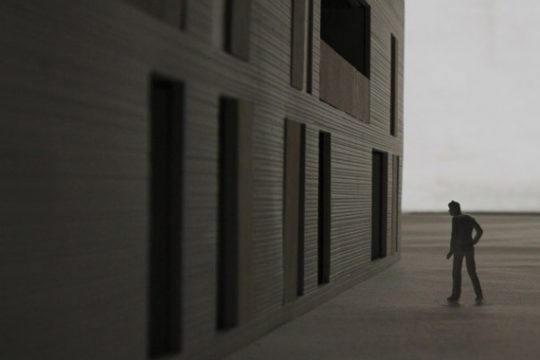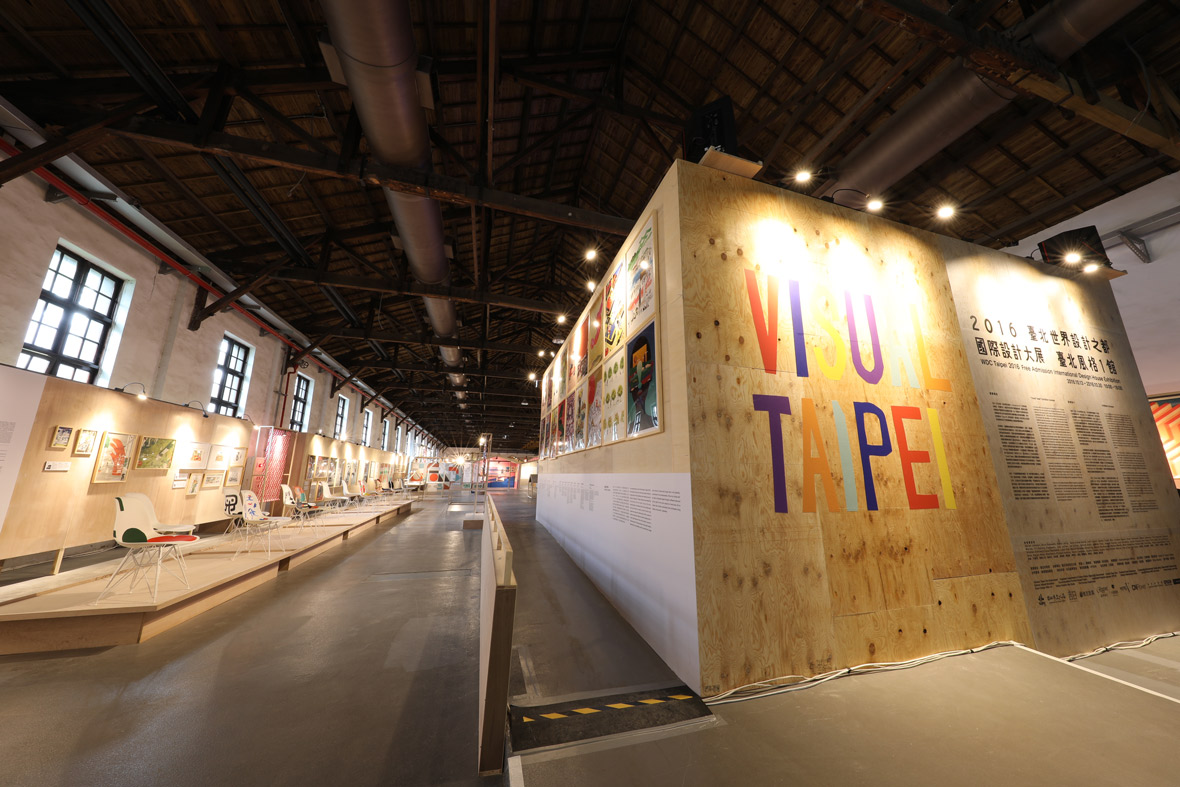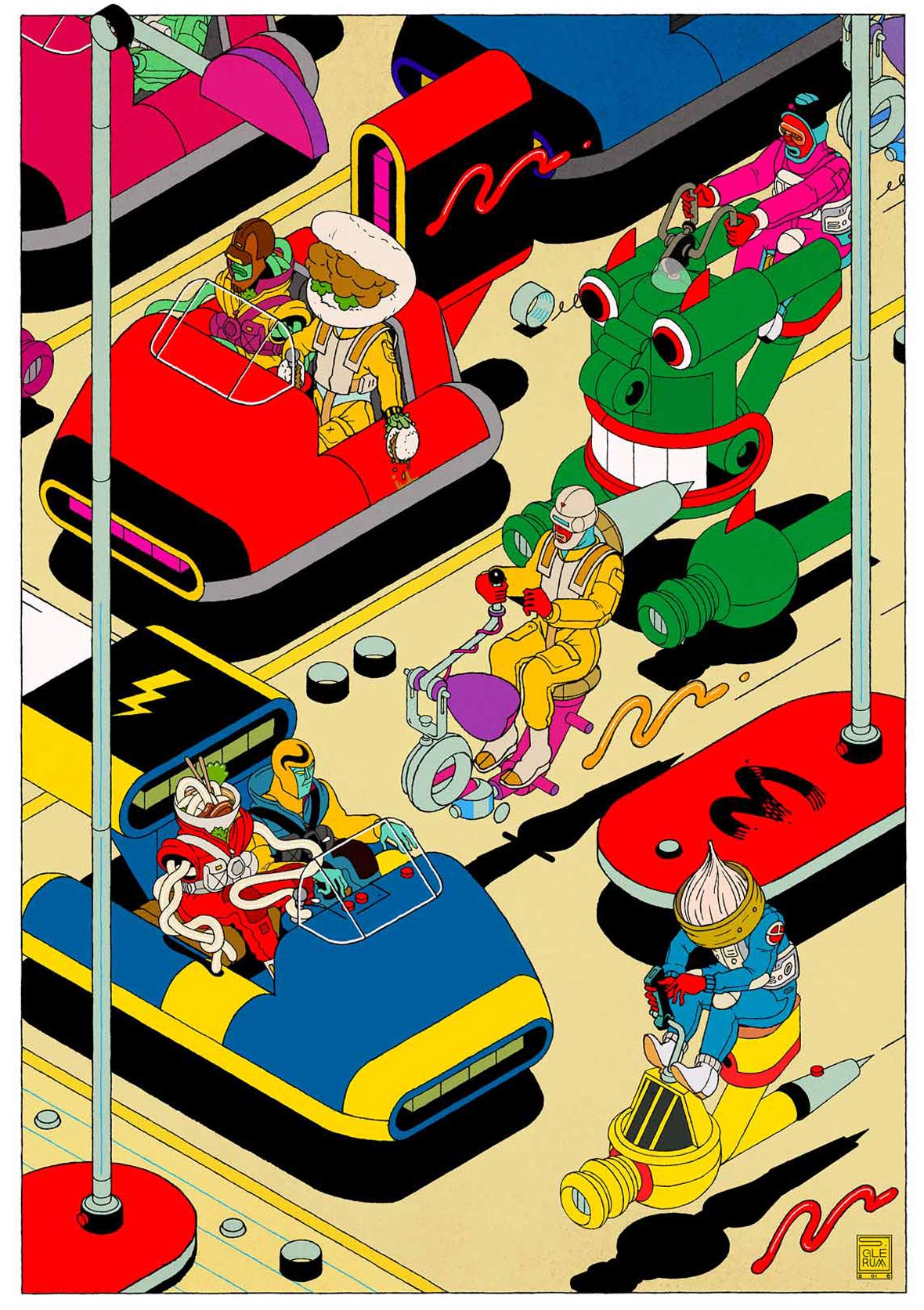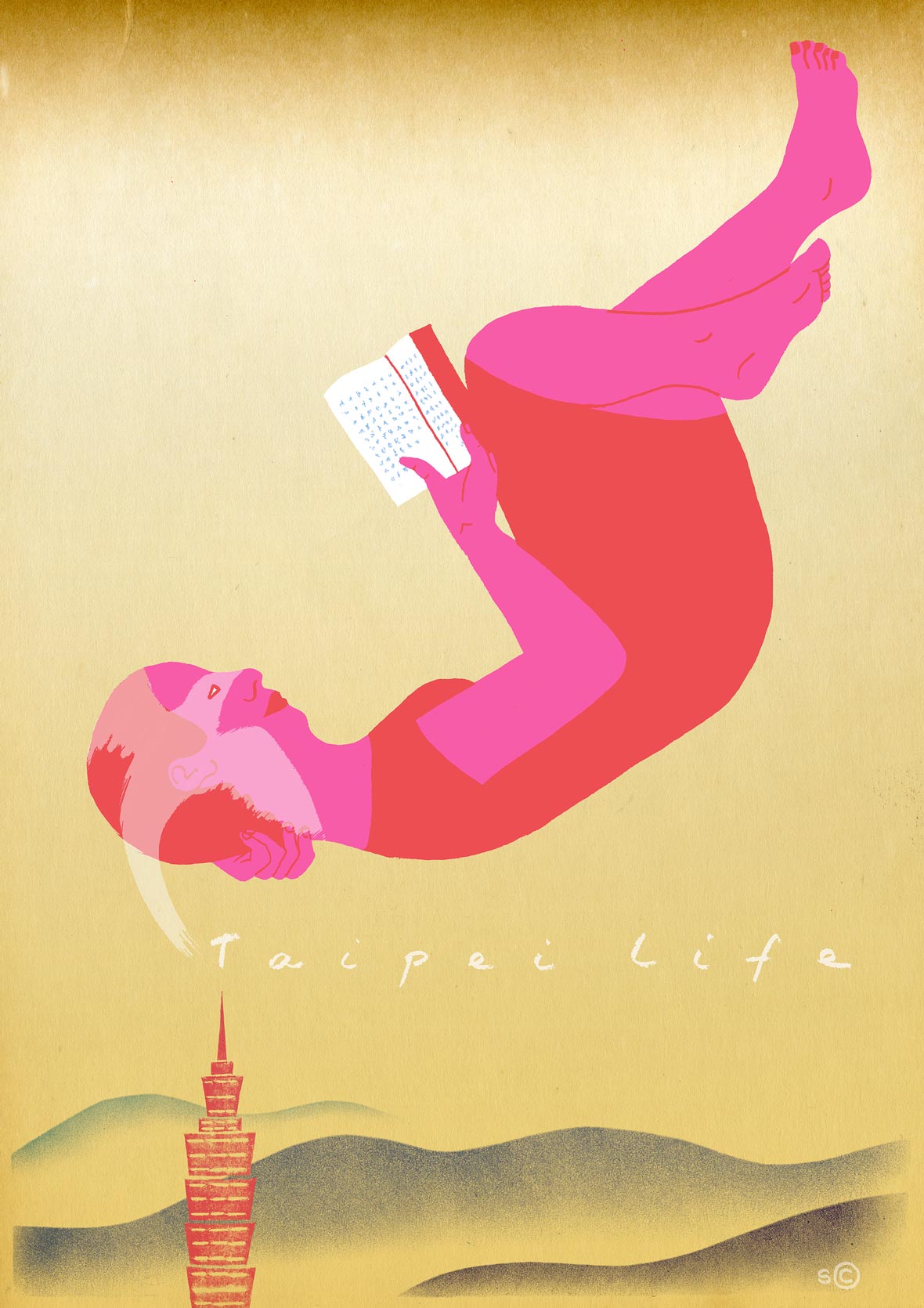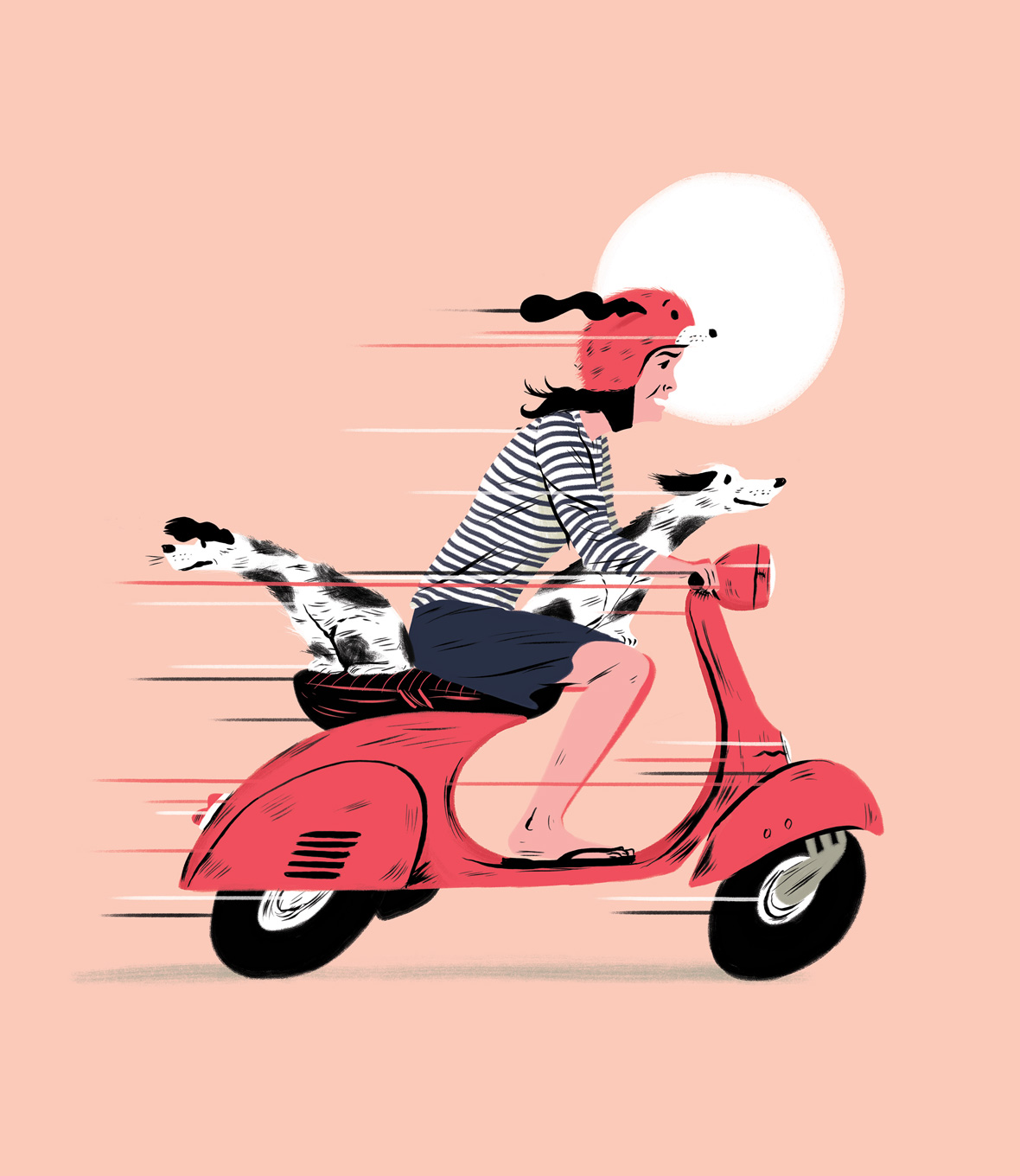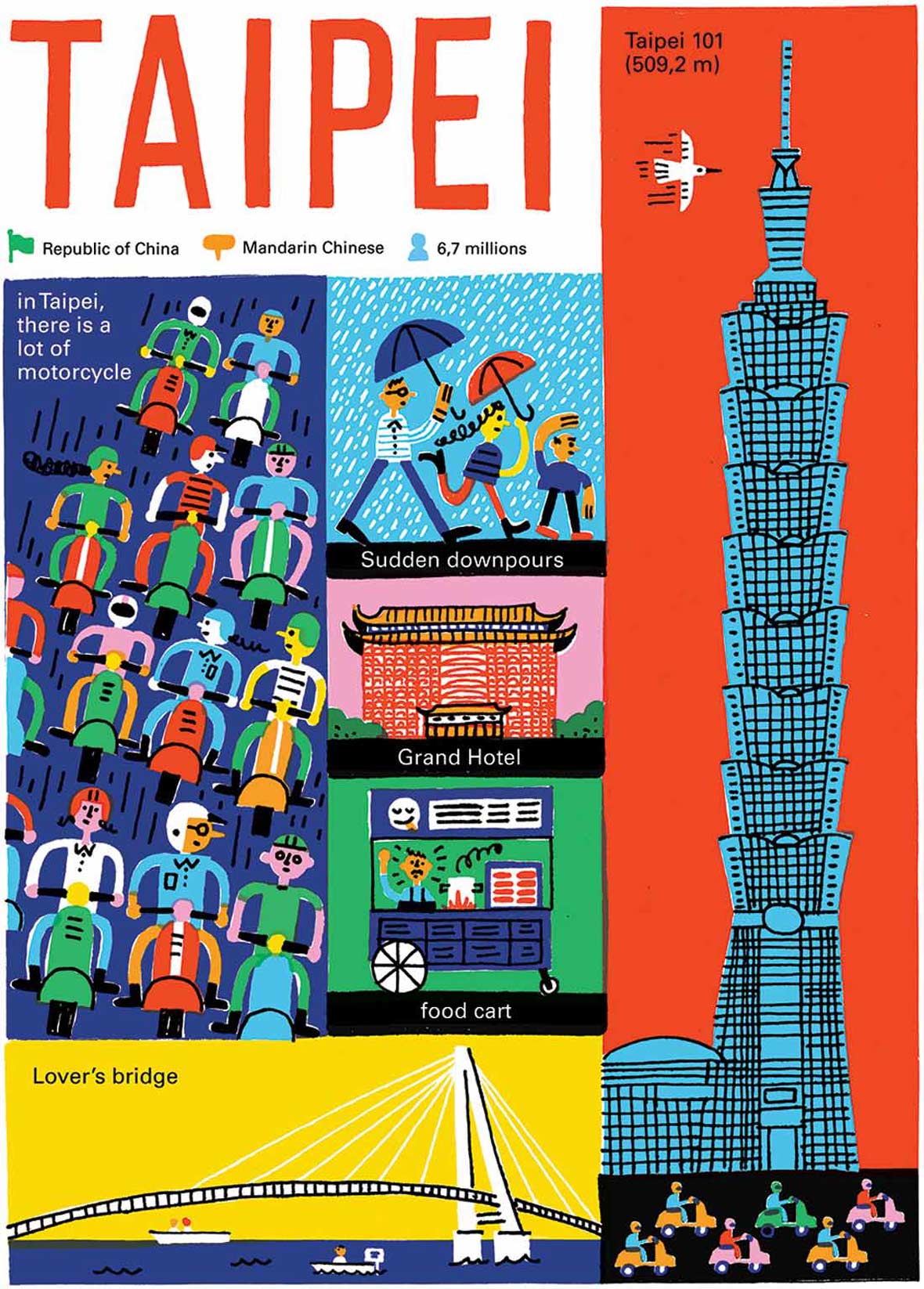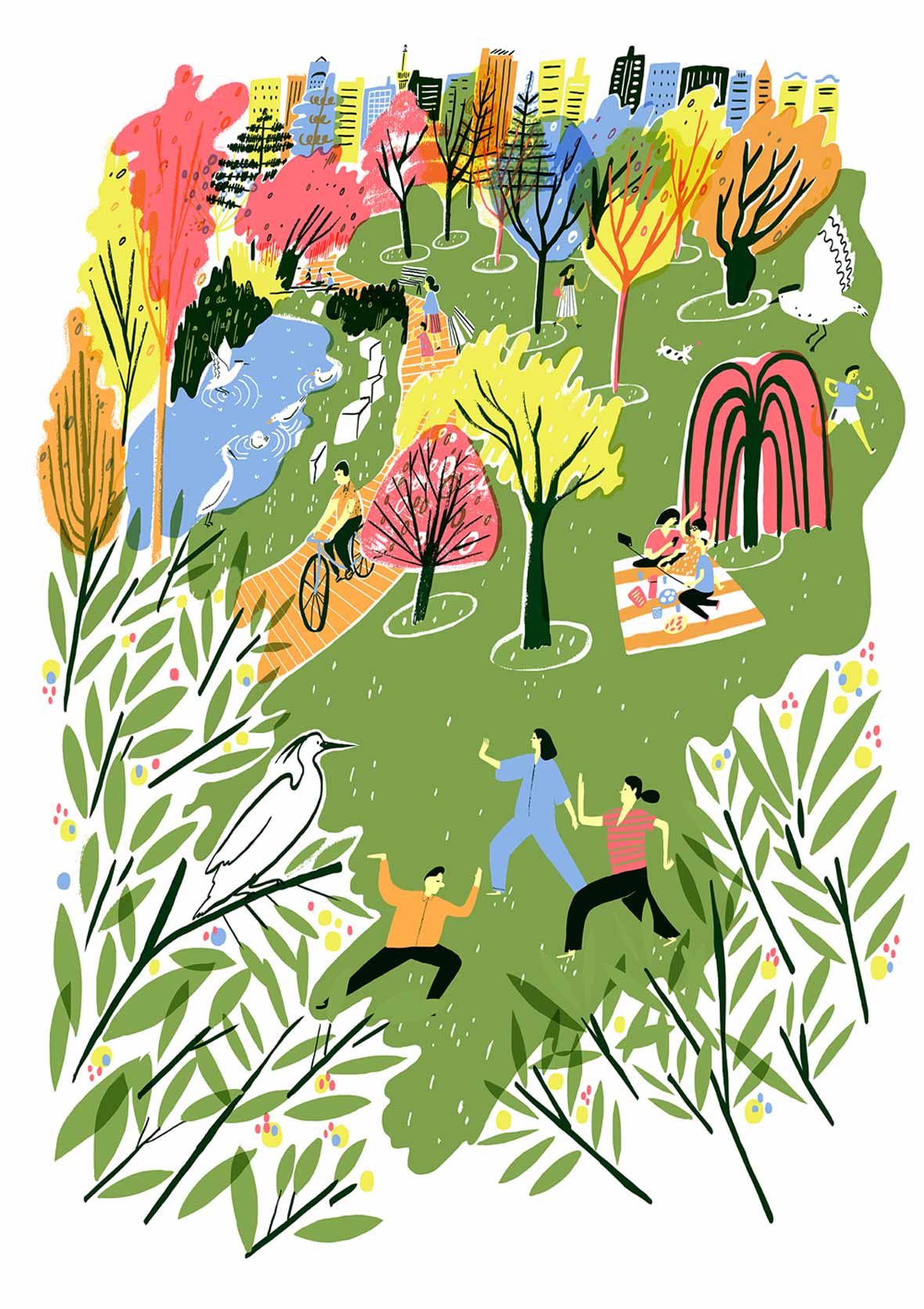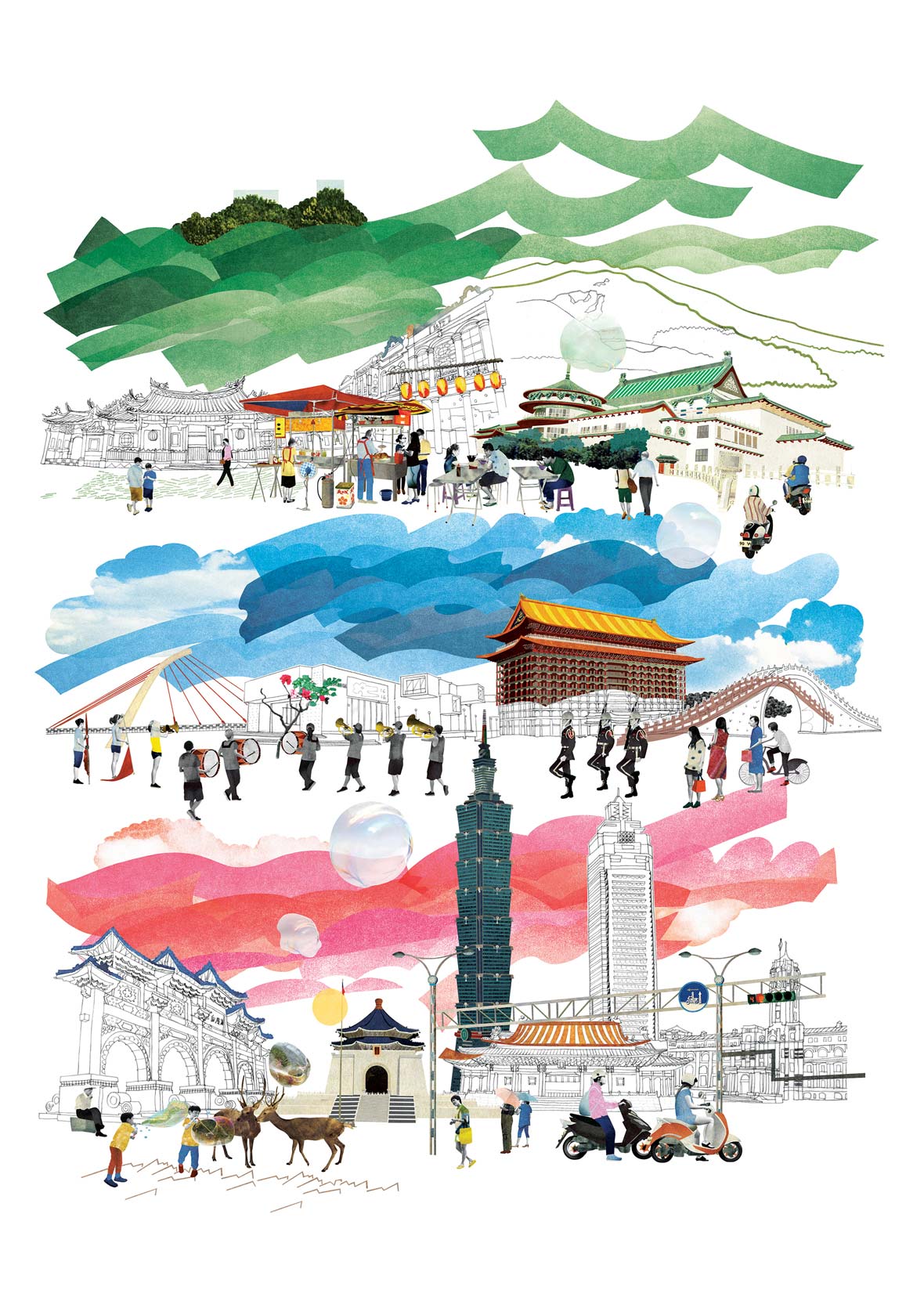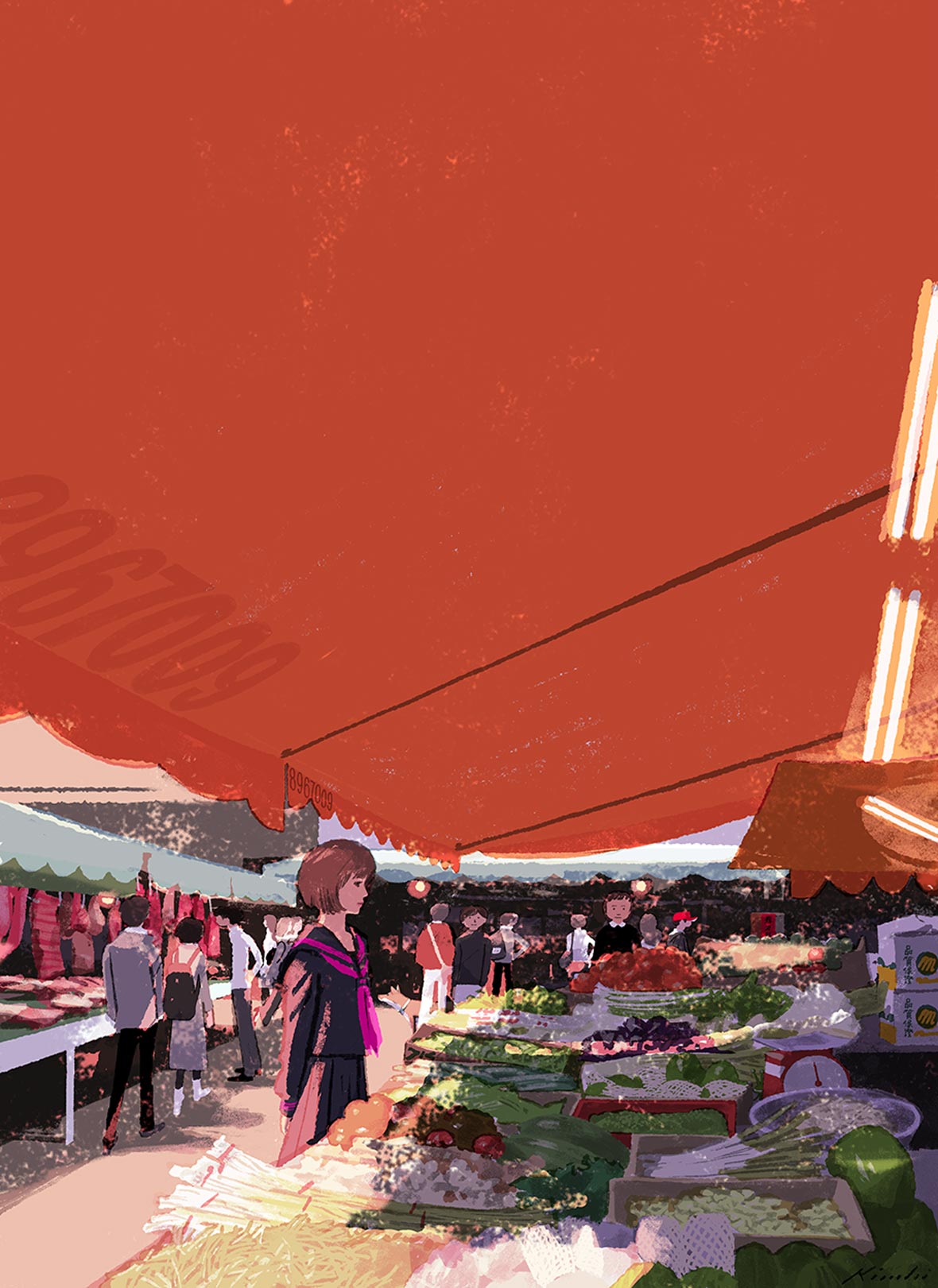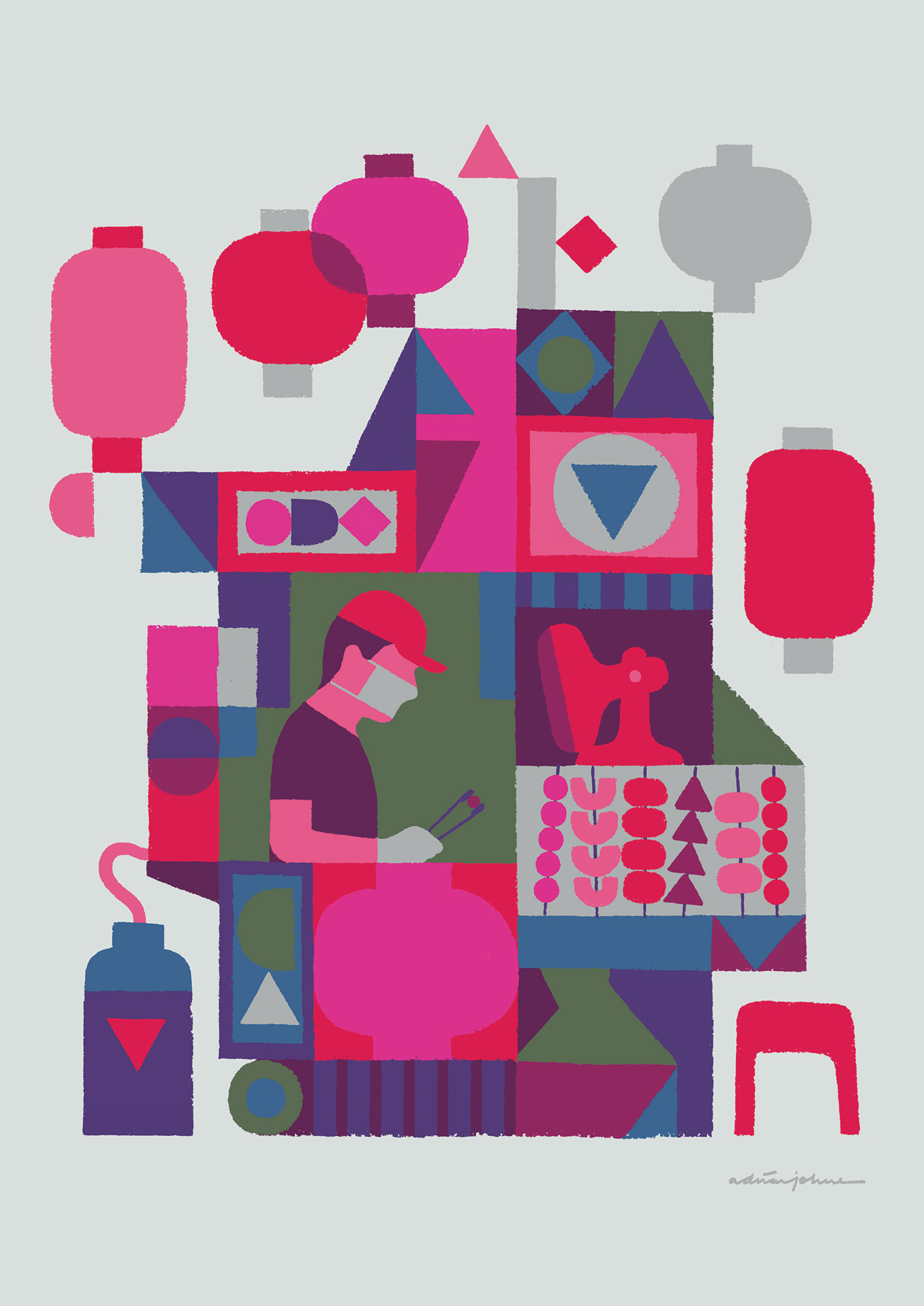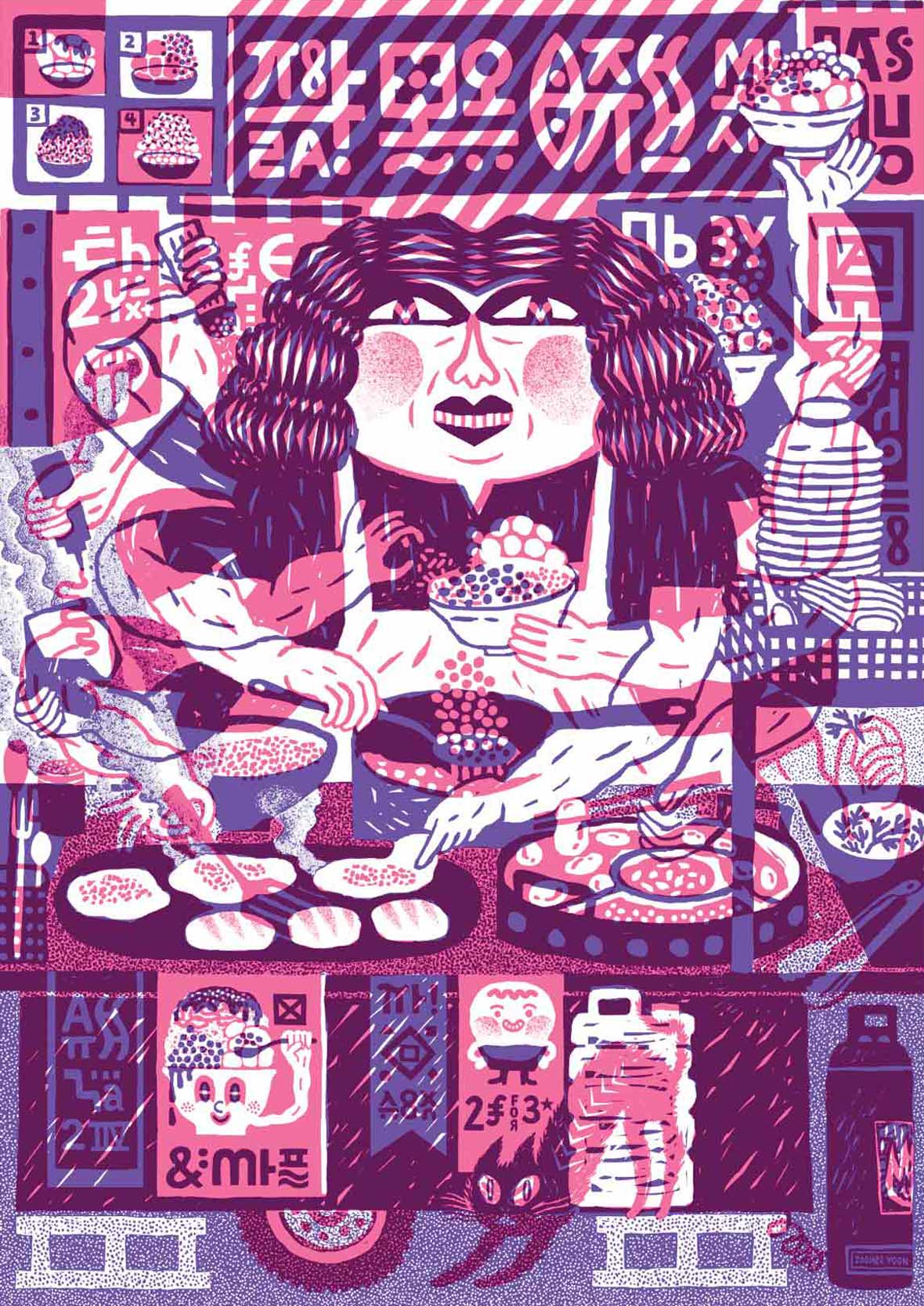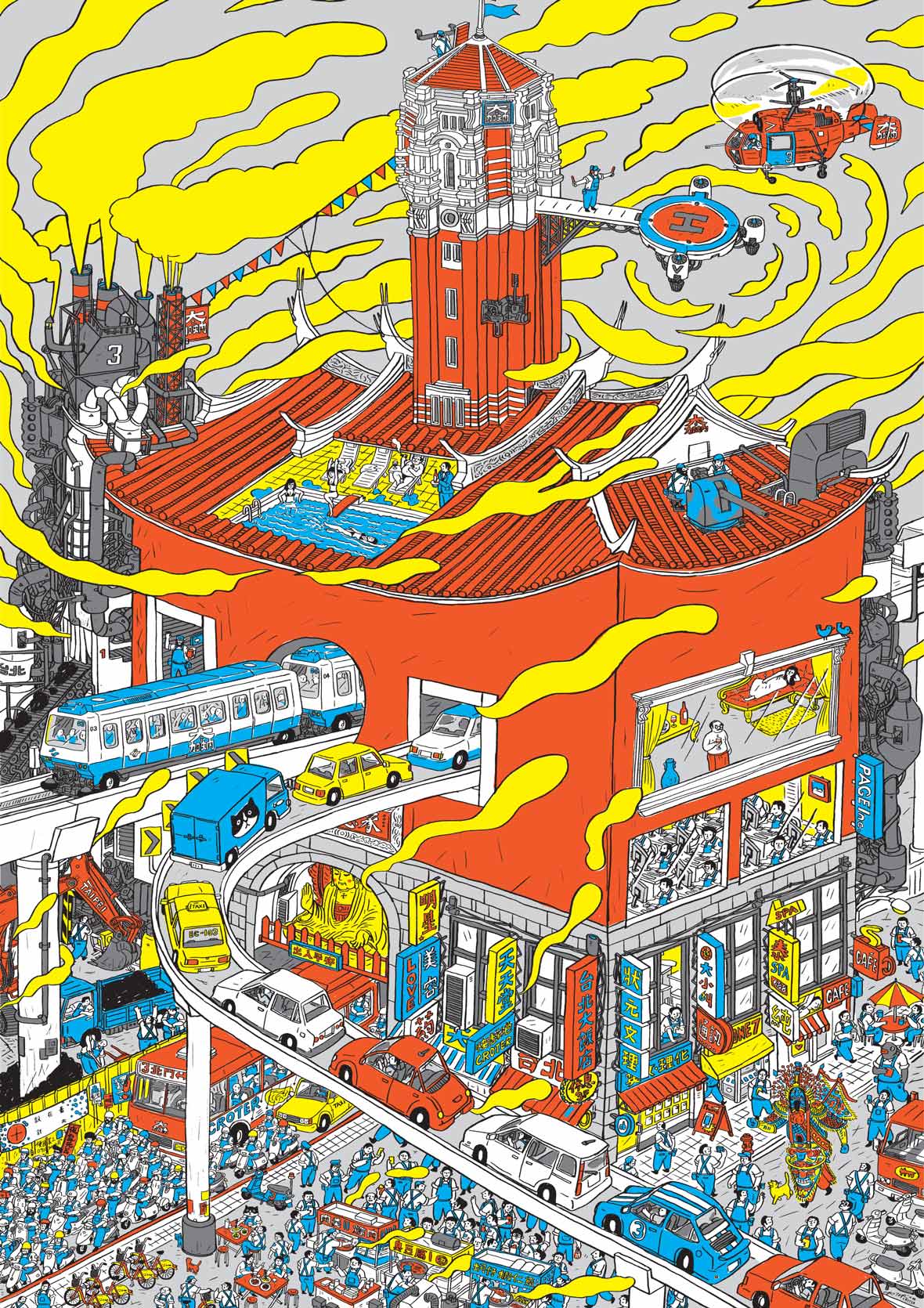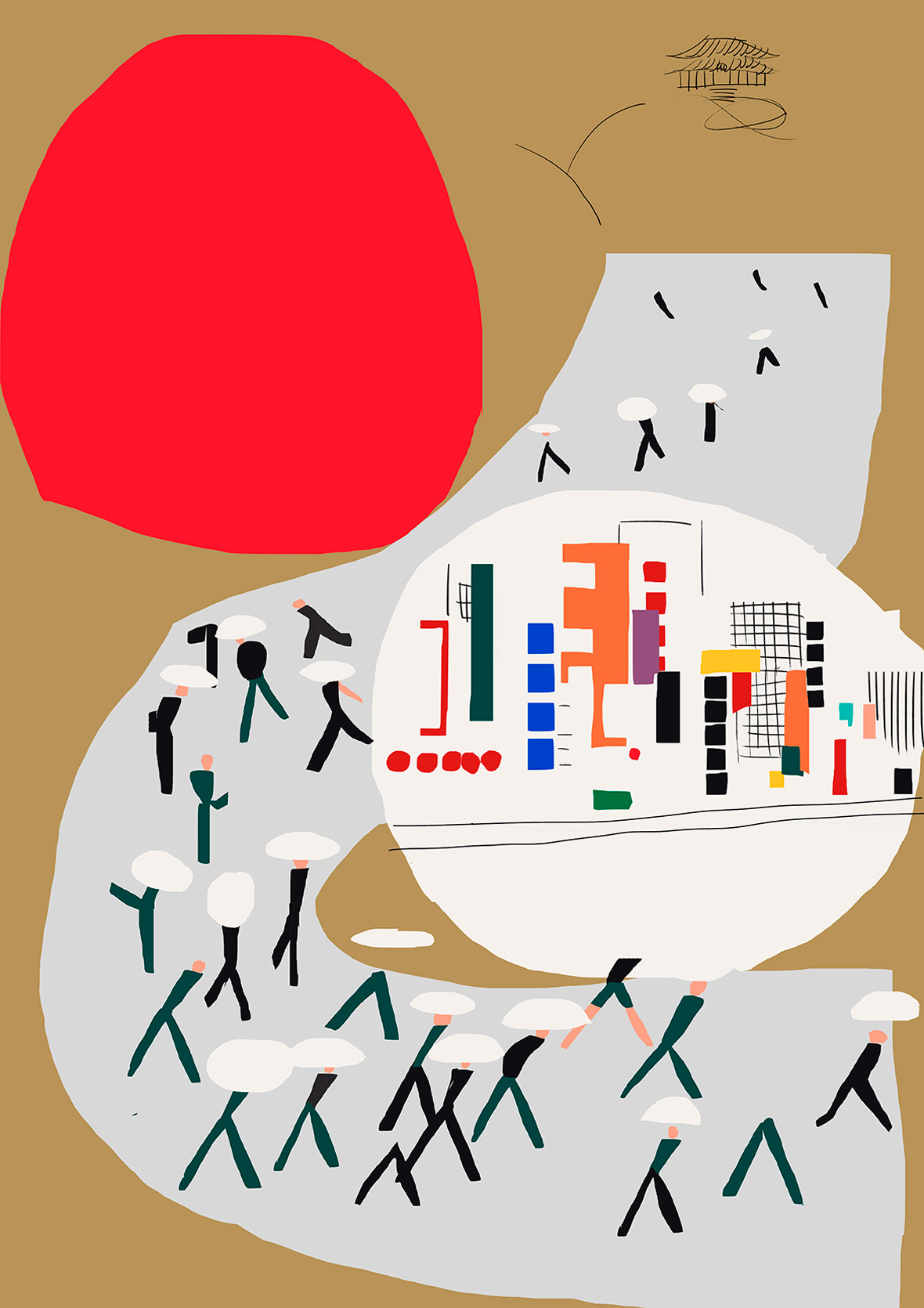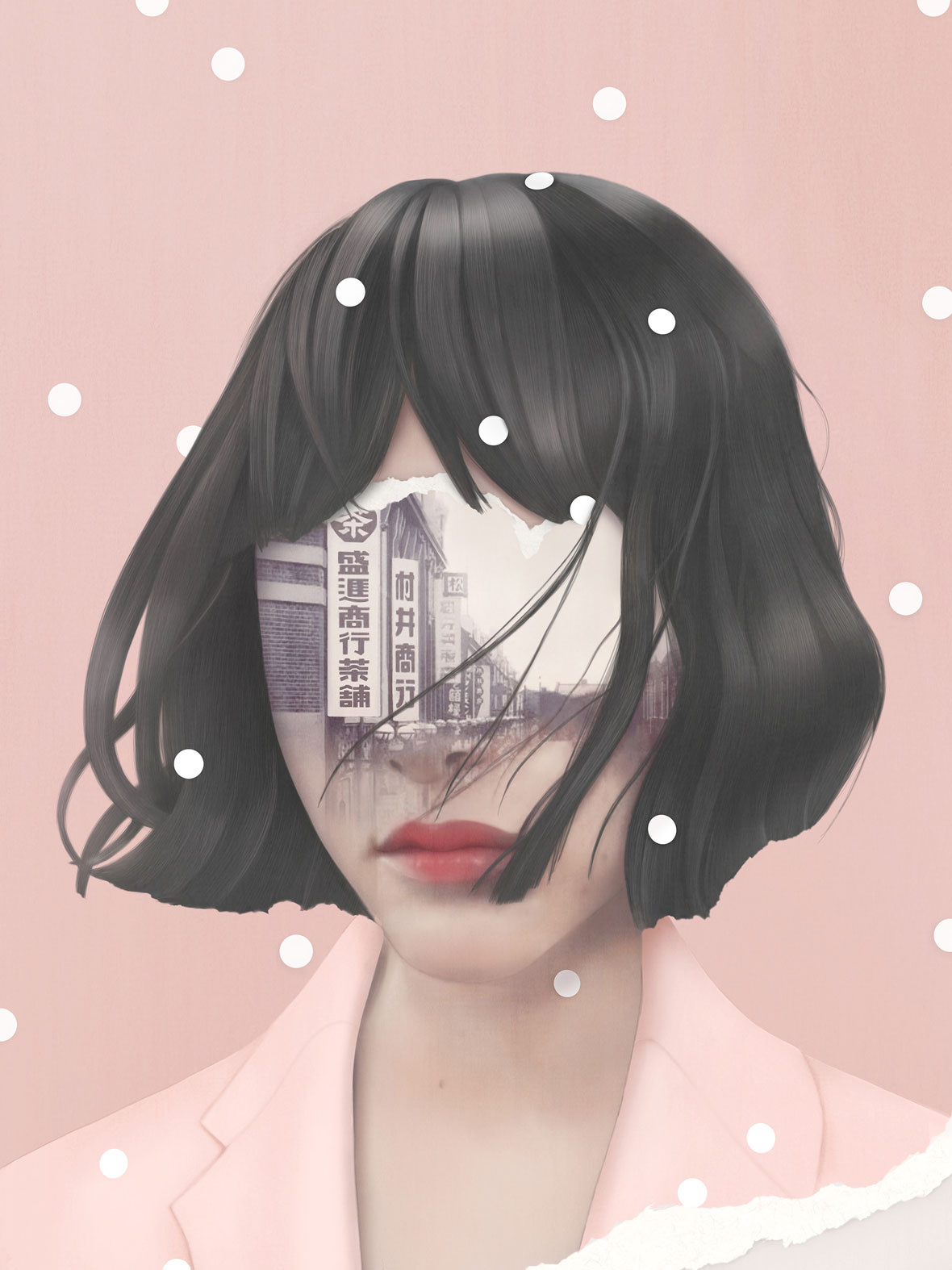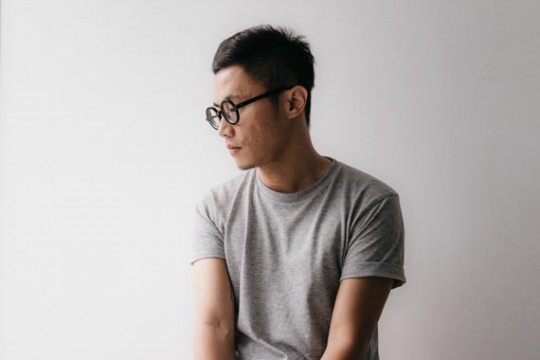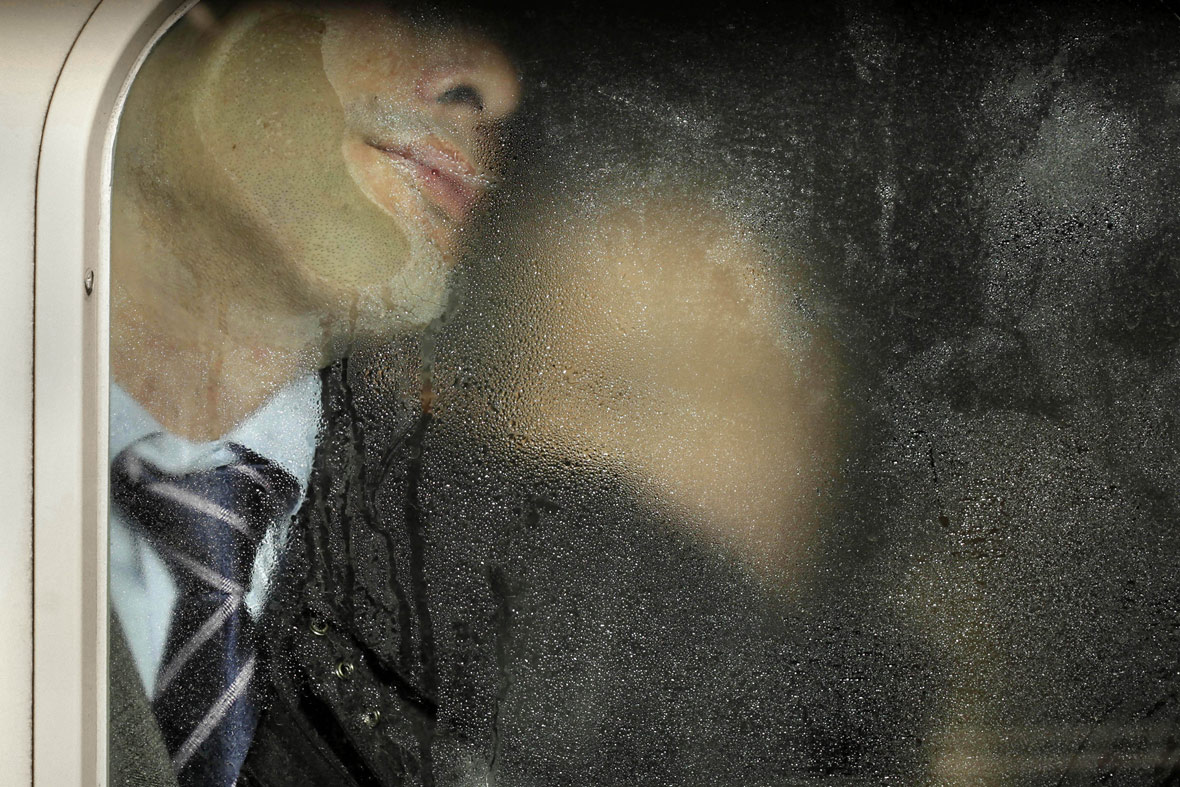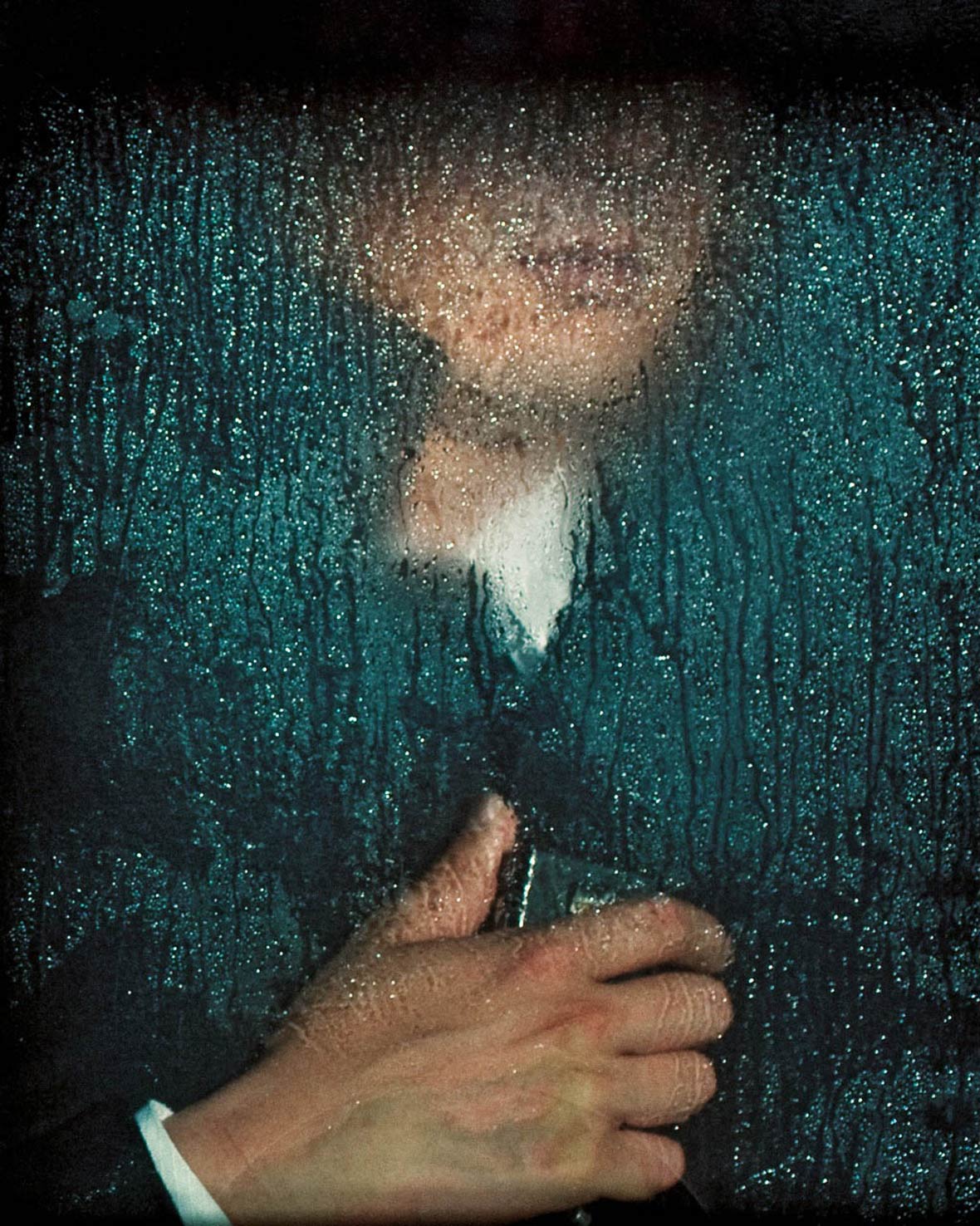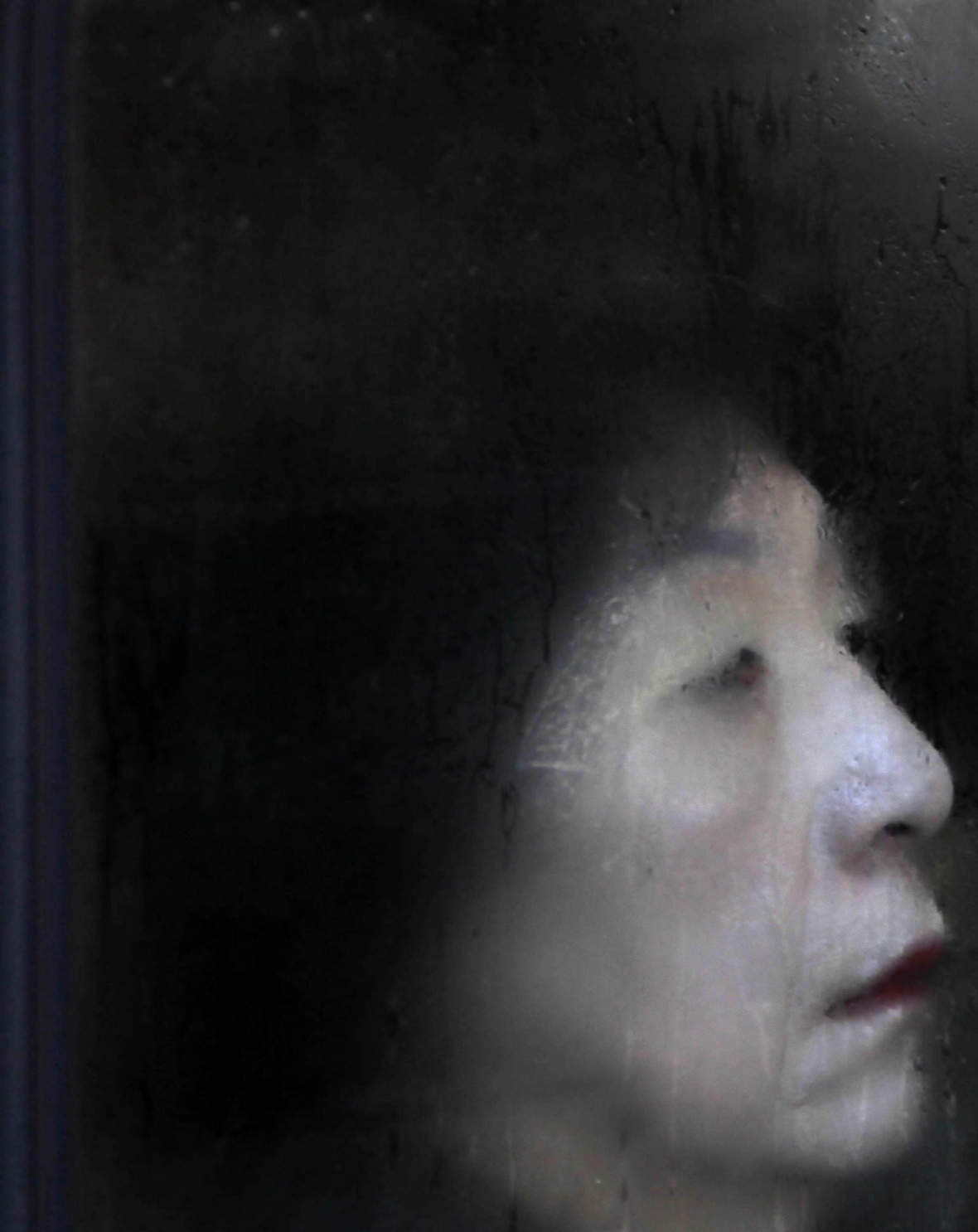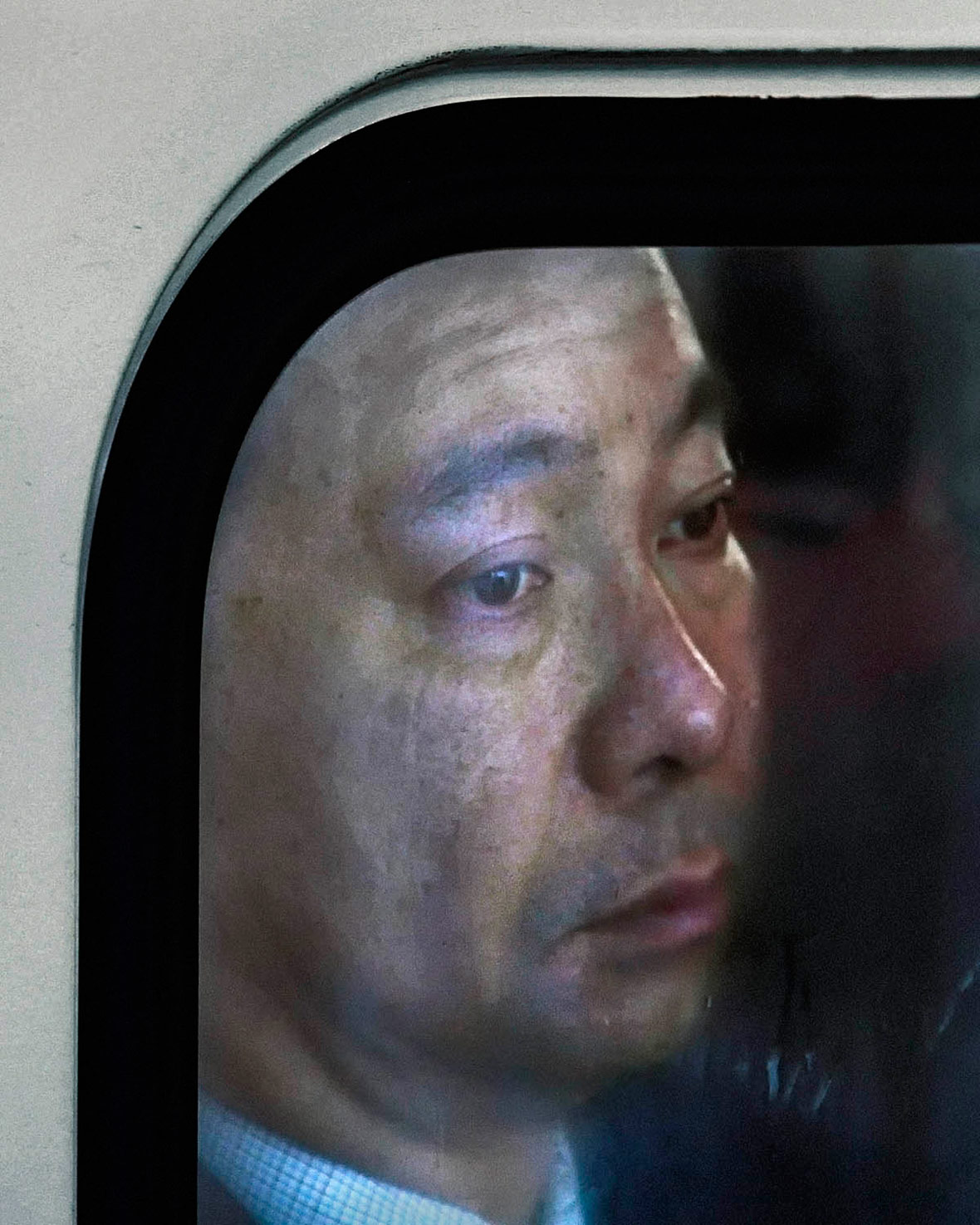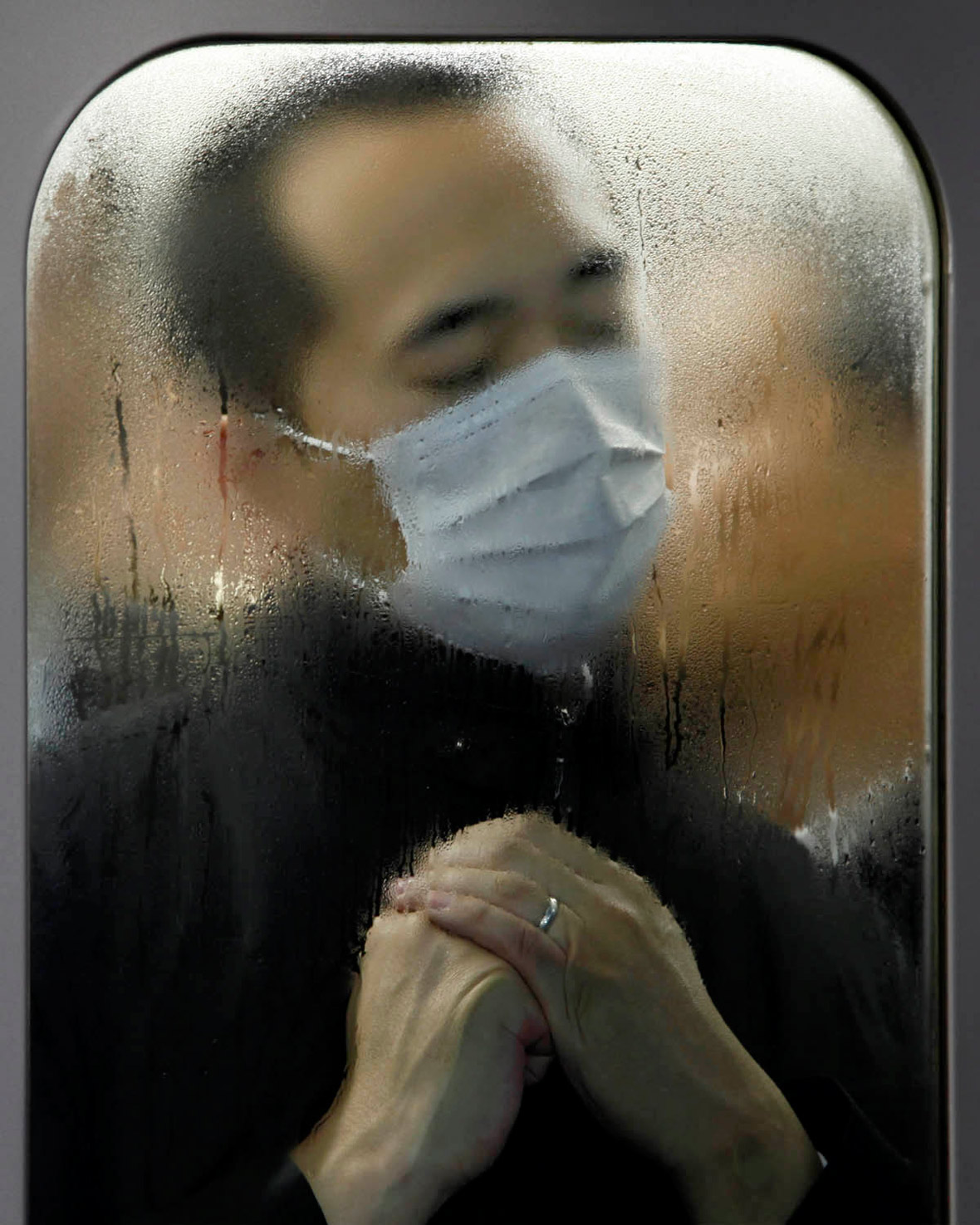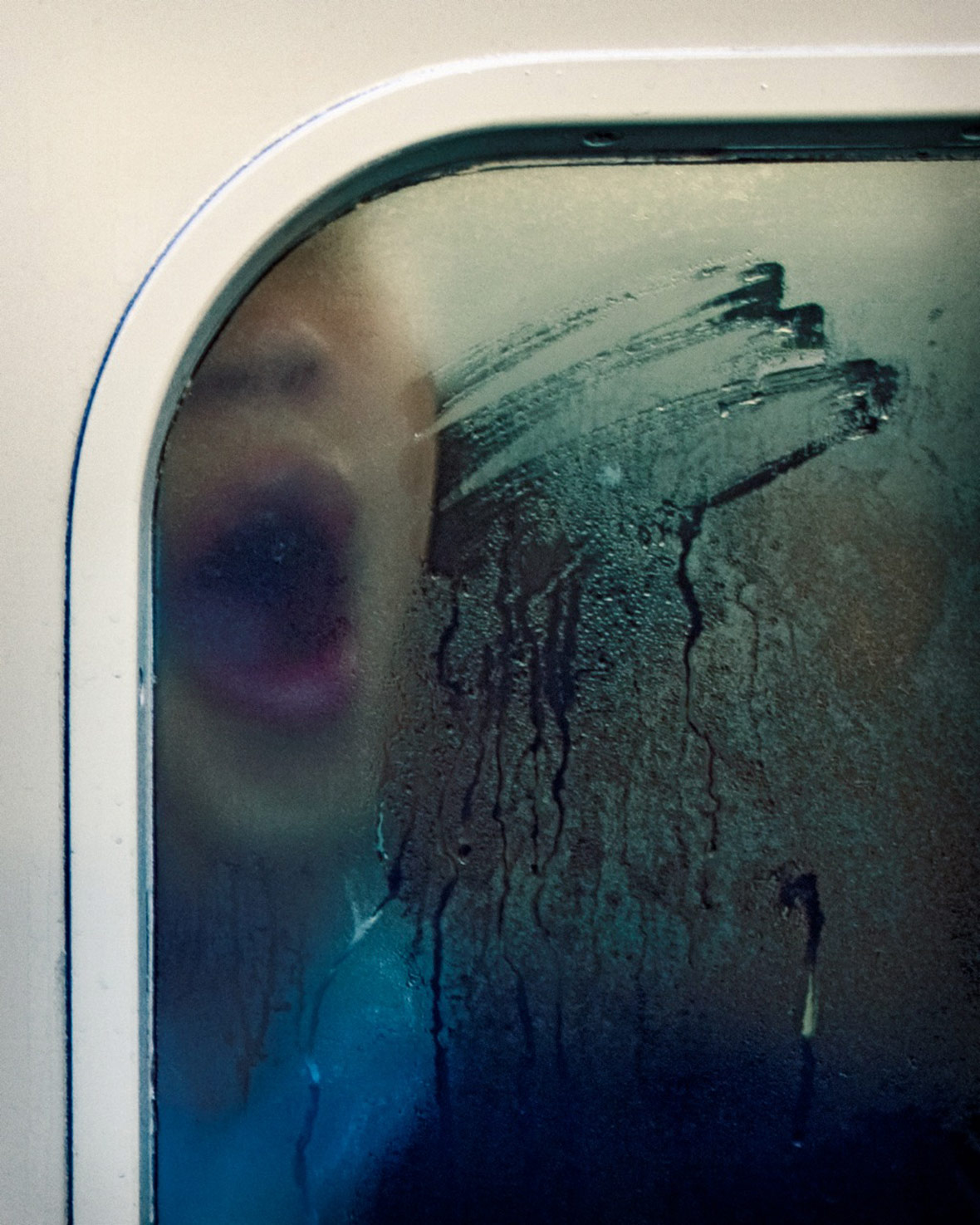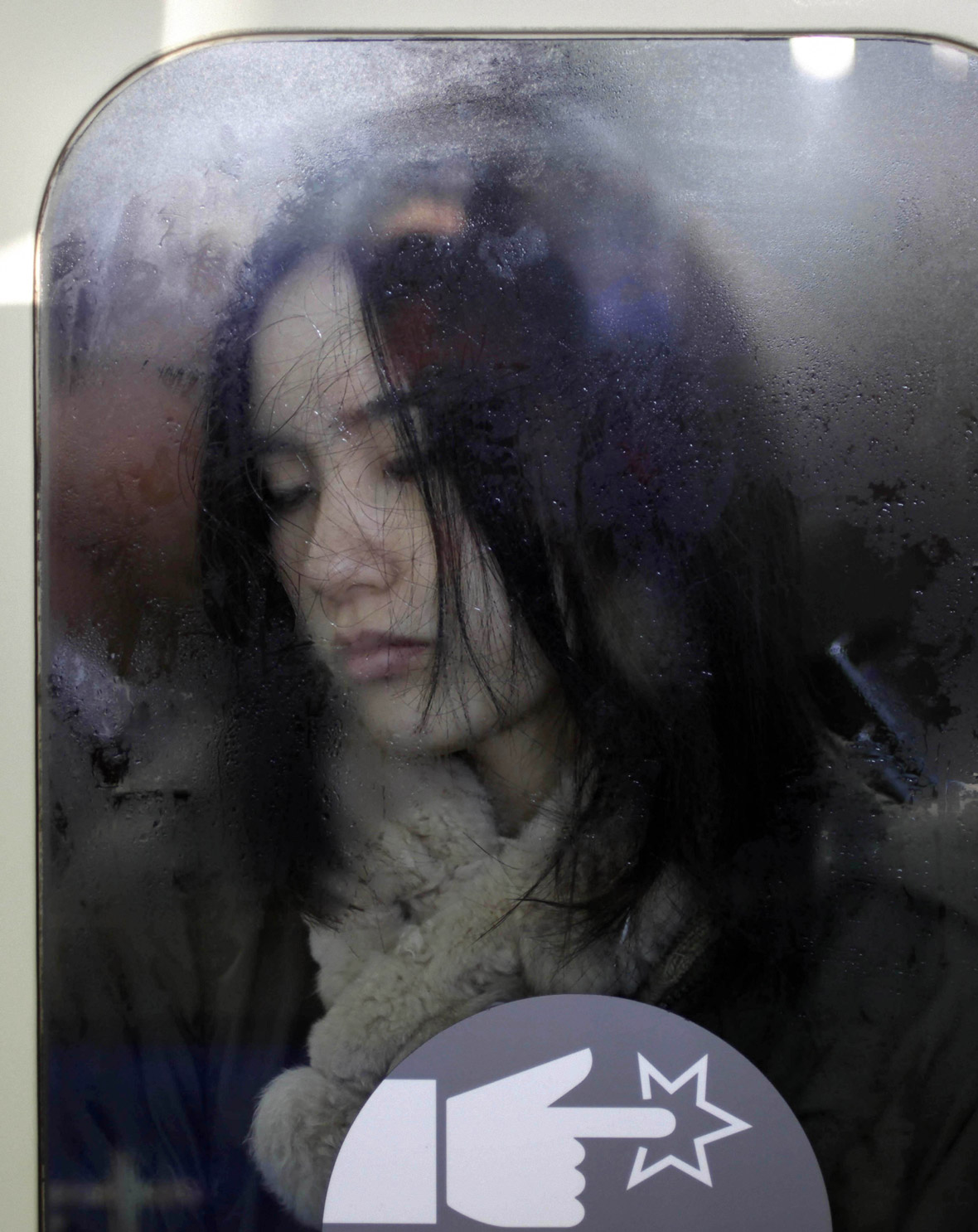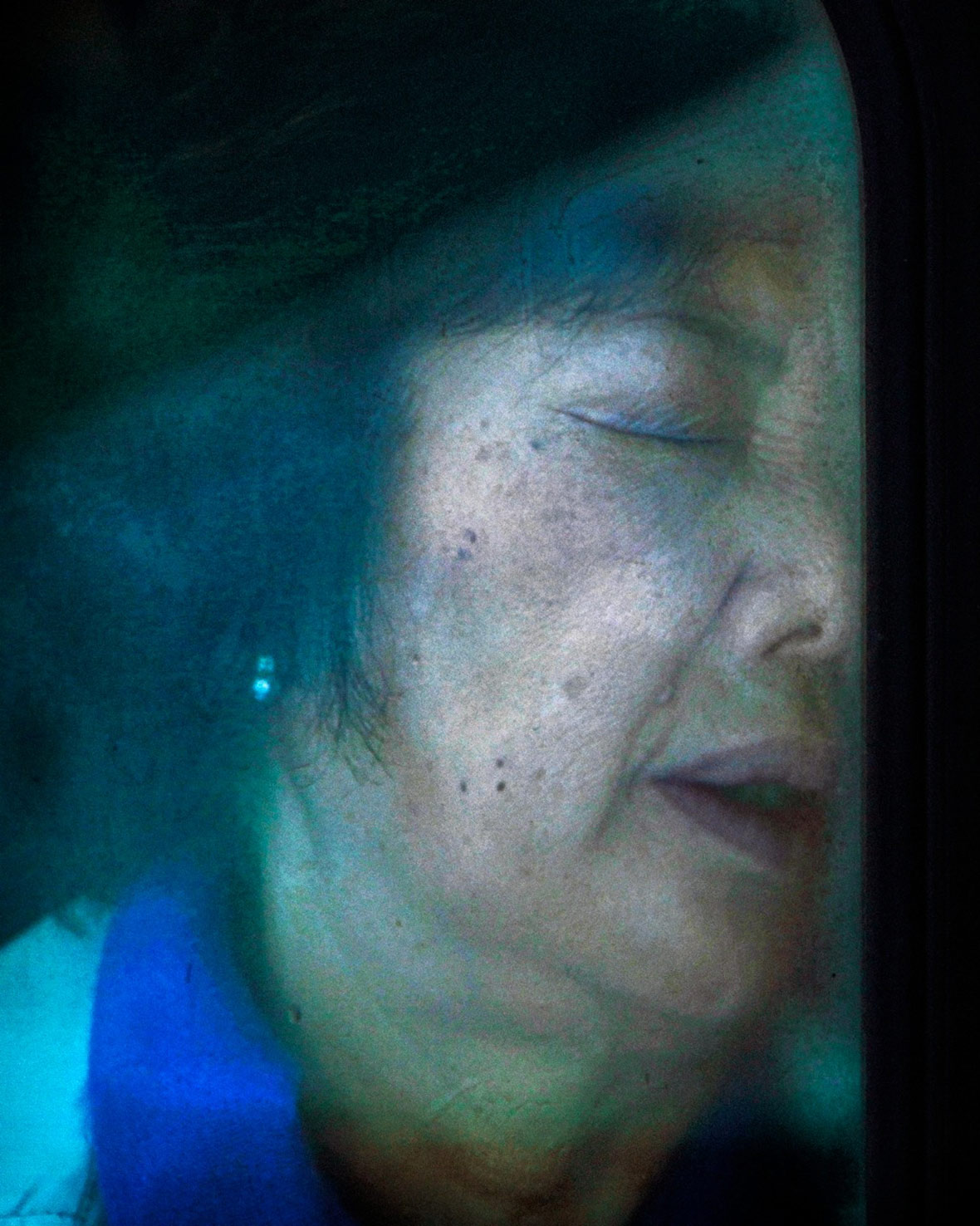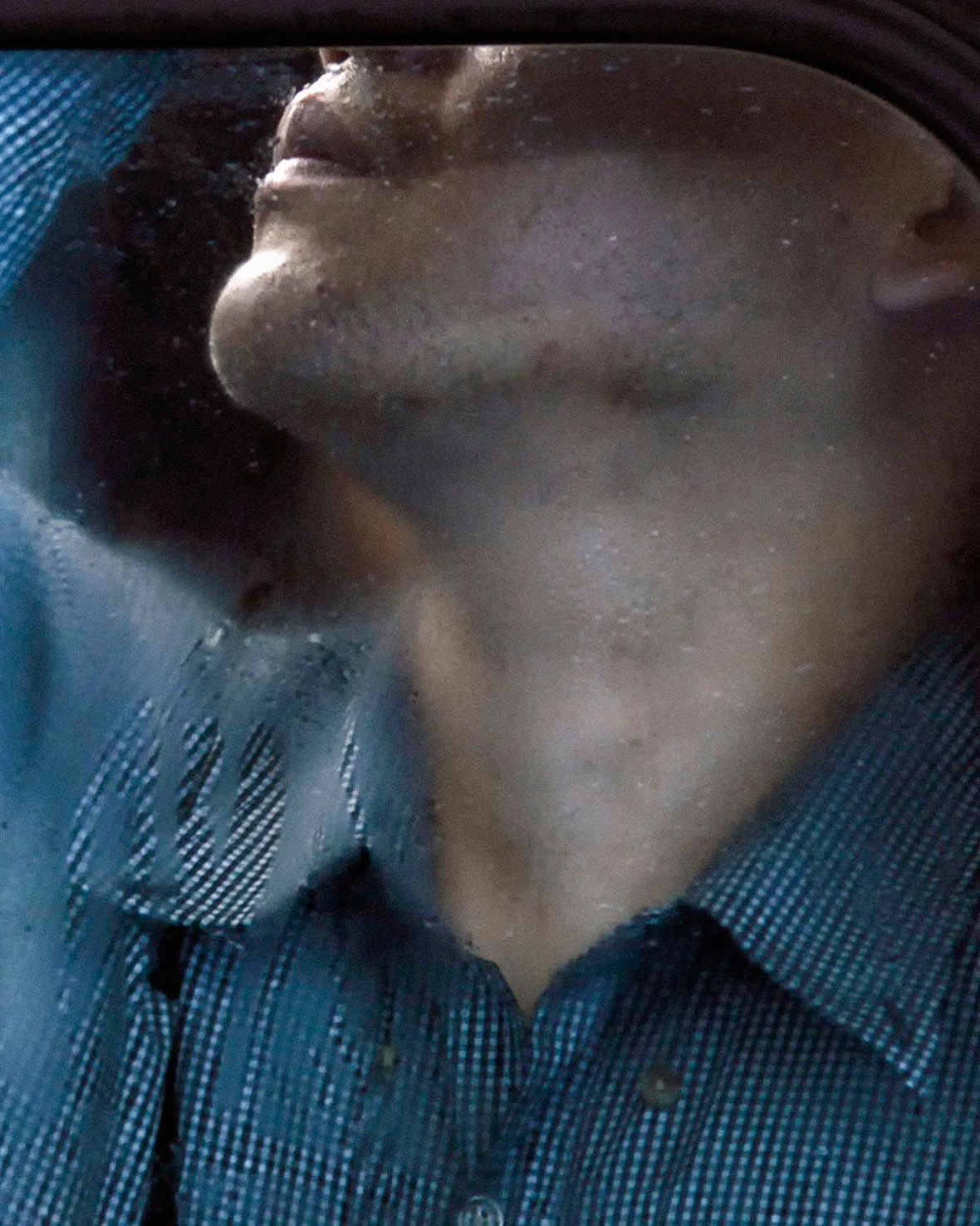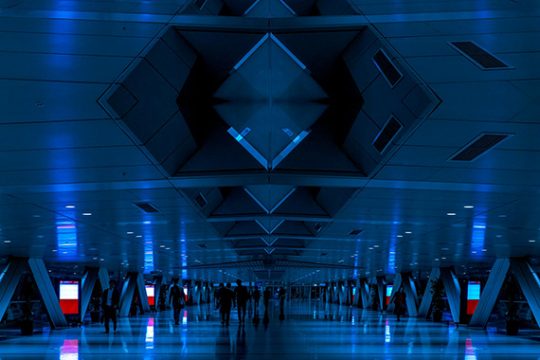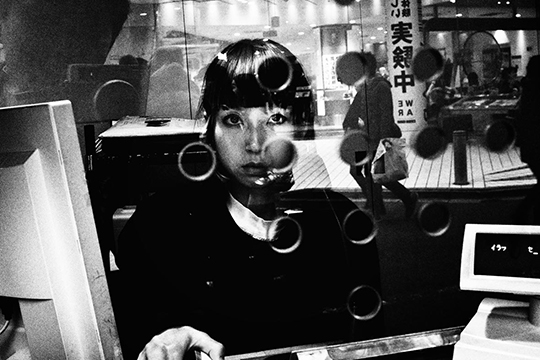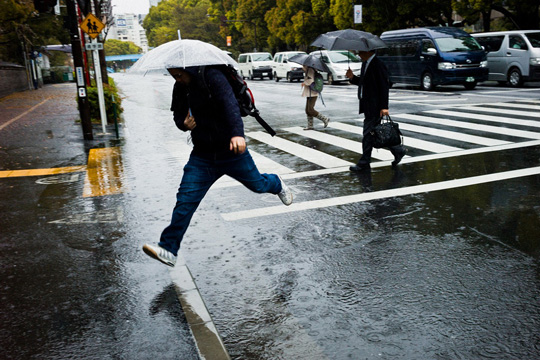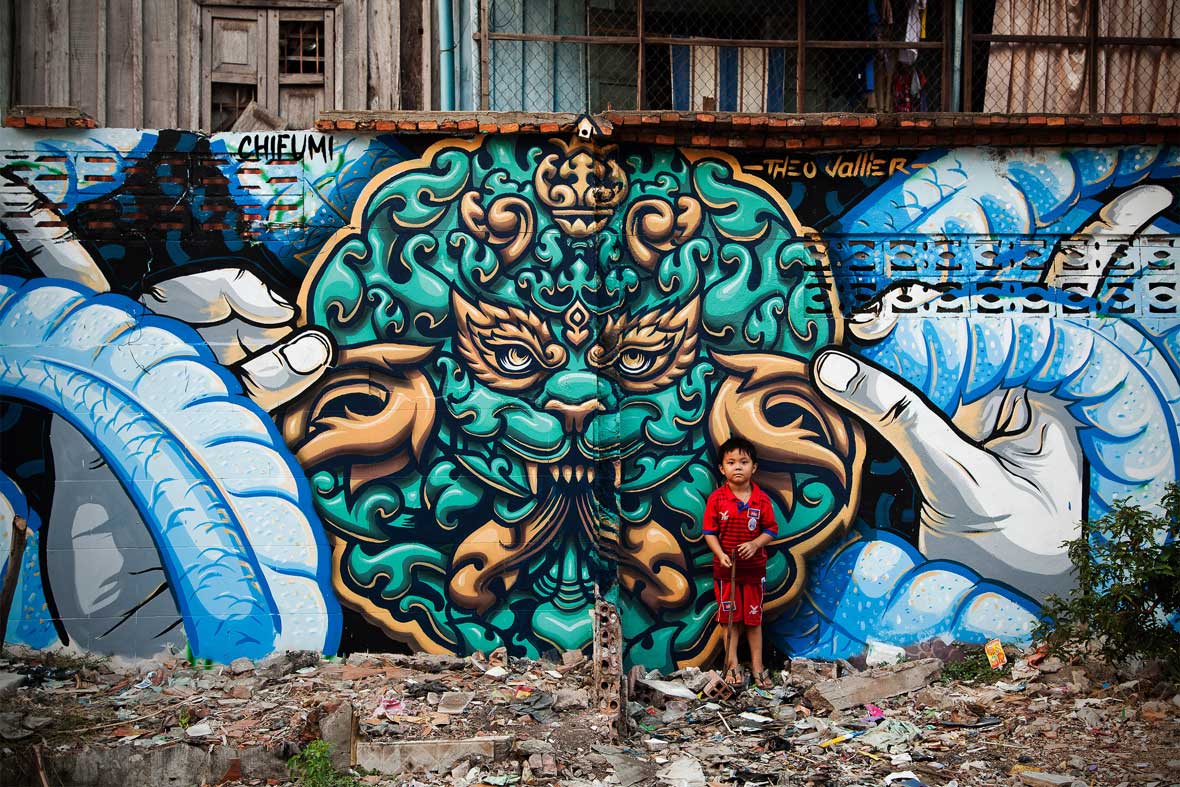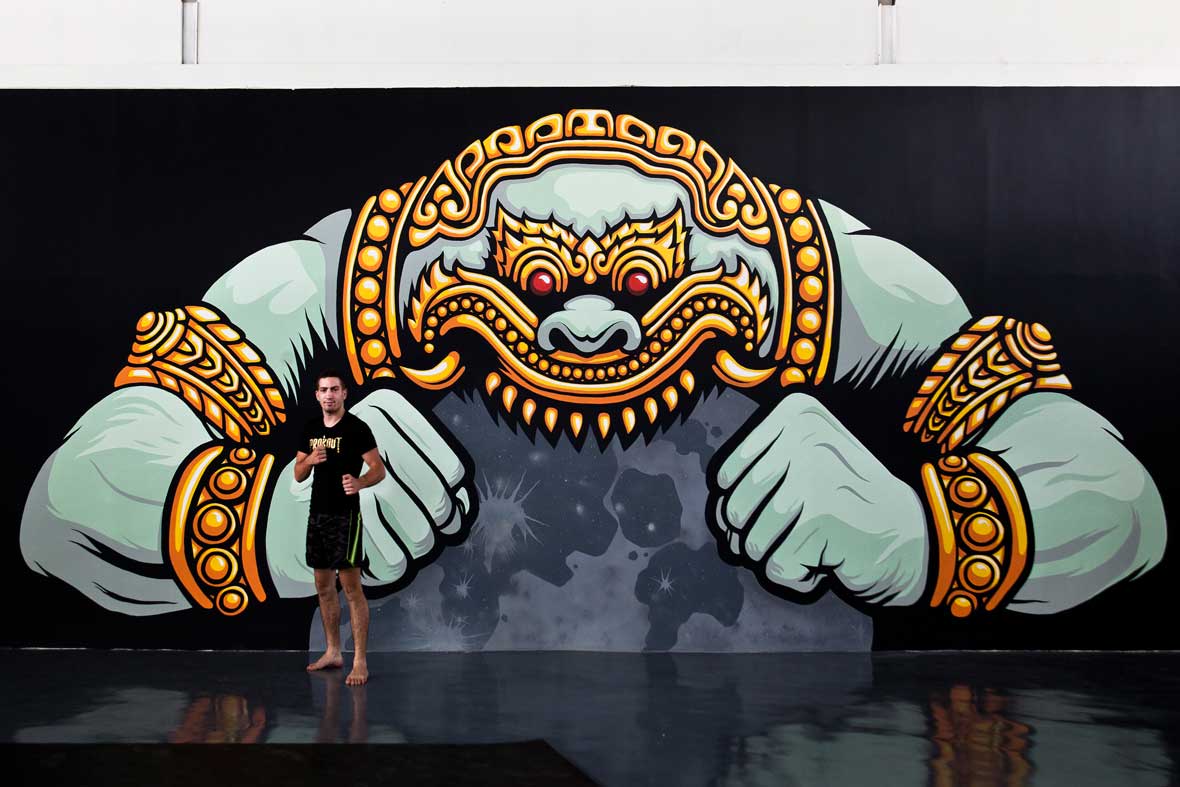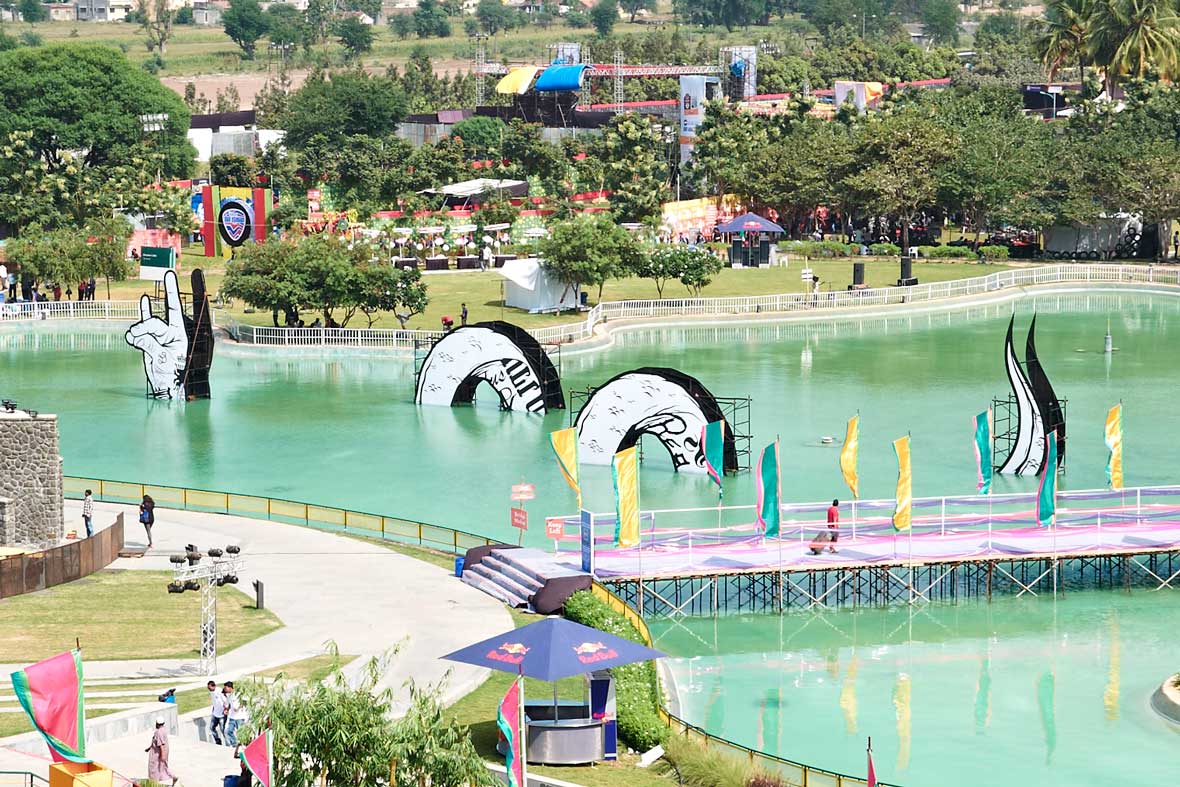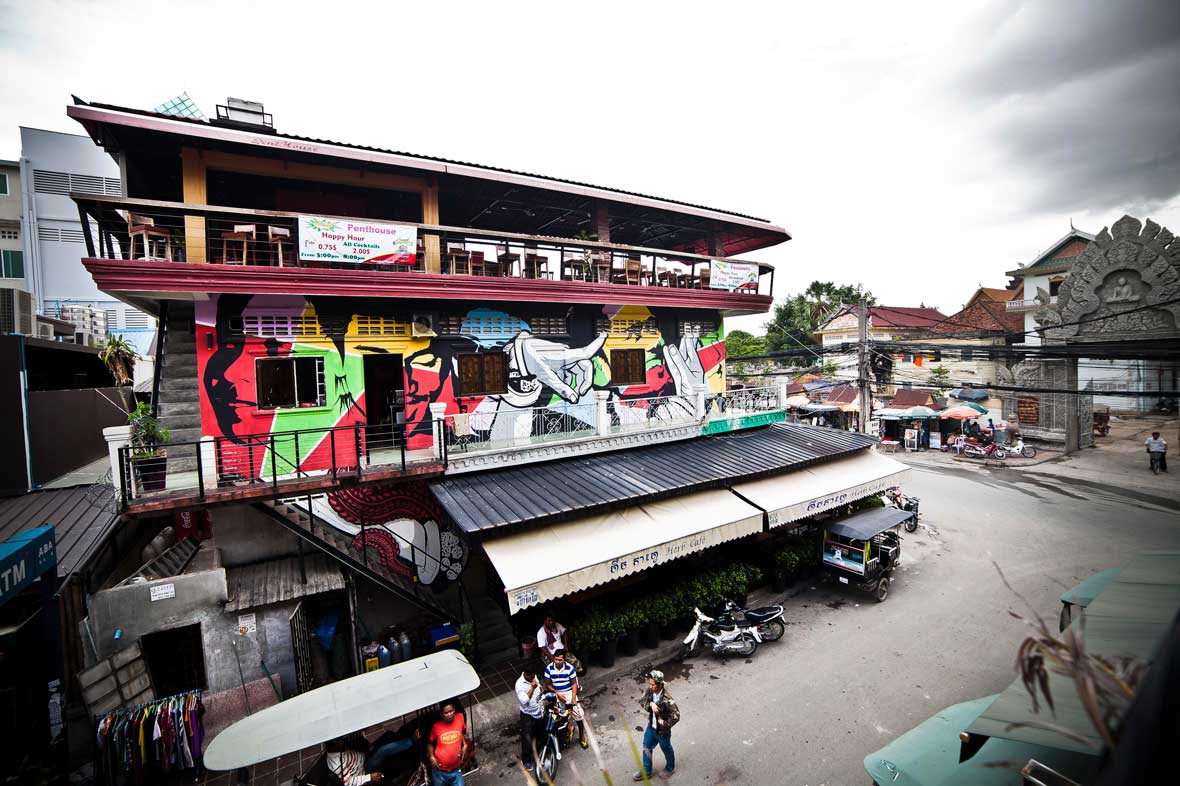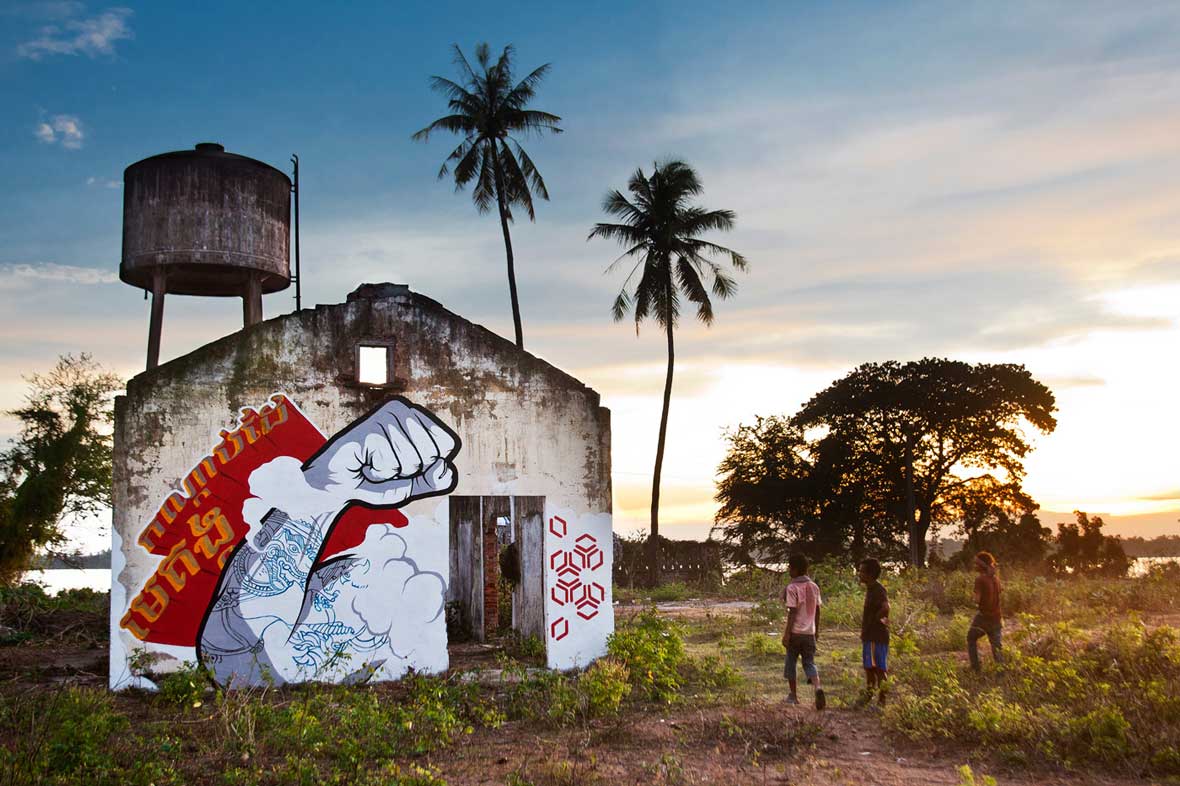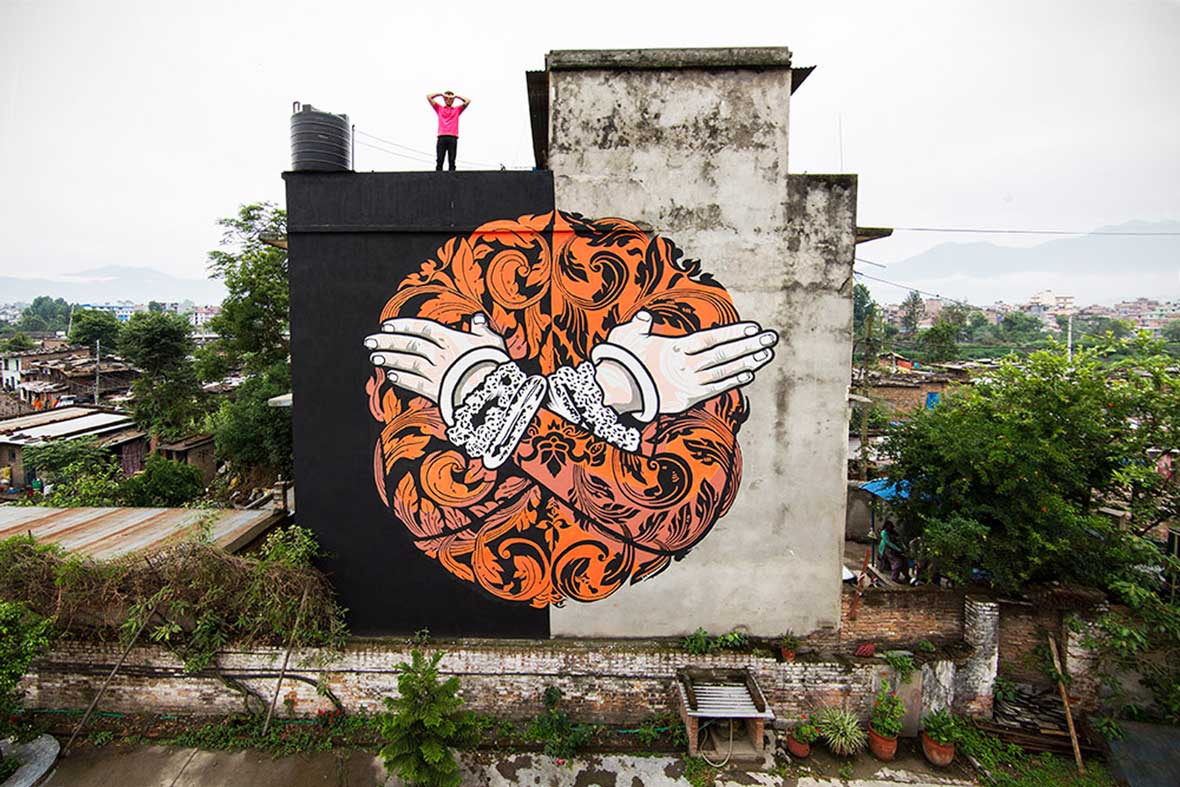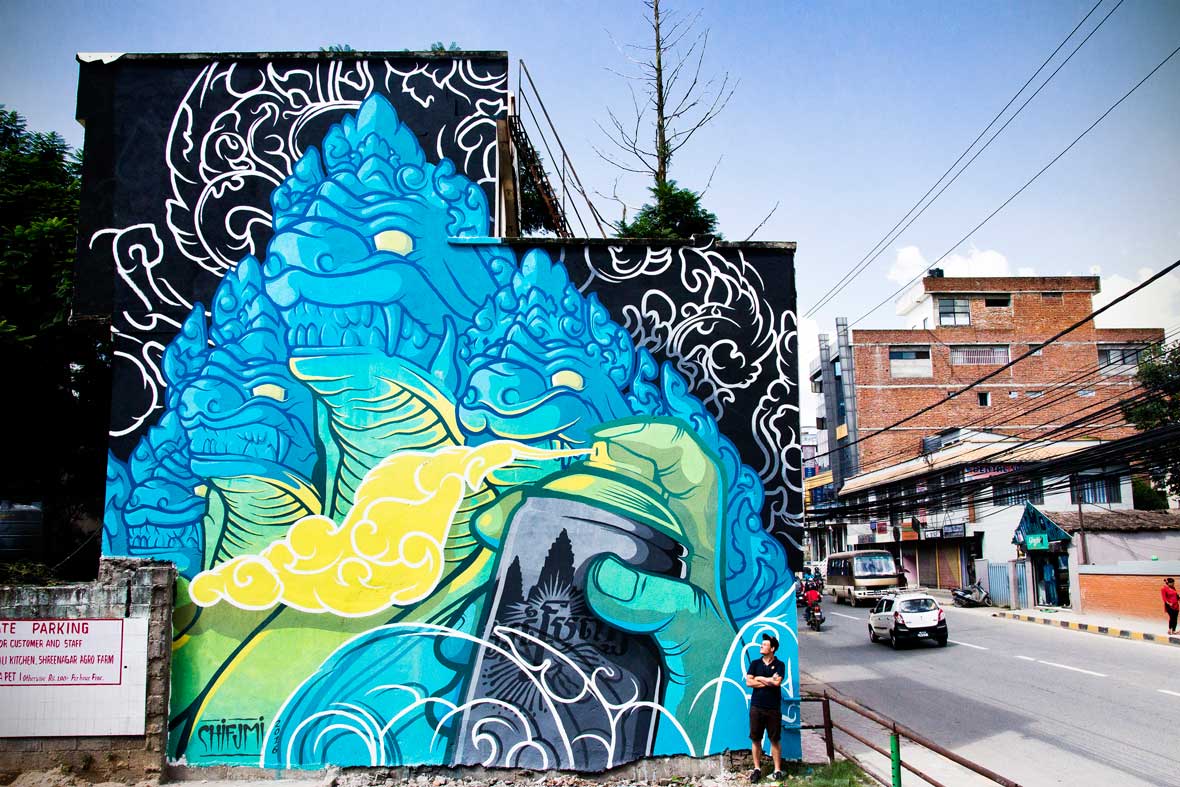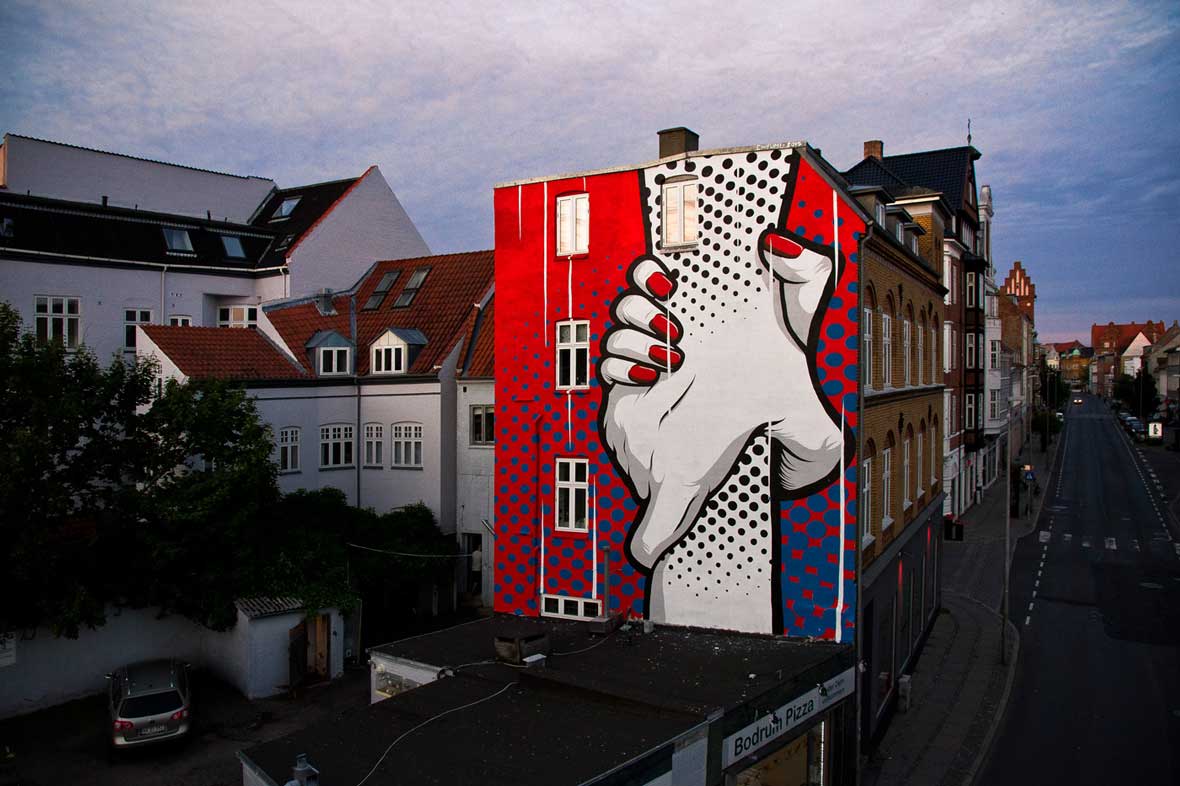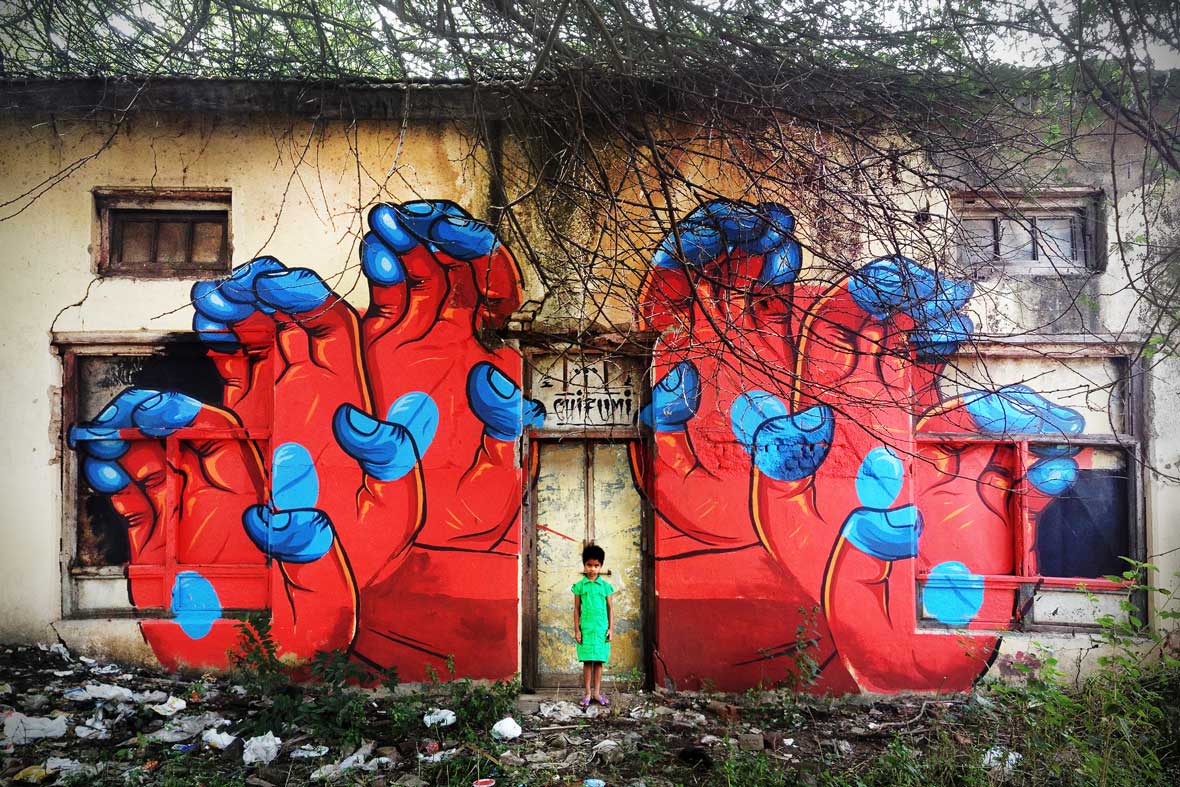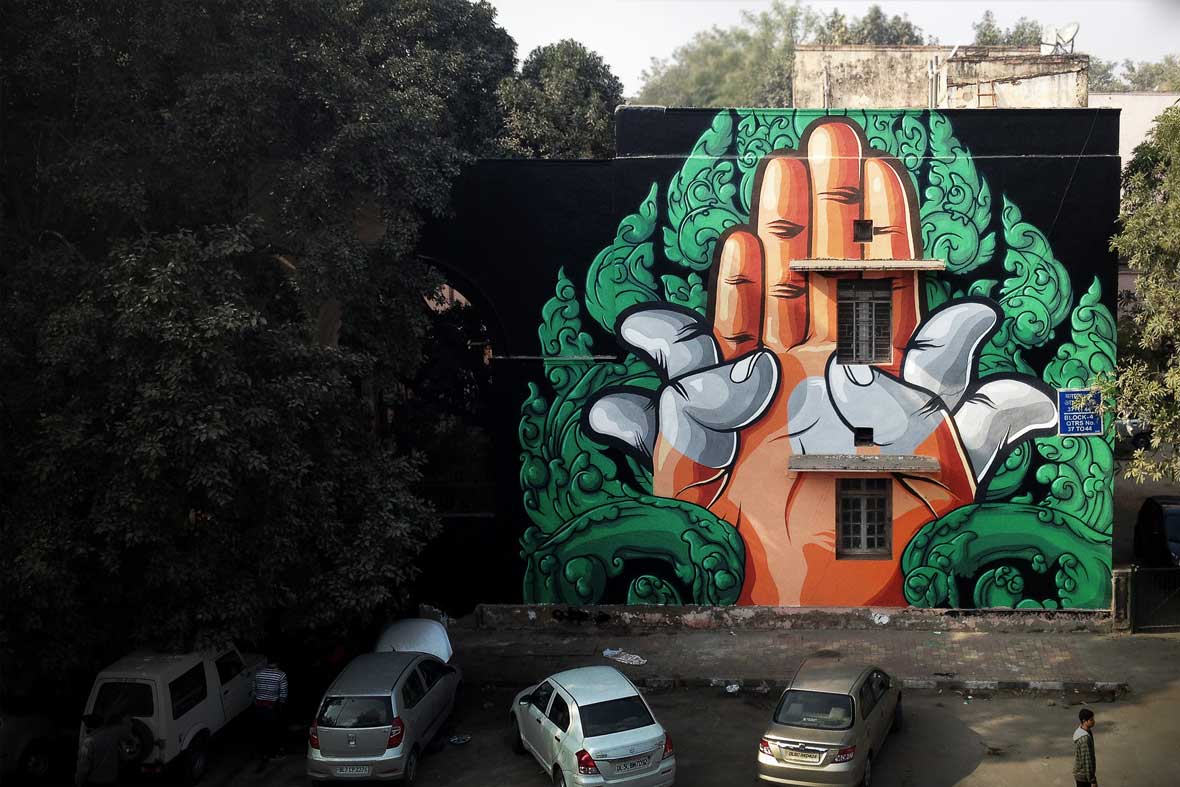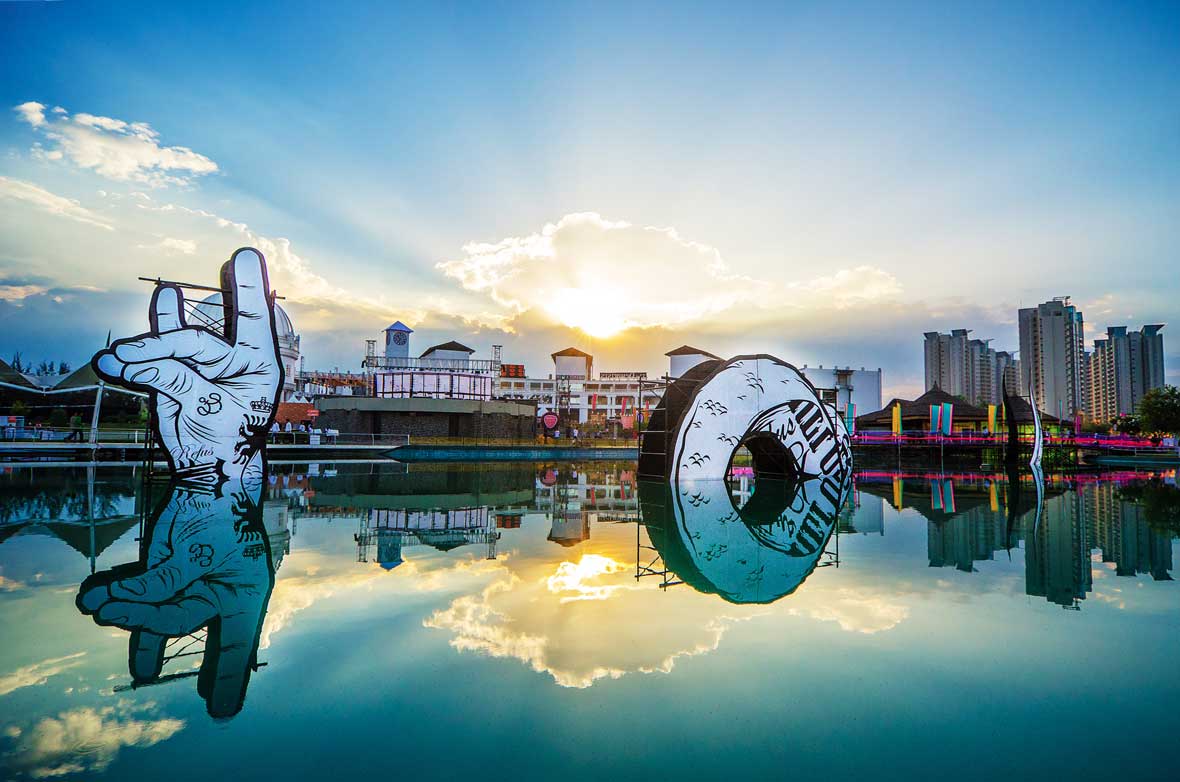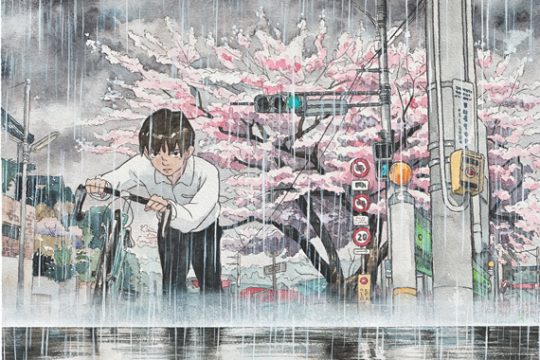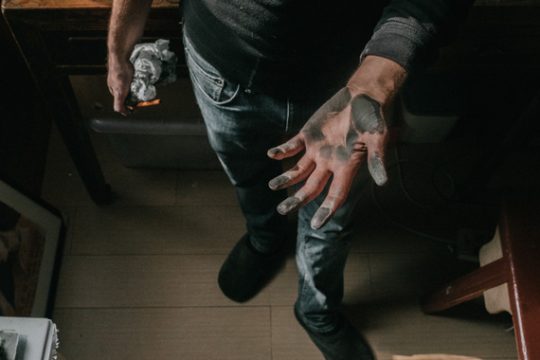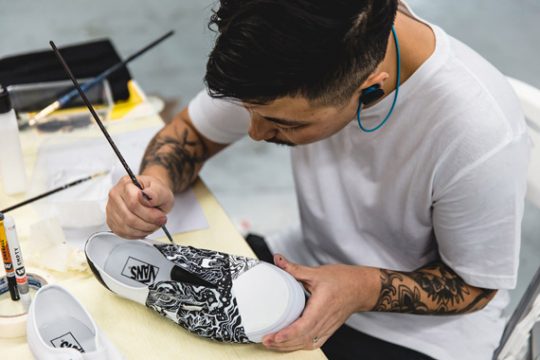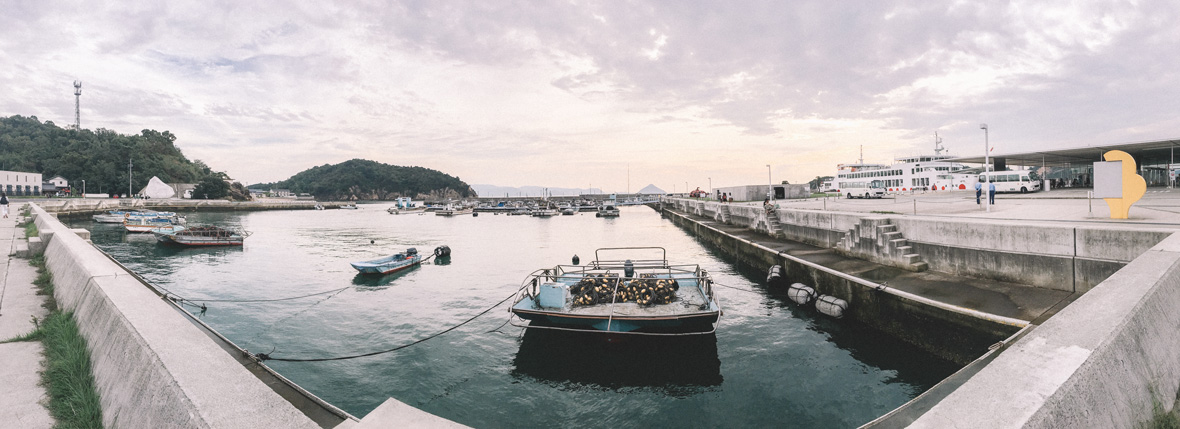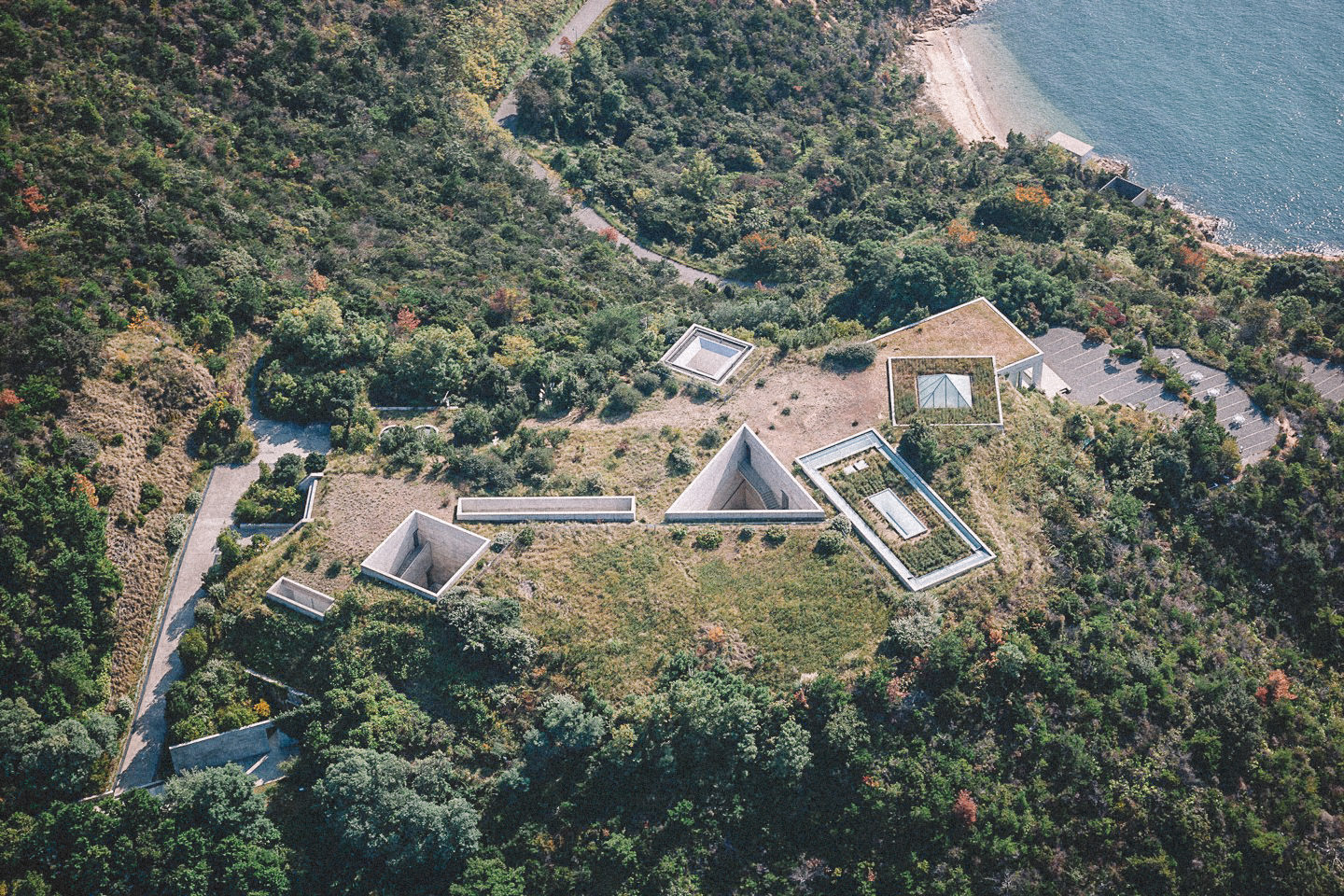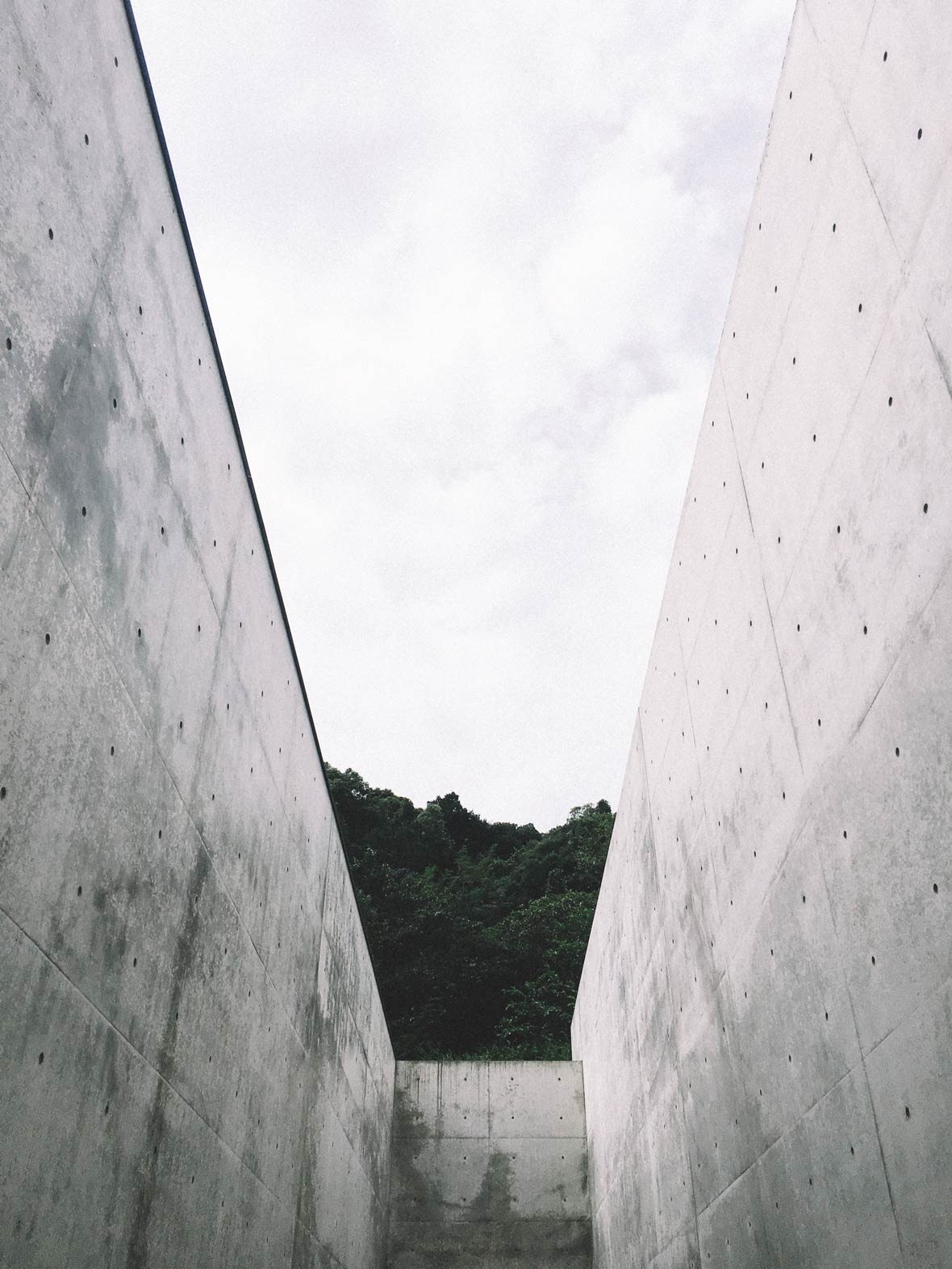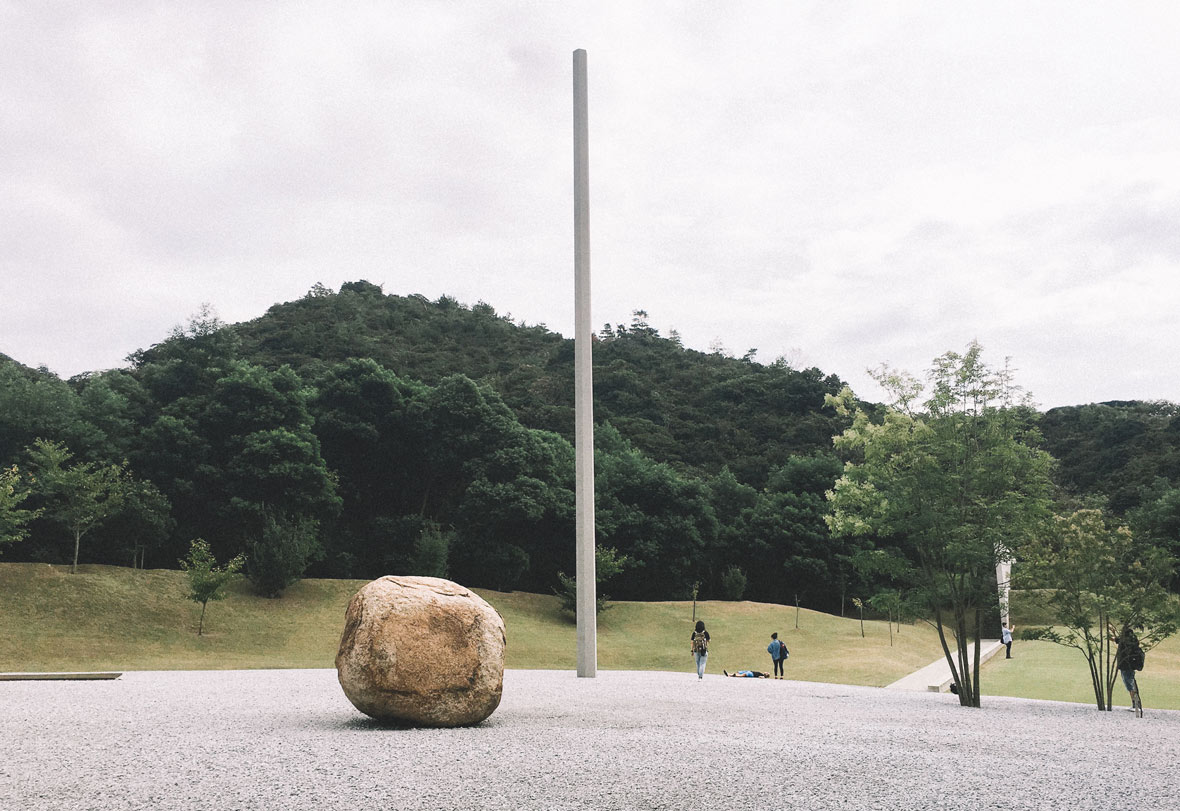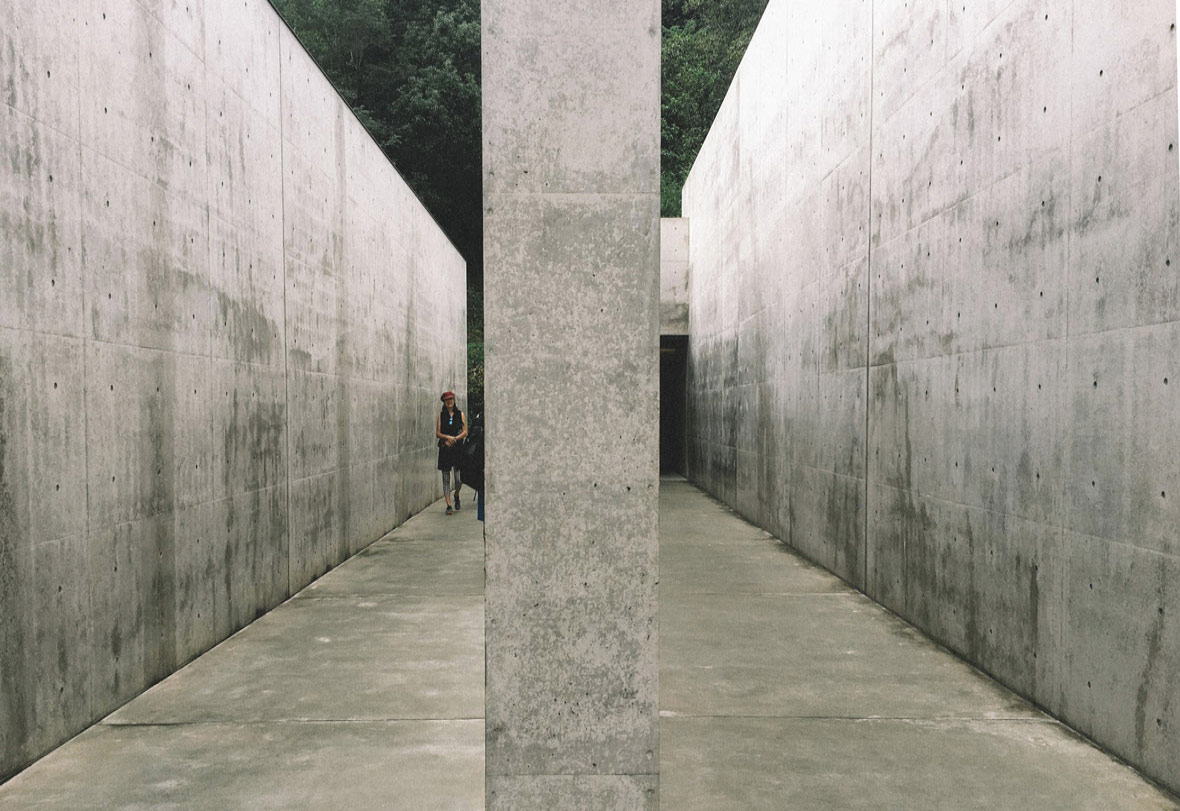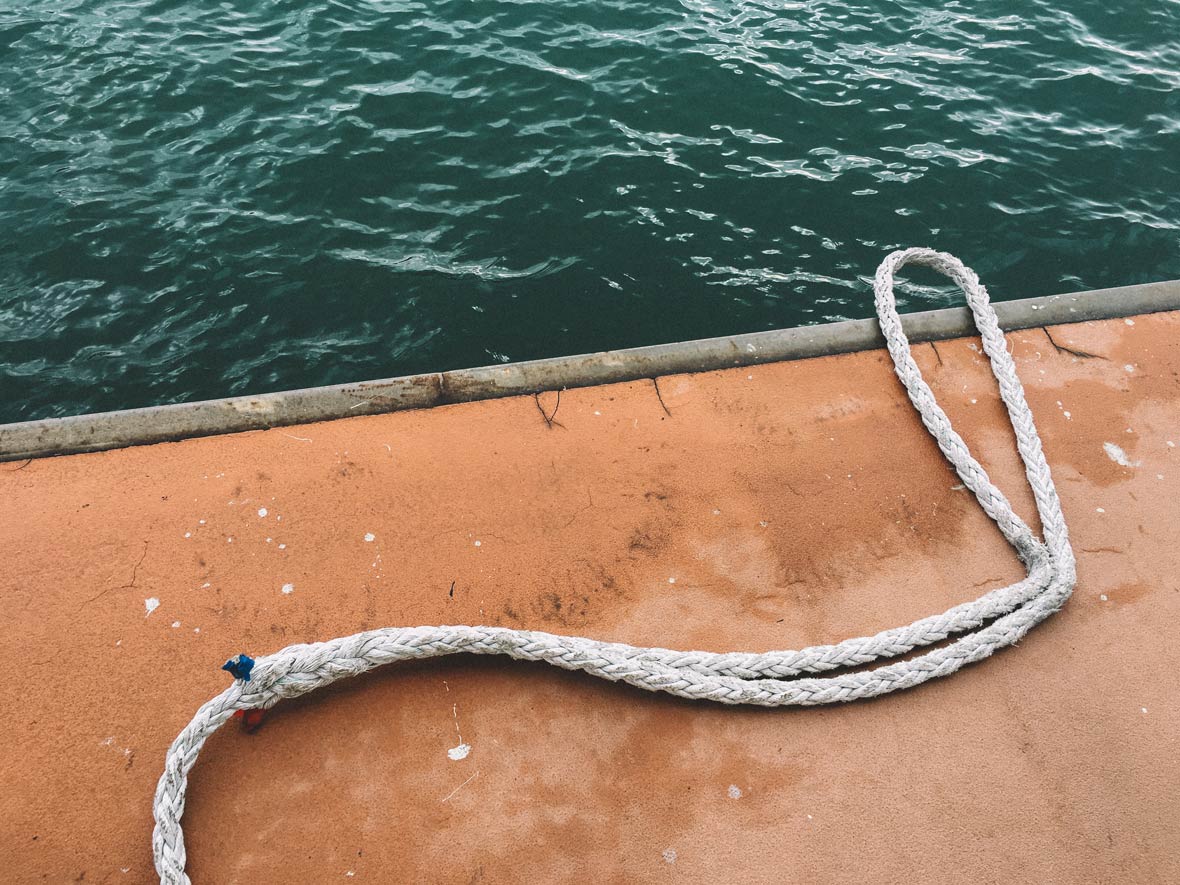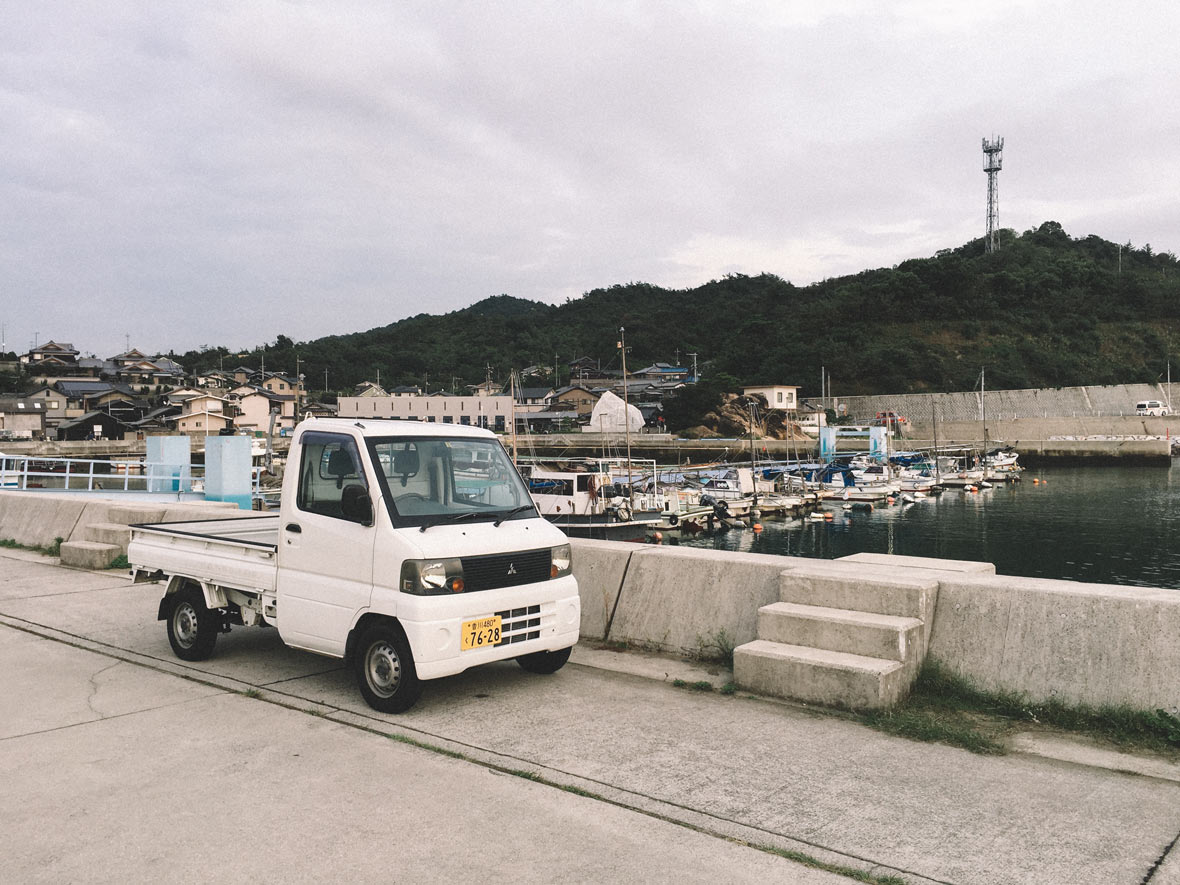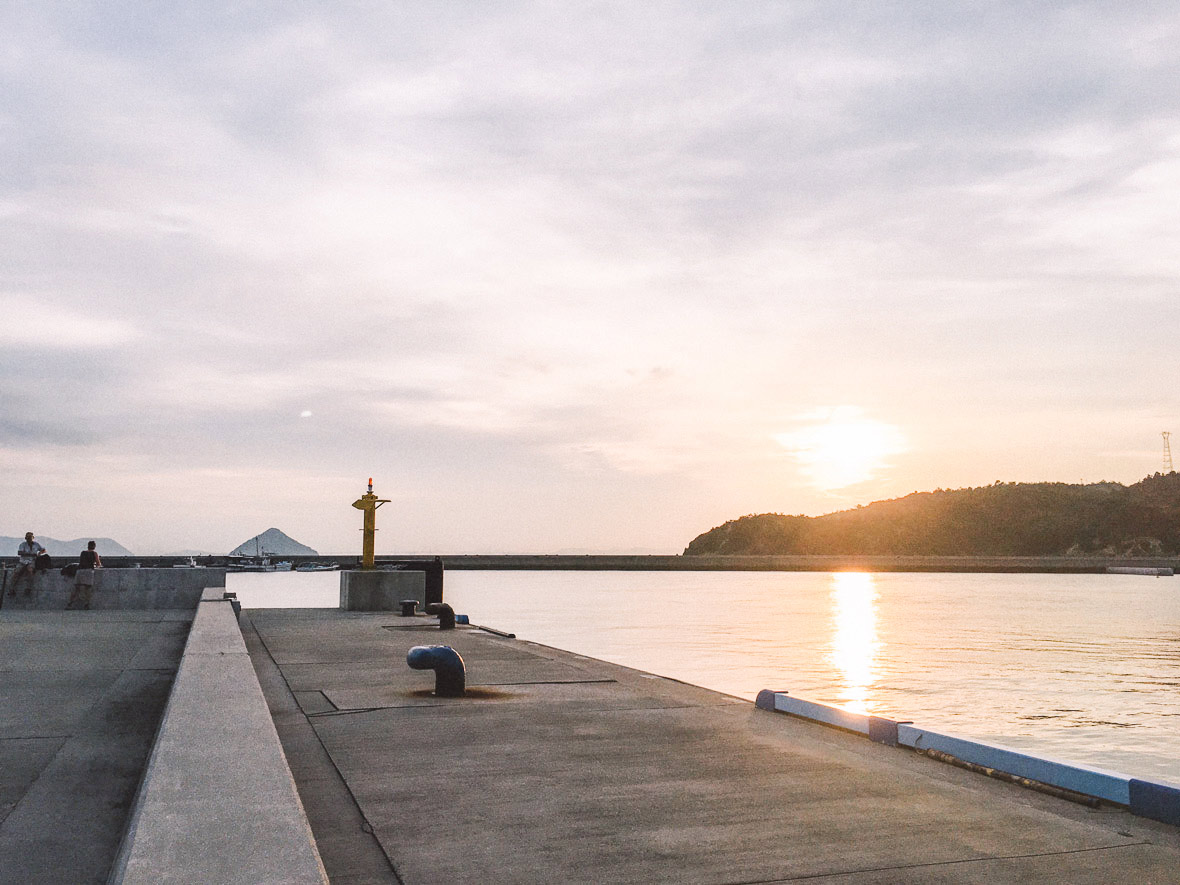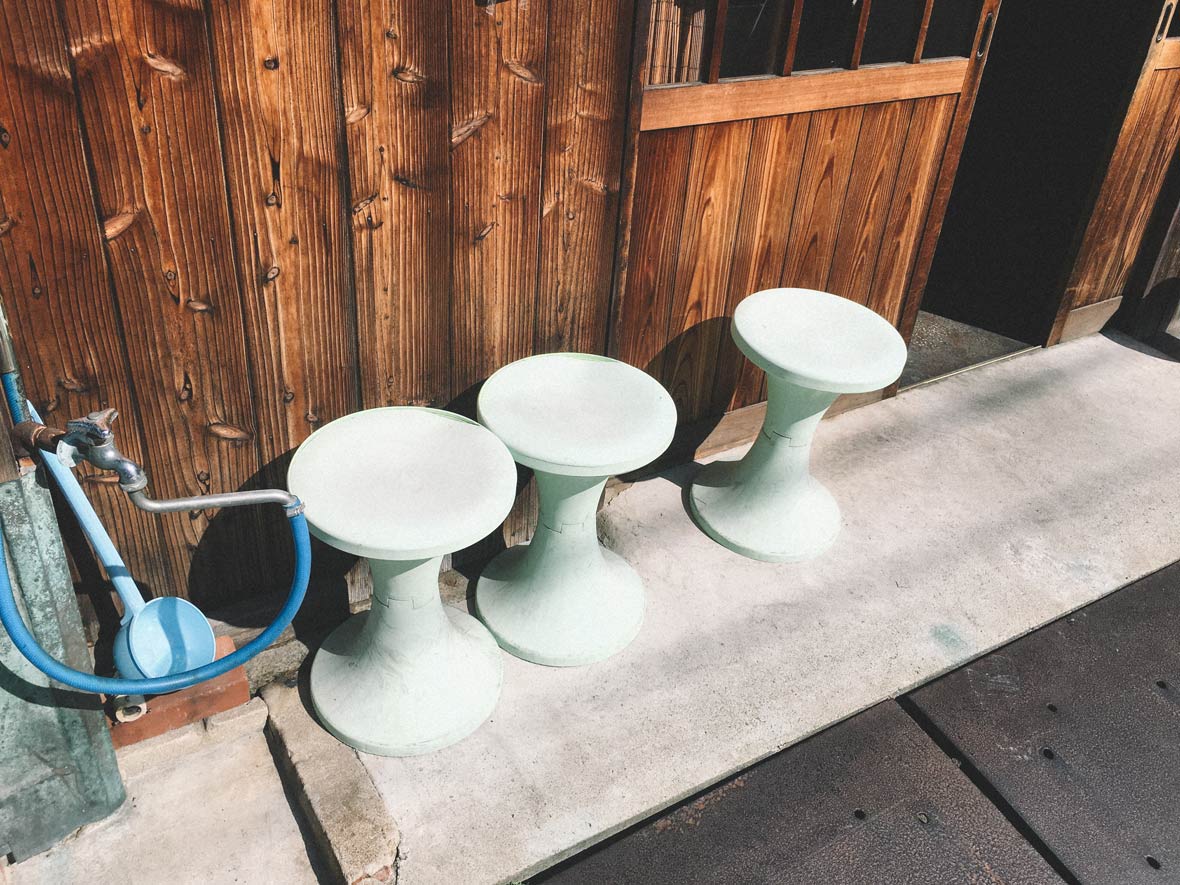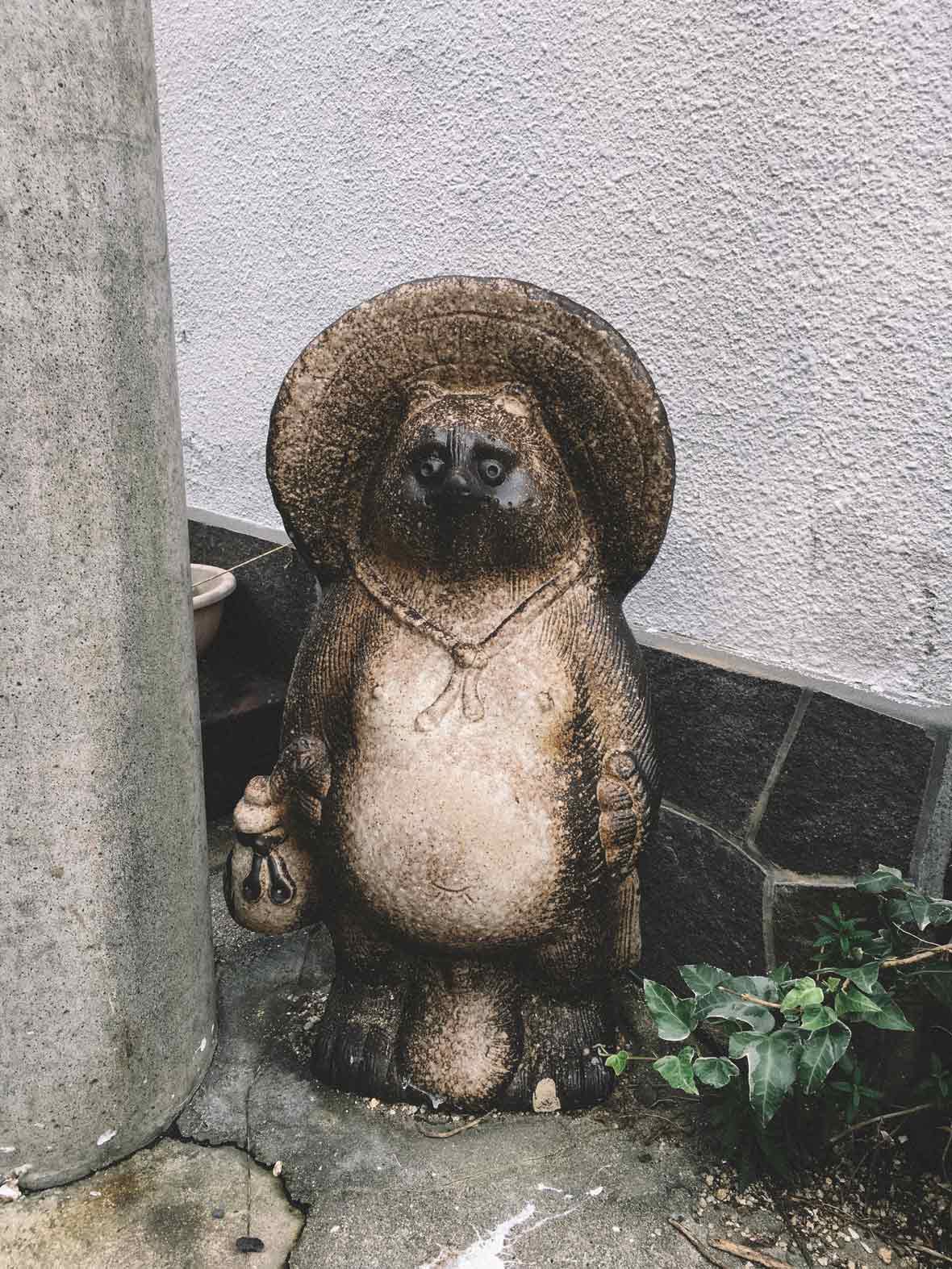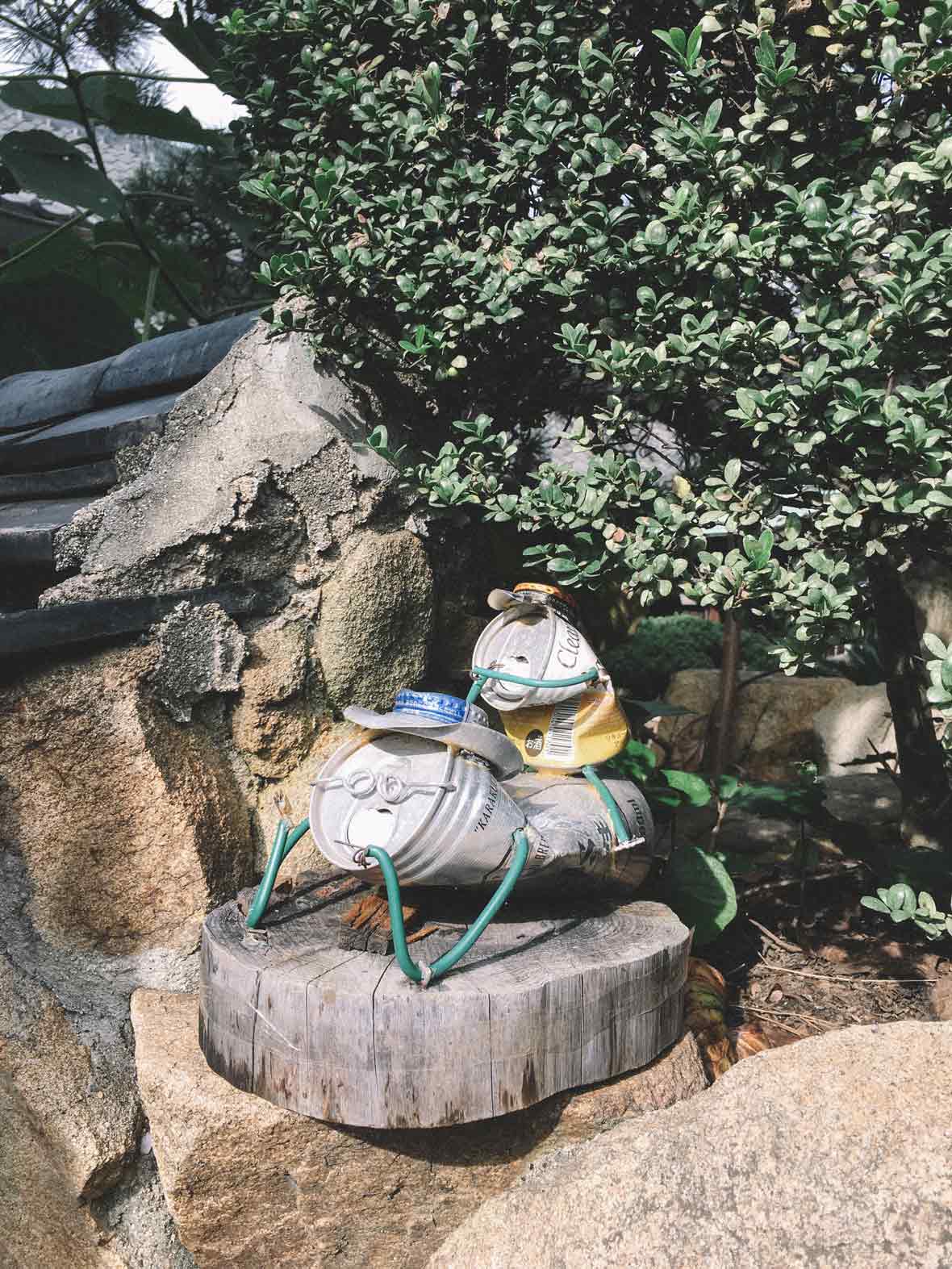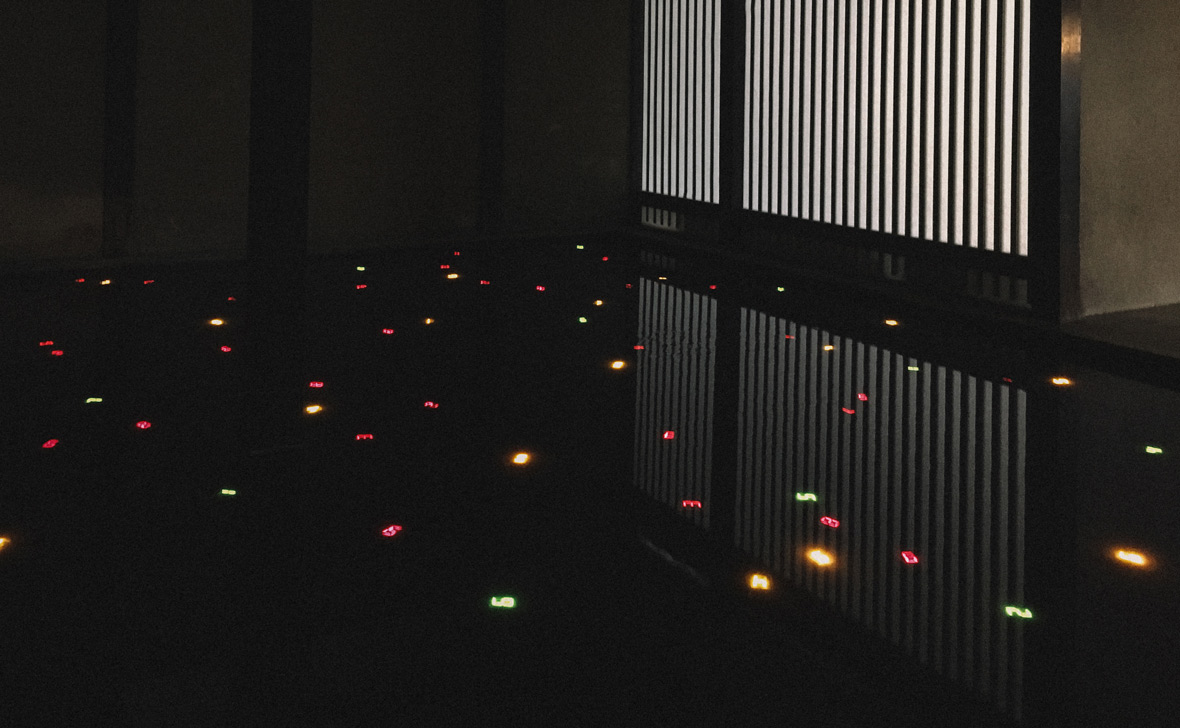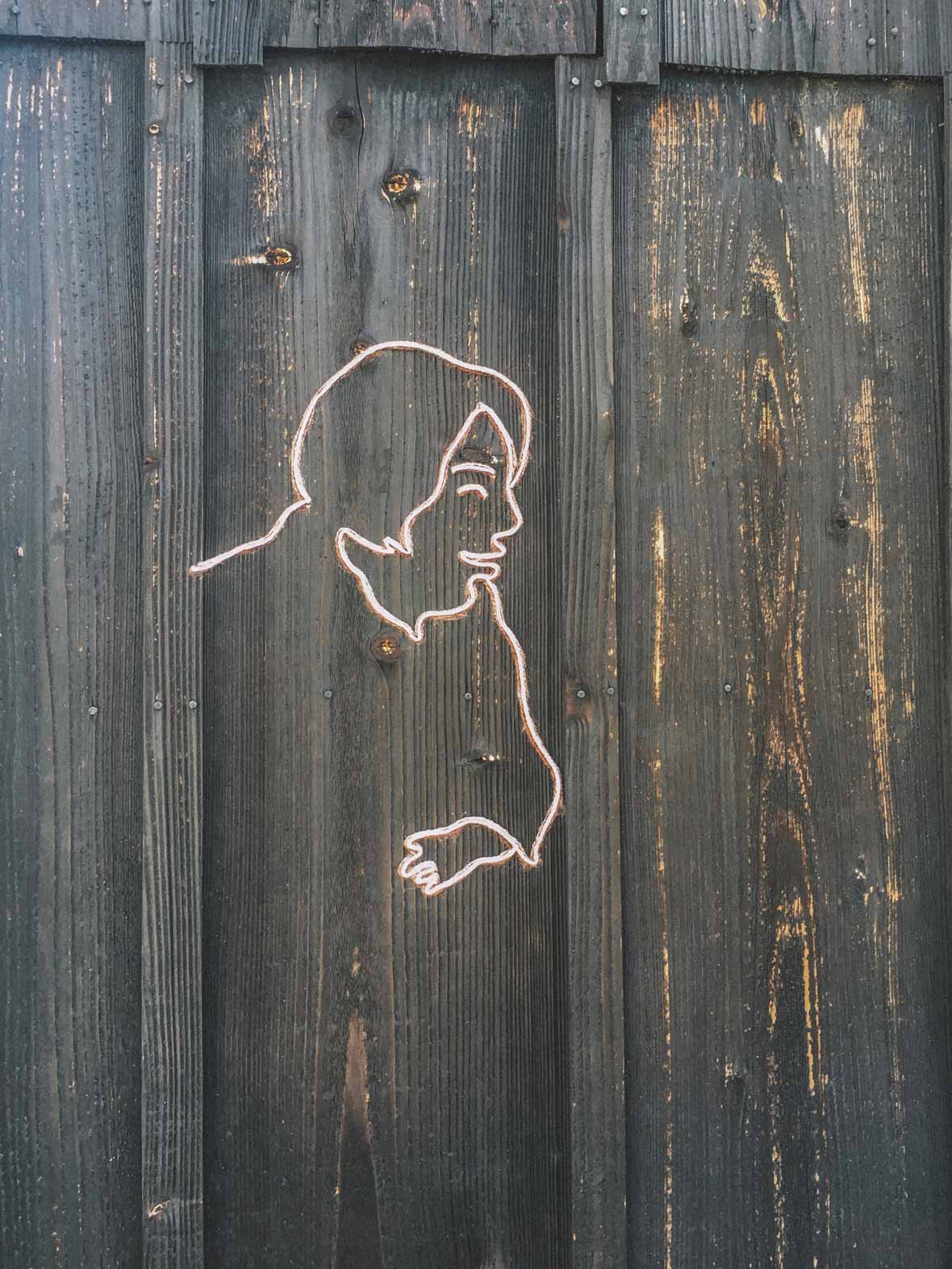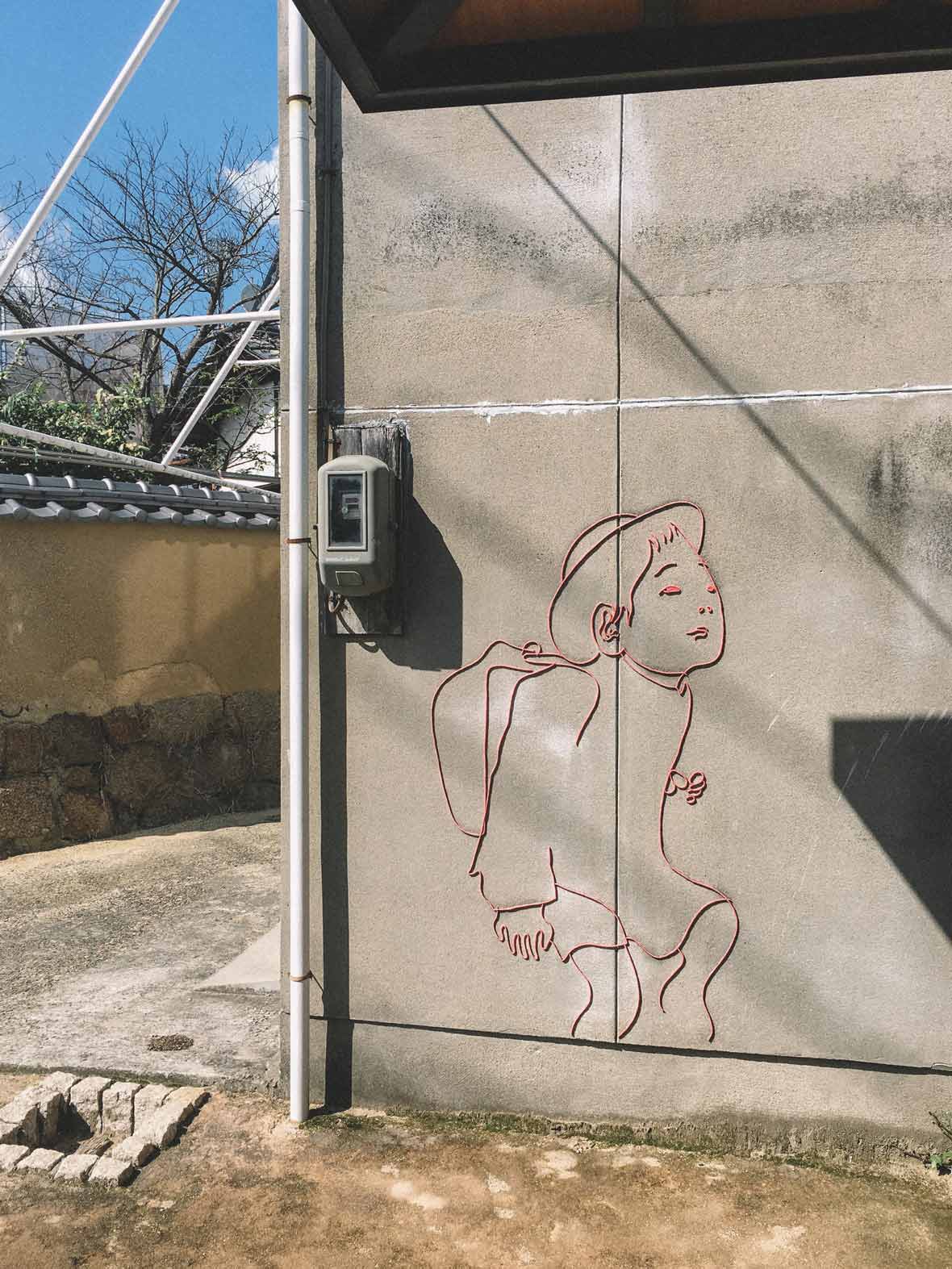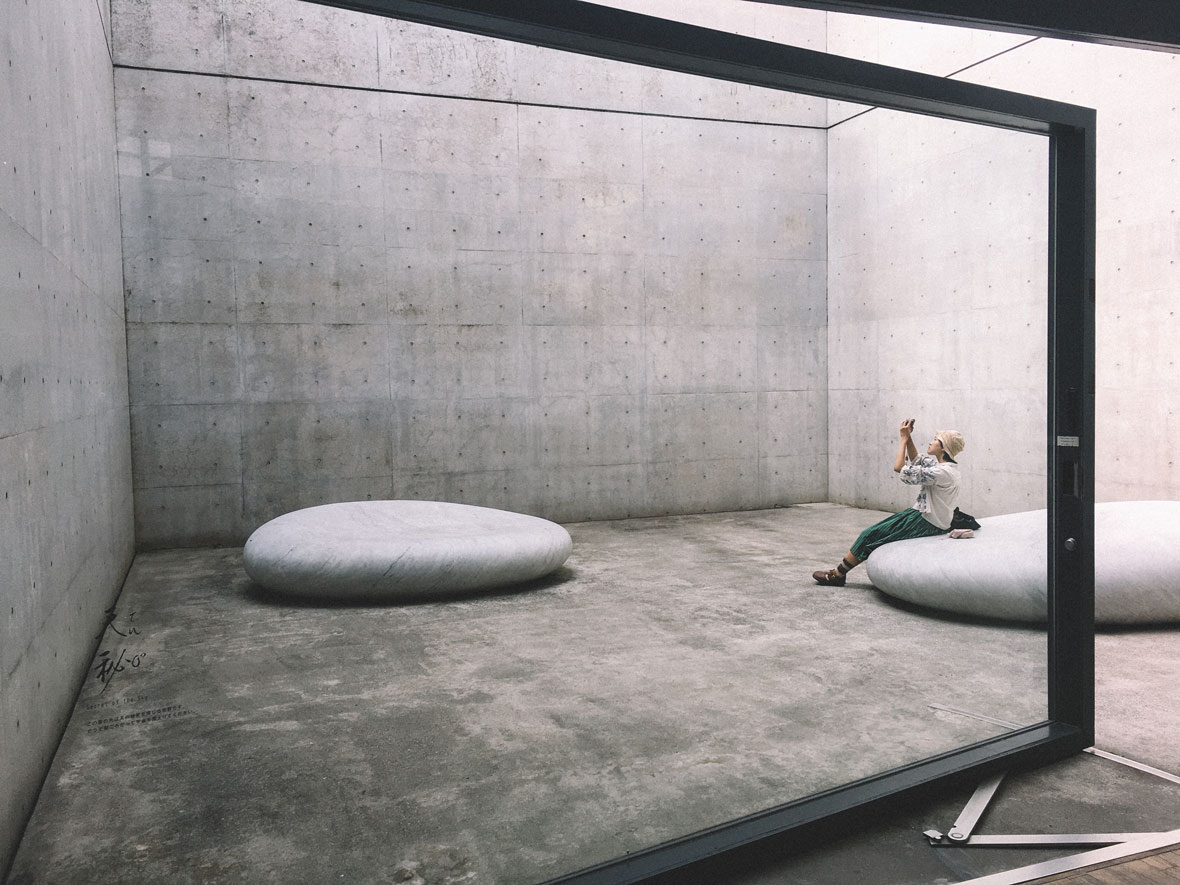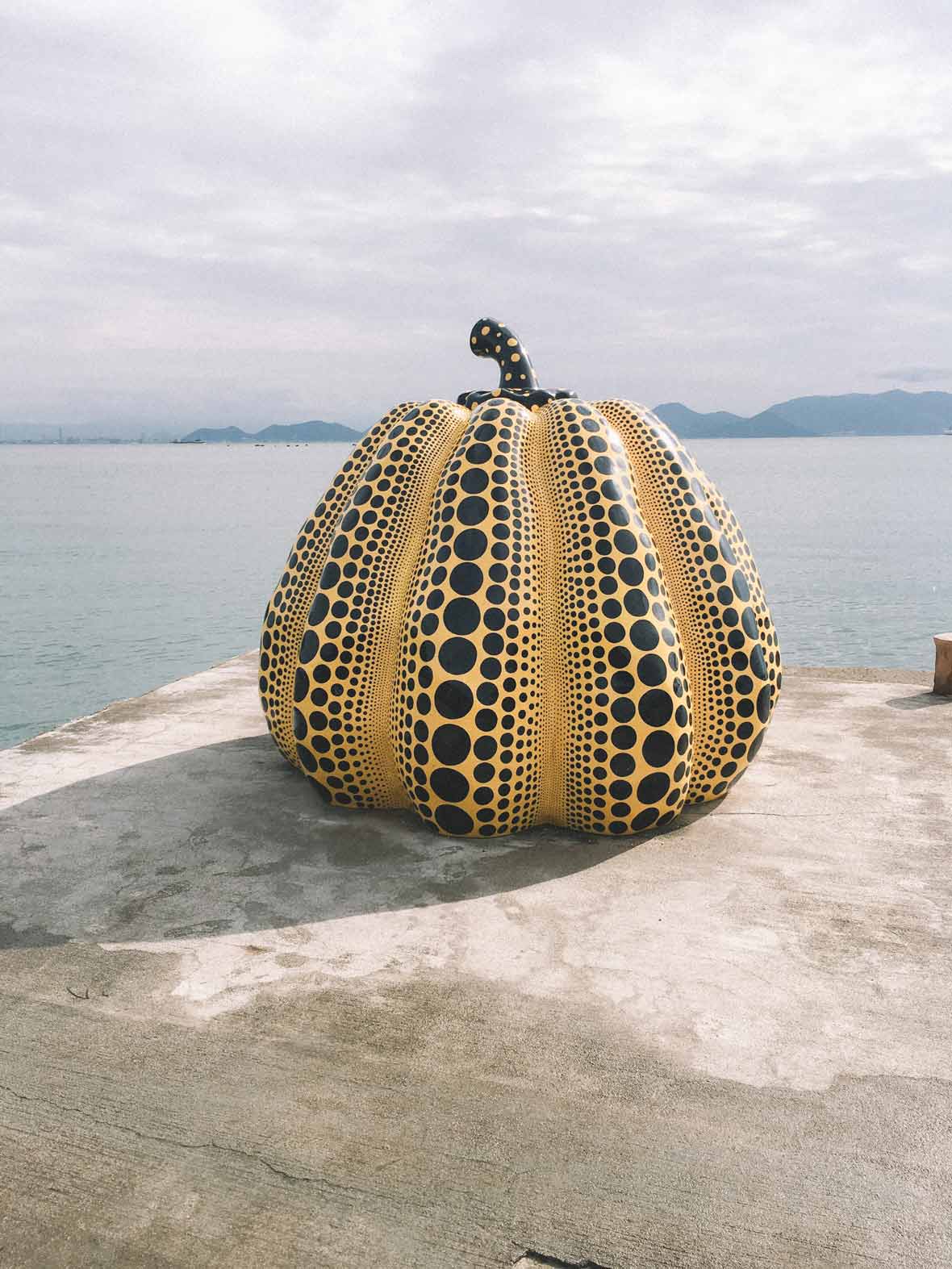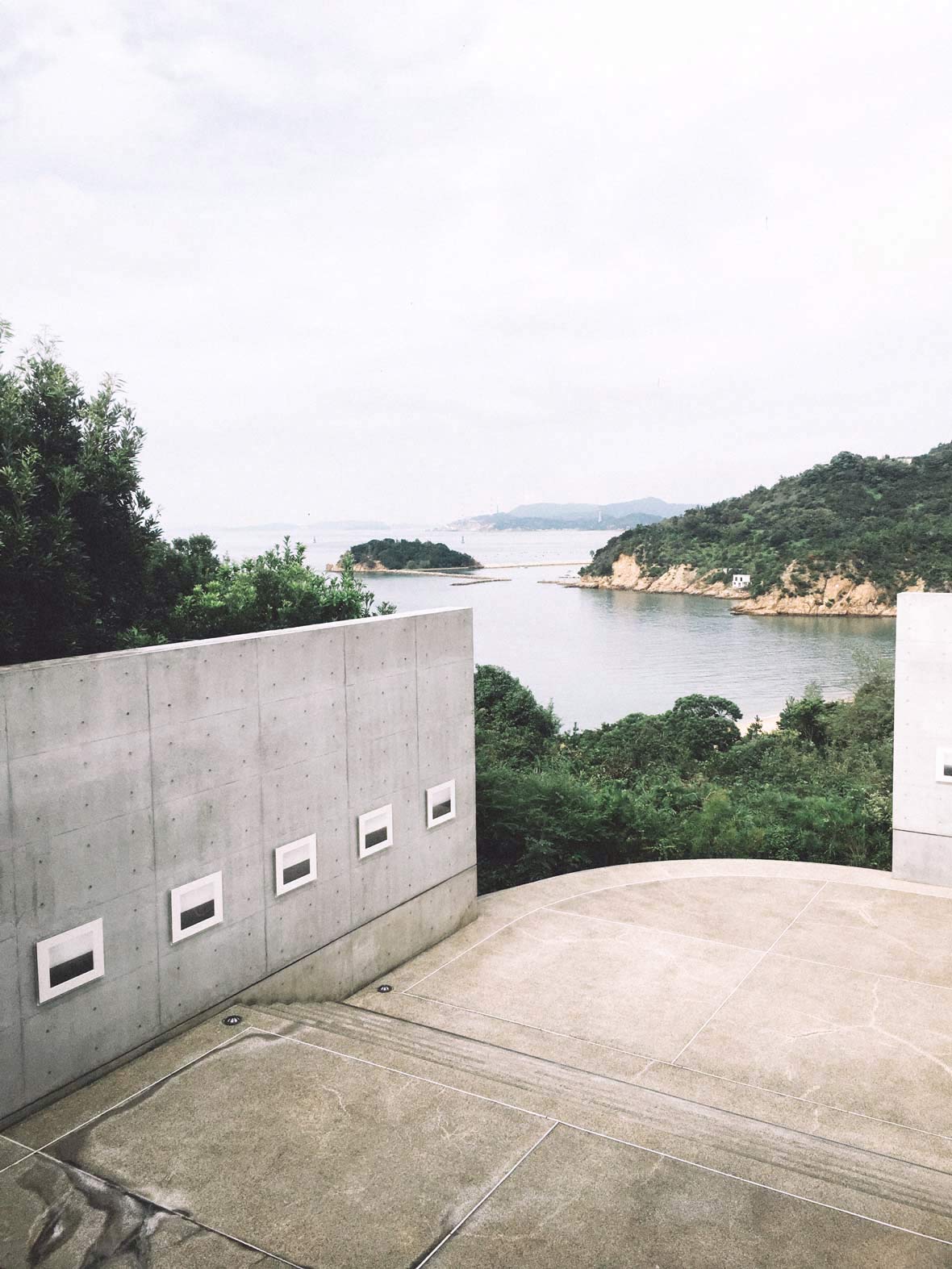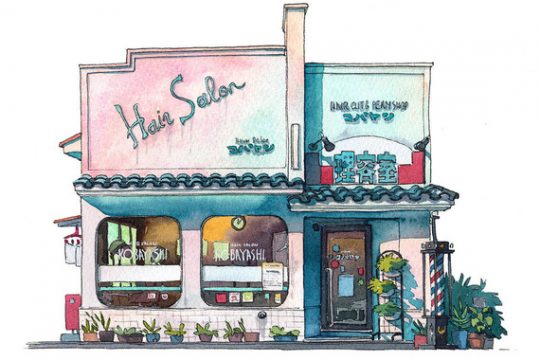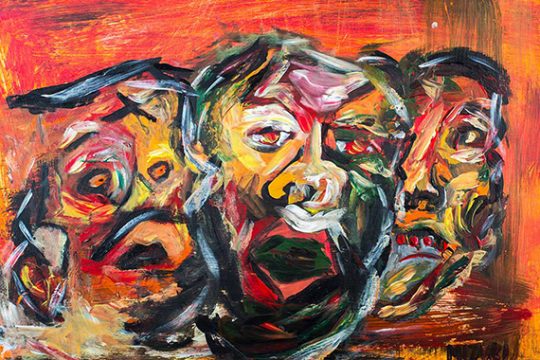
As an enthusiastic car lover and a collector of Hot Wheels, I have longed to visit the Shanghai Auto Museum for a while. Following the hype of the recent 2016 antique car rally, Moving Legends, I made the pilgrimage to the holy land for Chinese car collectors – the Shanghai Auto Museum. Located in Anting, an hour’s drive away from Shanghai’s downtown area, the museum is China’s first dedicated auto museum. It was co-designed by the Architectural Design & the Research Institute of Tongji University and IFB from Germany and officially opened to the public in 2007.
作为一个热爱汽车的男青年,和风火轮小车的收藏者,对上海汽车博物馆向往已久。趁着近期2016年古董车拉力车:移动传奇热度,我拜访了上海汽车博物馆。在距离上海市区大约一个小时车程的安亭,我来这座中国藏车界的圣地。上海汽车博物馆是中国第一个对公众开放,以汽车为主题的博物馆,自2007开馆至今已近10年。博物馆建筑由同济大学建筑设计研究院和德国IFB共同设计完成。
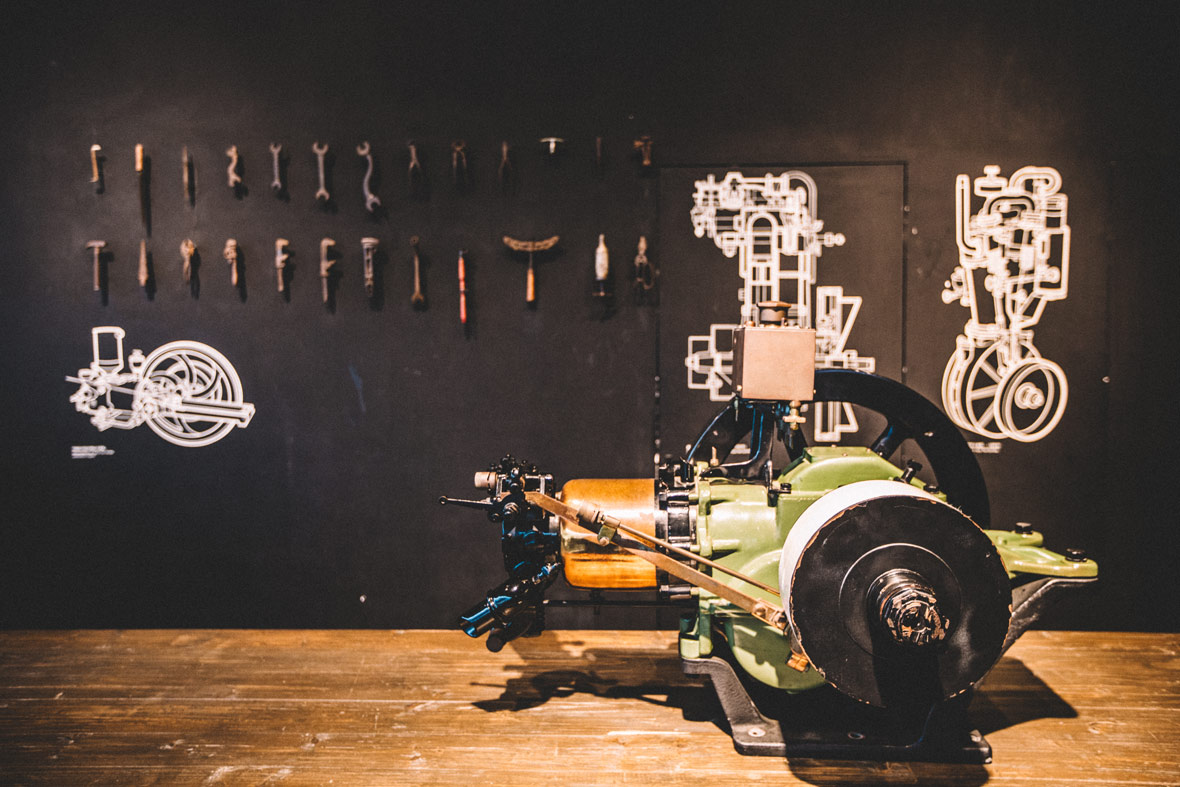
I’ve been to most of the car museums in China and compared to the Changchun International Automotive Museum and Beijing Automobile Museum, the Shanghai Auto Museum was much more diverse and much more interesting. Many museums in China actually have this problem, where they might look spectacular from the outside, but once visitors are inside they will disappointingly discover a lack of noteworthy content. Being government owned, the Shanghai Auto Museum has outdone itself in so many ways. Being able to see the 1886 Benz Patent Motor Wagon, 1935 Rolls-Royce Phantom 2, and the Hongqi CA-72, which was used during the Chinese national day parade in 1959, all on display in one place made for an amazing experience.
我去过国内大部分的汽车博物馆,相比吉林长春汽车博物馆的单调,北京汽车博物馆的主旋律,上海博物馆算是最具多样性的了。国内很多的博物馆普遍的问题是金玉其外,败絮其中,缺乏实质性的内容。上海汽车博物馆算是少有的稍有表里如一的政府性的博物馆了,从1886年的“奔驰一号”到1935年的劳斯莱斯幻影2,甚至是1959年国庆用的加长红旗礼车CA-72,齐聚一堂,为参观者创造了一次惊艳的体验。
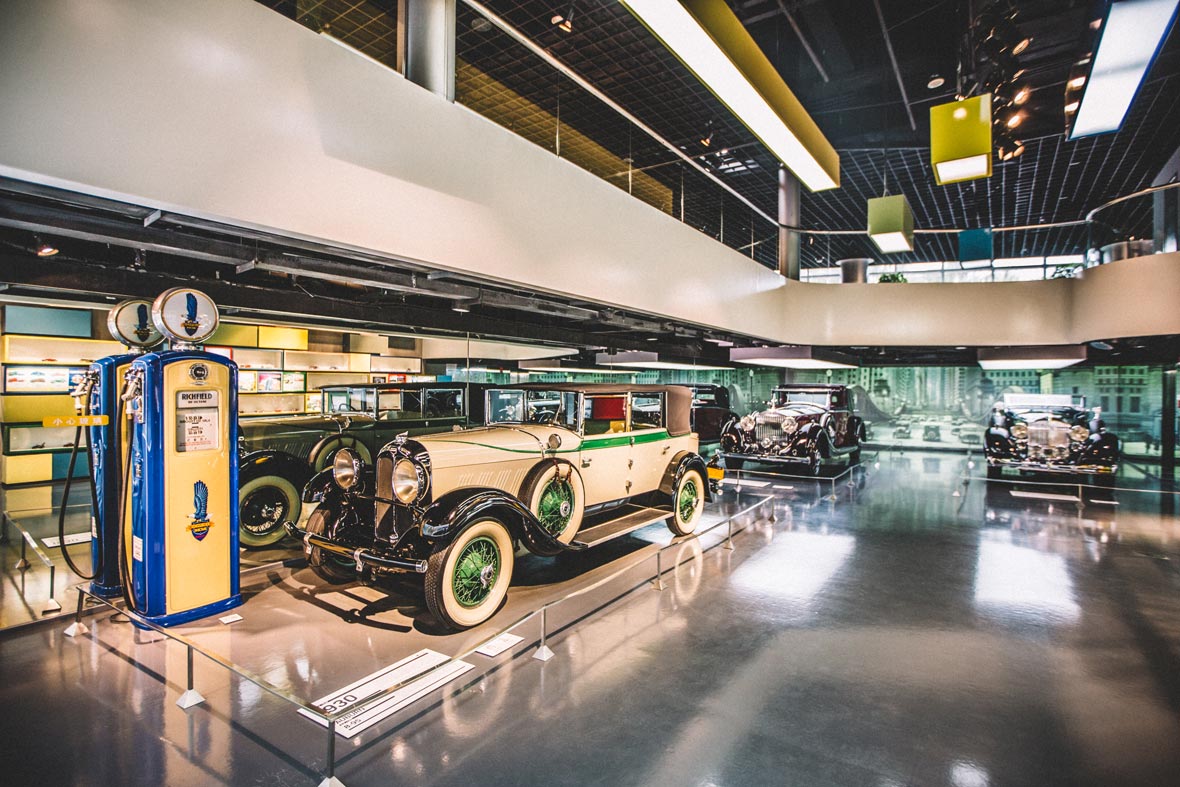
The museum is divided into three pavilions: the History Pavilion, Antique Car Pavilion, and Exploration Pavilion, with a majority of the most interesting vehicles exhibited in the first two pavilions. The ticket costs 60 yuan and the museum has both Mandarin and English-speaking guides available. The first area is the History Pavilion, a space that houses a total of 27 cars, all of which represent milestones in automotive development. The guide told me the museum is continuously updating their collection, and by the next time I visit, there might be new additions to their collection. If you don’t know much about automotive history, this area offers a great learning opportunity. Besides the collection of rare vehicles, there are other points of interest in the History Pavilion, such as a wall that displays the changing gas prices over the last few decades and the speed records of some most famous racetracks around the world.
博物馆总共分三个分馆,历史馆,珍藏馆和探索馆,精华在历史馆和珍藏馆。票价60元,还有有中英文讲解员,不想花钱扫一下微信也可以,只是没有英文。咱们先从历史馆看起,历史馆大约有27辆左右的古董车,代表了汽车发展史上的一个个里程碑。馆员告诉我馆藏会定期更新,也许你来的时候就有更多了呢,如果你不太了解汽车的历史,这也是补习一下的好机会。历史馆中还有一些有趣的小细节,像是油价在过去几十年的变化以及一些知名赛道最快速度的记录。
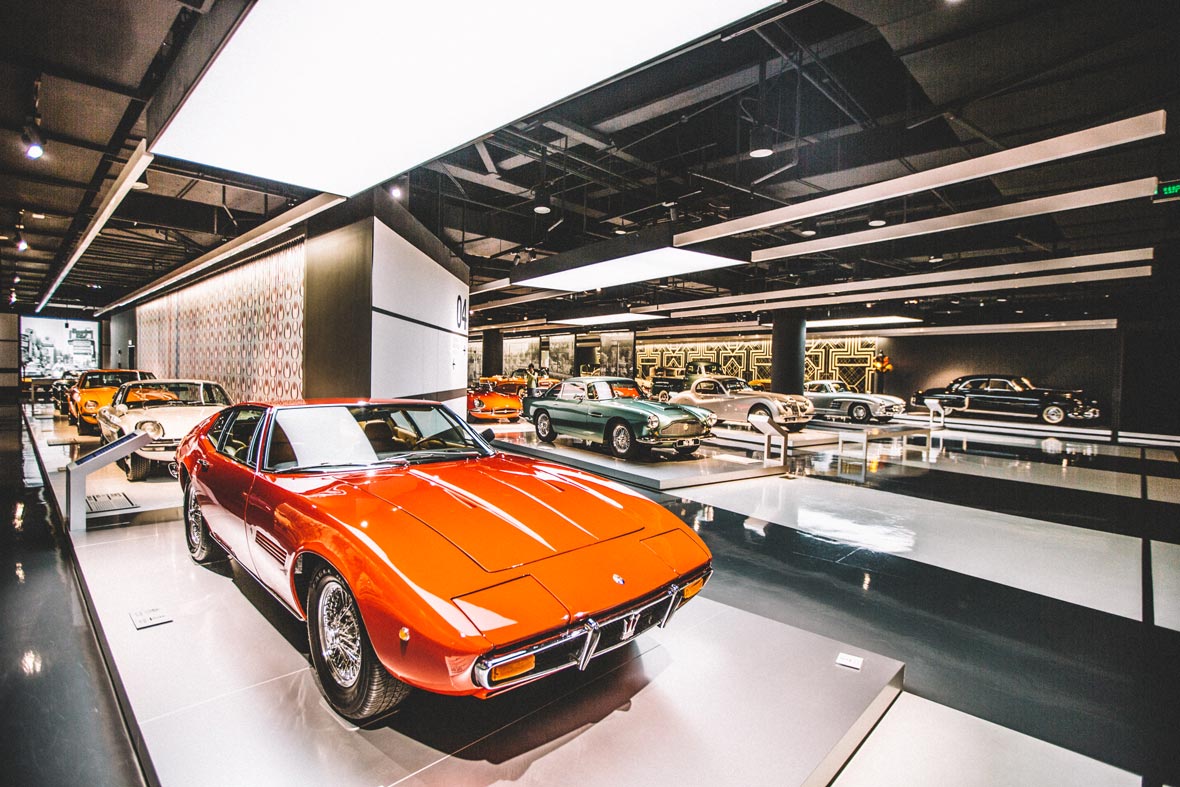
The Antique Car Pavilion houses the most amazing vintage car and model car collection in China. In this area, visitors can browse more than 200 model cars in different scales, with a majority of them made by the famous German model car manufacturer CMC. The main section has 40 cars from 20 different manufacturers dated between 1900 and 1970. Iconic Chinese two-wheelers are also on display in this area, such as the Phoenix 28 bicycles, Xingfu 250, as well as the Yangtze and Donghai 750 motorcycles; all of them are of course kept in pristine condition.
二楼的珍藏馆就牛逼上天了。入口处有两三百辆不同比例的车模,其中不少是超级精美的德国CMC车模。主展区有来自20多个不同品牌,产自1900-1970年的40辆古董车。像是1902年的标志39型,1907年的福特S型车和1921年的劳斯莱斯幽灵。喜欢两轮的,往后走一点有中国人熟悉的凤凰大28,幸福250和长江750等,和十分稀有的东海750,当然了,所有的馆藏车都是车况完美的真车。
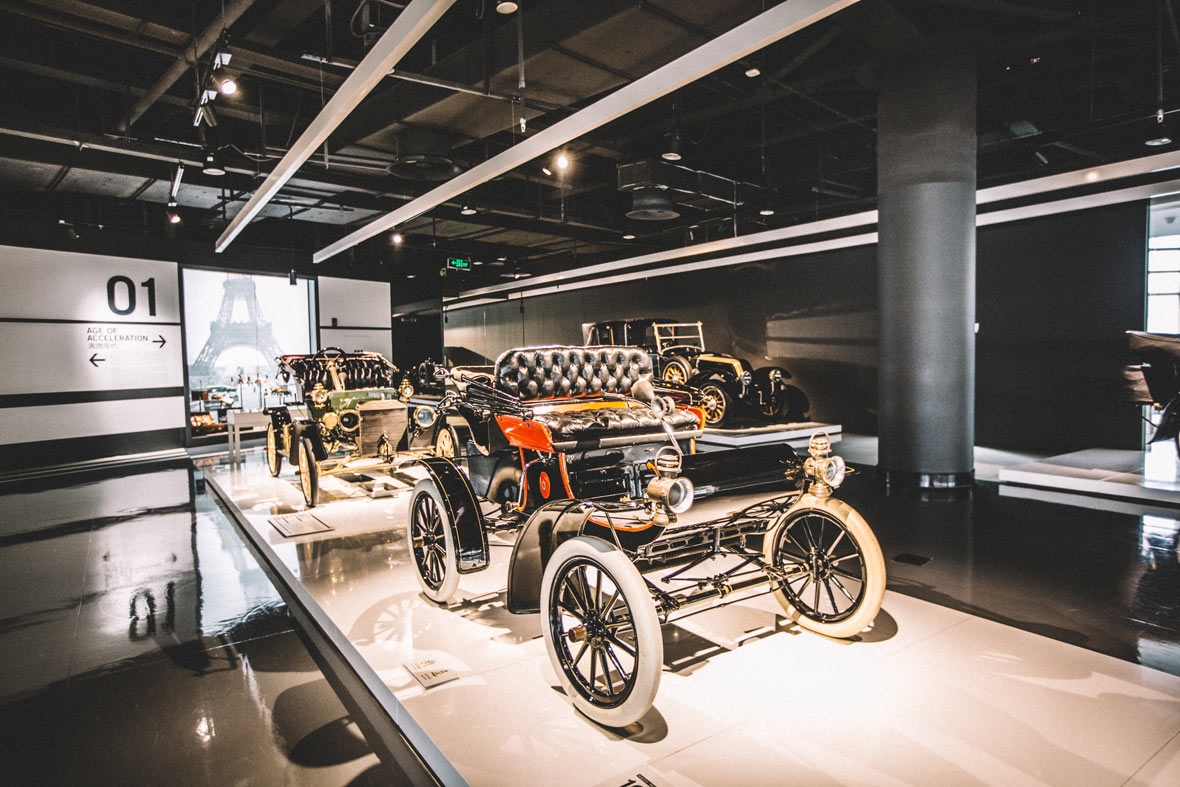
If you are a fan of American cars, you can spot the 1970 Pontiac GTO, 1957 Chrysler 300C, 1954 Chevrolet Corvette, and 1964 Ford Mustang. For Japanese car lovers, there is the 1967 Mazda Cosmo, 1970 Datsun (predecessor of Nissan) 240Z, and 1966 Toyota Corolla. German car enthusiasts will be happy to see the 1964 Porsche 356C, 1960 BMW Isetta and 1955 Mercedes-Benz 300SL. For fans of Italian or British cars, the 1967 Jaguar Type-E, 1951 Jaguar XK120, 1967 Alfa Romeo Giulia GTV, 1929 Bentley 4 1/2 Litre, among others are also on display. During the 2016 Moving Legends car rally, you could actually spot many of these vintage cars being driven through Shanghai. There was so much to see at the museum that spending just a single afternoon there didn’t feel like quite enough time.
如果你是美系粉,这里有1970年的庞蒂亚克GTO,1957年的克莱斯勒300C,1954年的雪佛兰科尔维特和1964年的福特野马等。日系粉们,能找到1967年的马自达科莫兹,1970年的达特桑(日产的前身)240Z和1966年的丰田花冠等。对德系粉有1964年的保时捷356C,1960年的宝马依赛塔,1955年的奔驰300SL等。当然了,喜欢意大利和英国车的人,这里也有1967年的捷豹E型,1951年的捷豹XK120,1967年的阿尔法罗密欧茱莉娅GTV,1929年的宾利4 1/2 升等等,定能让你大饱眼福,在2016的古董车拉力车期间,你还能在馆外看到很多古董车型飞驰在路上。

The Exploration Pavilion has an interactive movie theater, engine models, and some concept cars, which admittedly was not as exciting to me as the first two pavilions, but definitely still worth visiting. Also parked there are vintage Ferrari Mondials from different years. Visitors wondering where all the cars come from might be surprised to find out that most of the vintage cars were donated by American philanthropist Kenneth E. Behring. When you leave, there is a gift shop at the exit, which offers many beautiful model cars for interested consumers, including models made by local Chinese brand Almost Real and the famous German brand CMC.
三楼探索馆有些互动性的电影,发动机模型,也有些概念车,但不如一二楼精彩,也是值得一看。目前还停放着三辆不同时期的法拉利蒙迪尔。很多人也许会好奇,这些车都是哪里来的?其实大部分的古董车来自美国慈善家肯尼斯·尤金·贝林的捐赠。离开时门口还有纪念品店,里面有大量精致的车模在售,其中包括知名的德国品牌CMC和中国本土品牌Almost Real。
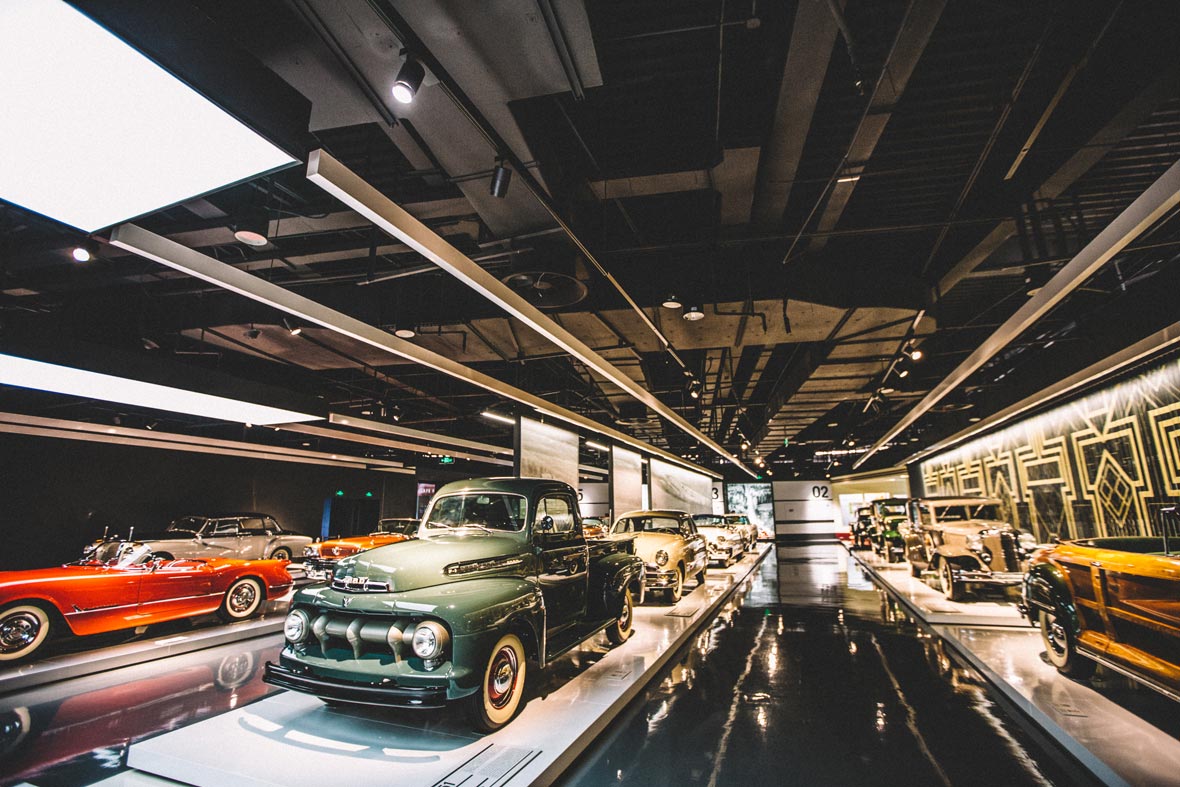
All in all, any car enthusiast visiting the Shanghai Auto Museum will be impressed. No matter if you’re a model car collector like me or a fan of vintage cars, you can find something of interest at the museum. If you’re interested in seeing one of the most impressive collection of vintage cars in China, the Shanghai Auto Museum is definitely worth visiting.
总的来说,上海汽车博物馆可以说是所以汽车爱好者的梦想成真,不管你是喜欢收集车模的人,还是古董车爱好者,在这里都能看自己的心水。不管怎样,不出国门就能看到如此数量的古董车,上海汽车博物馆绝对是值得到此一游的。

